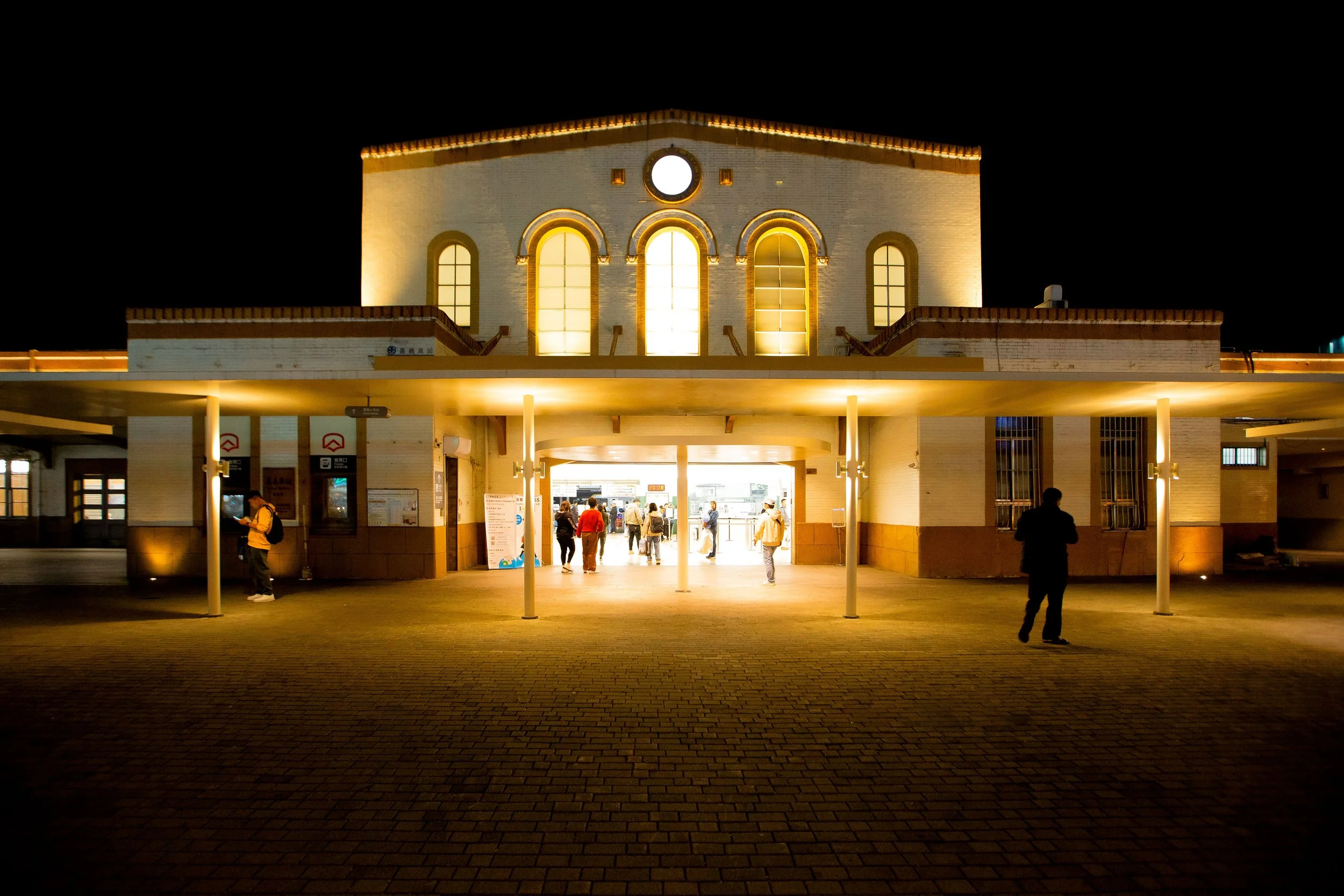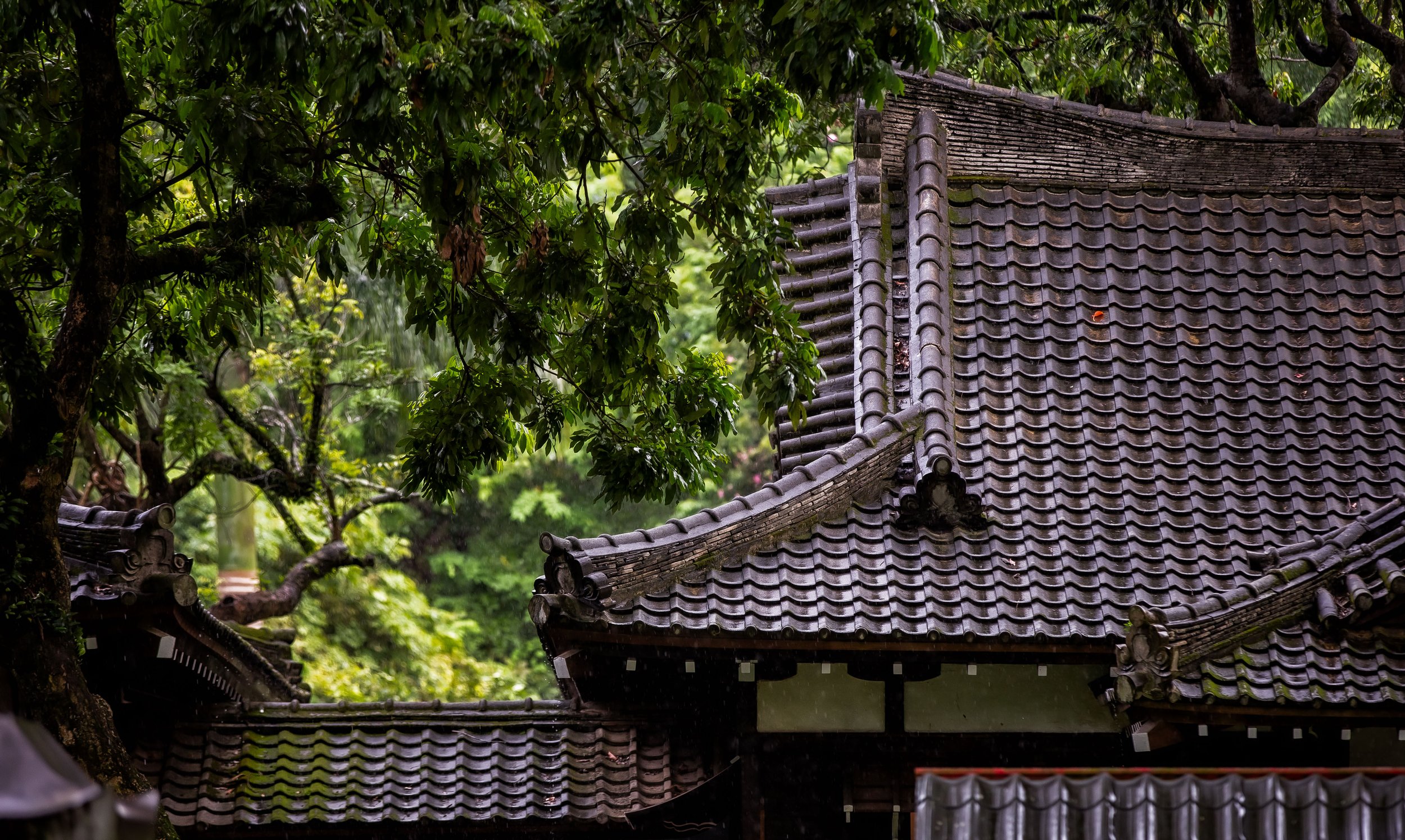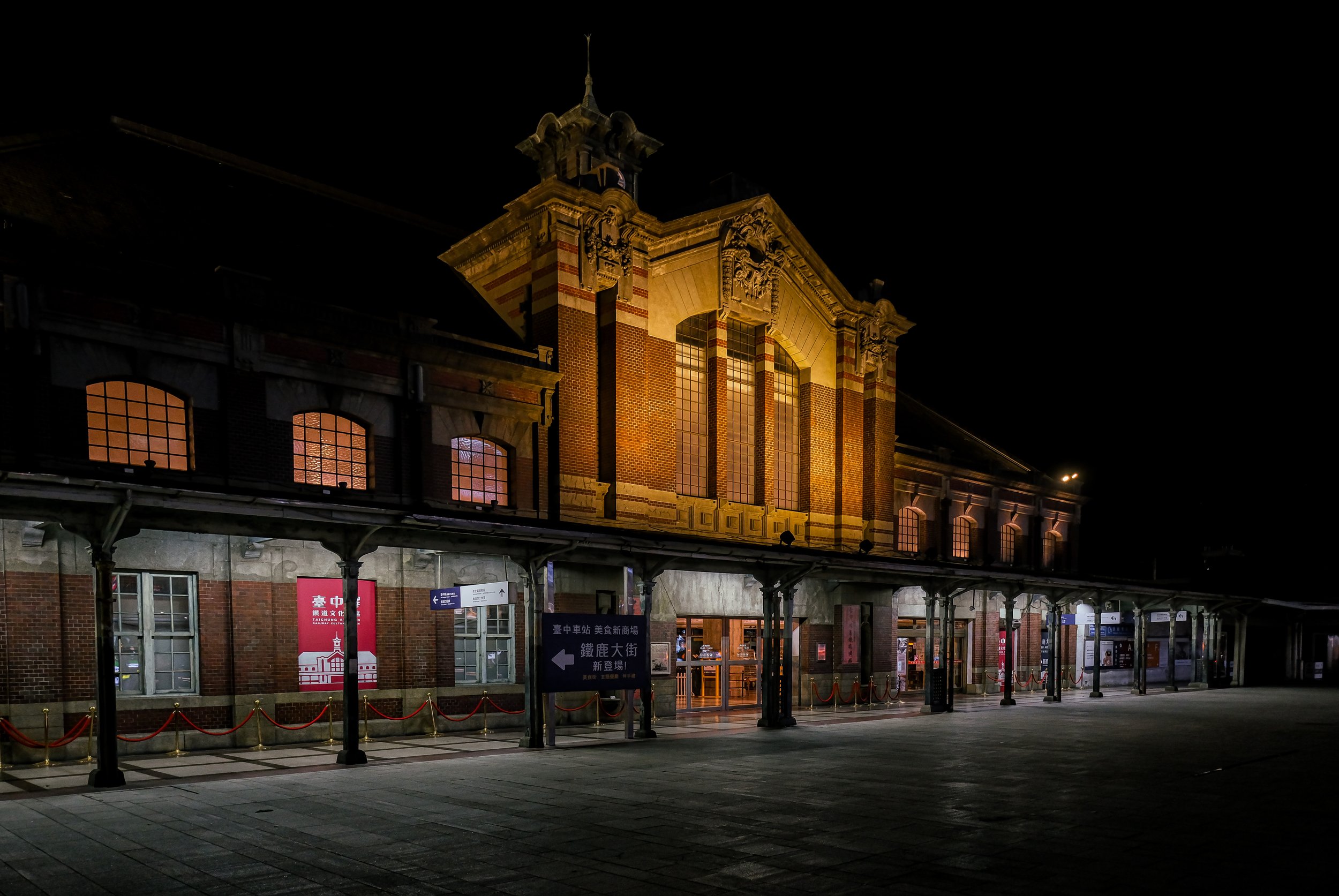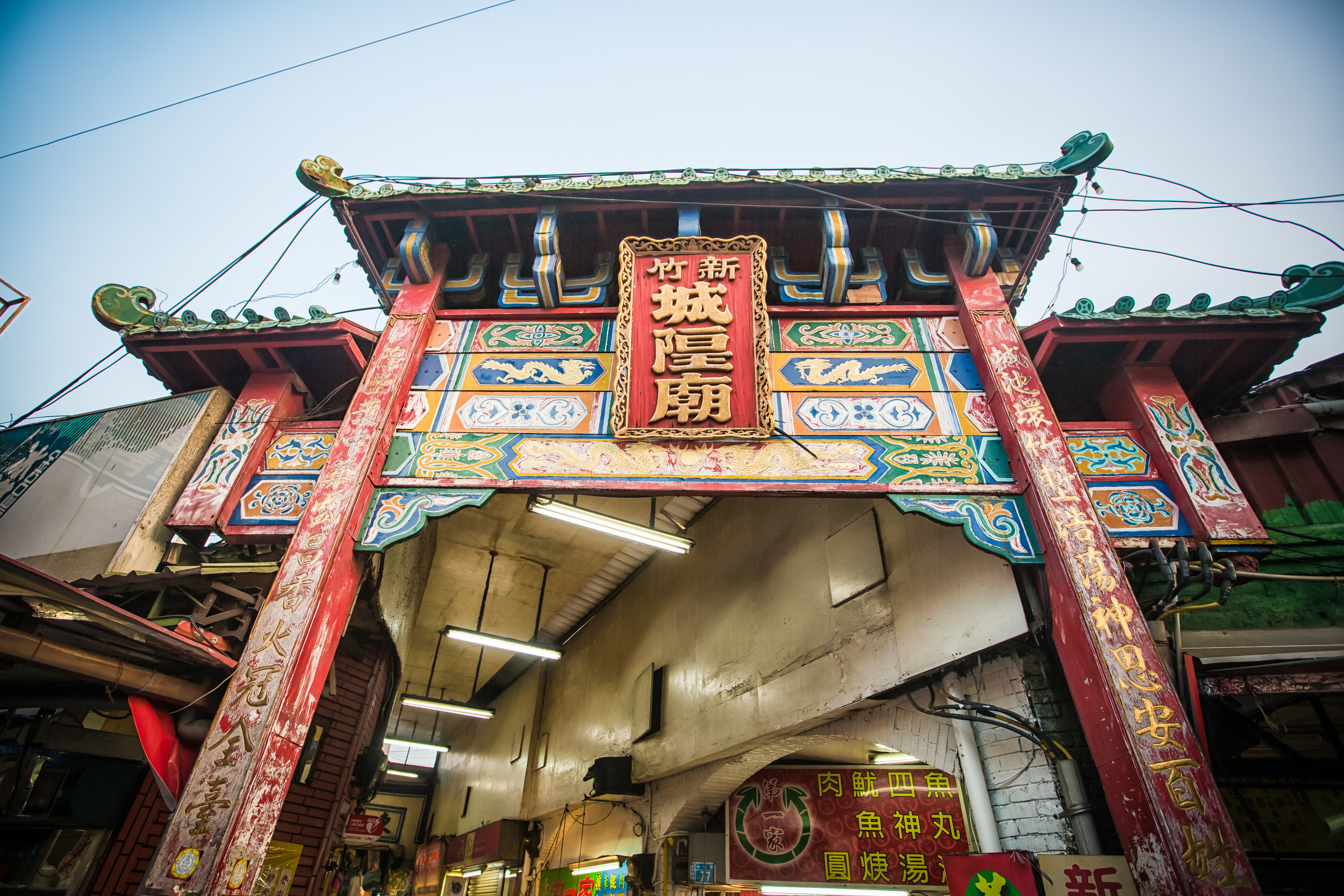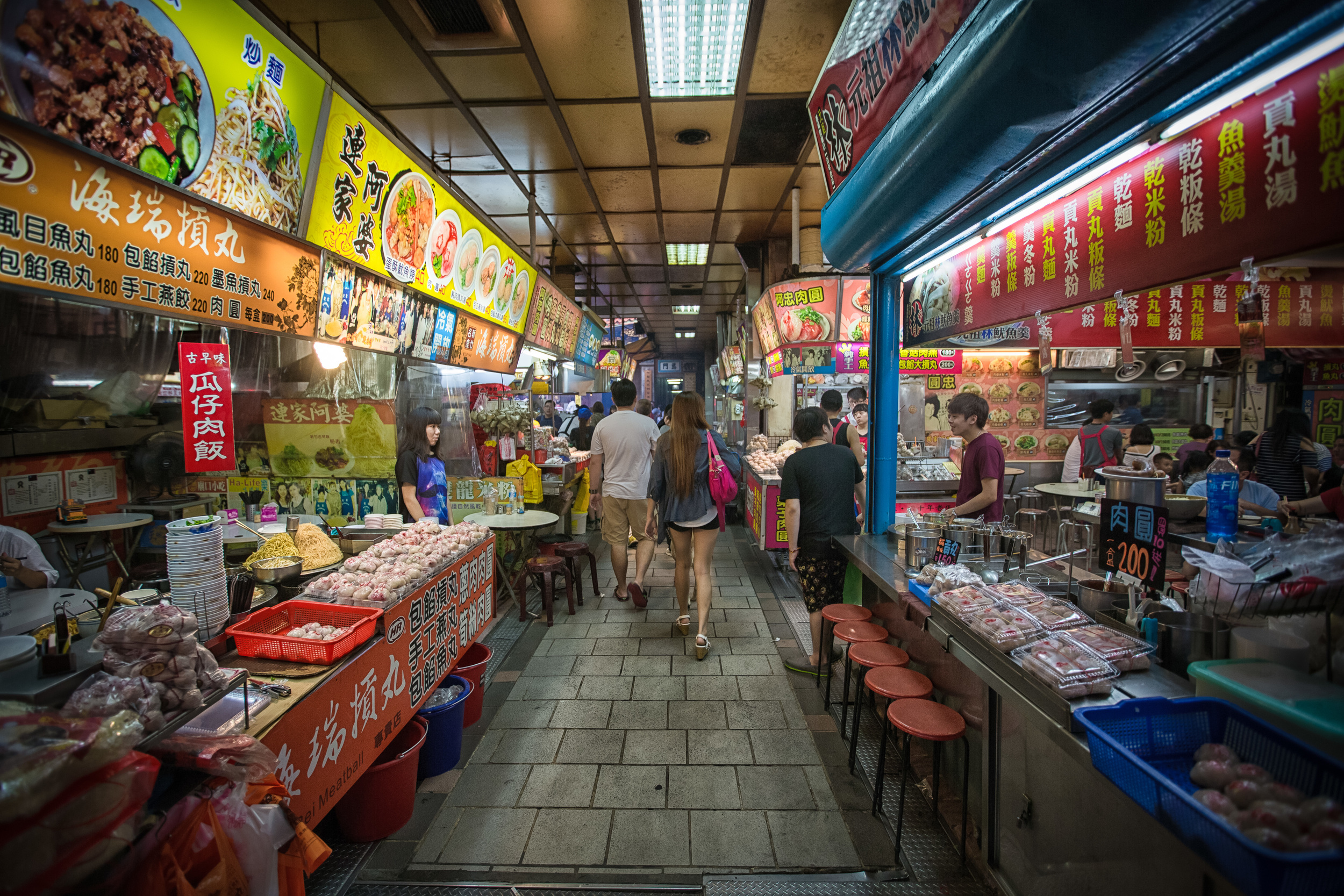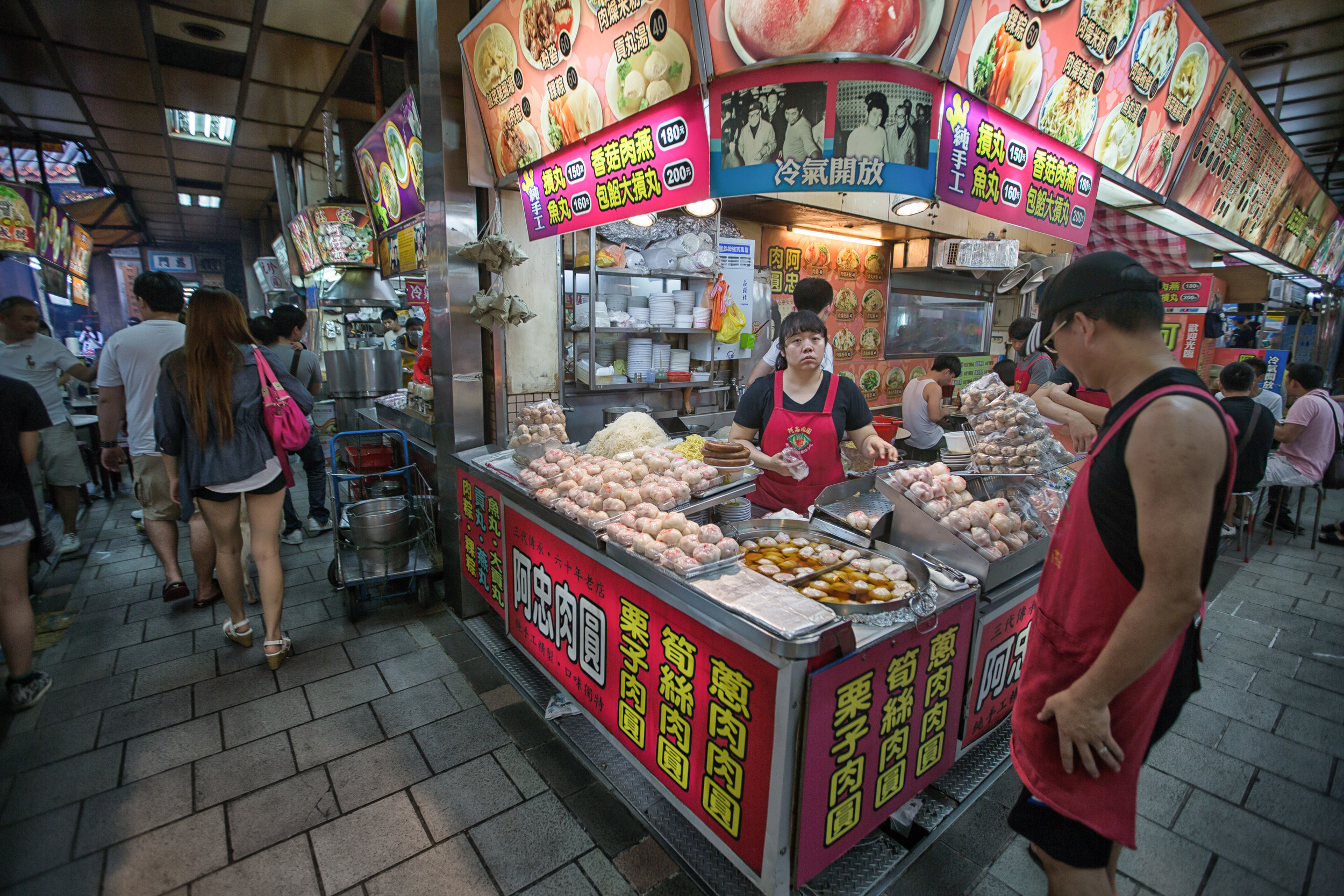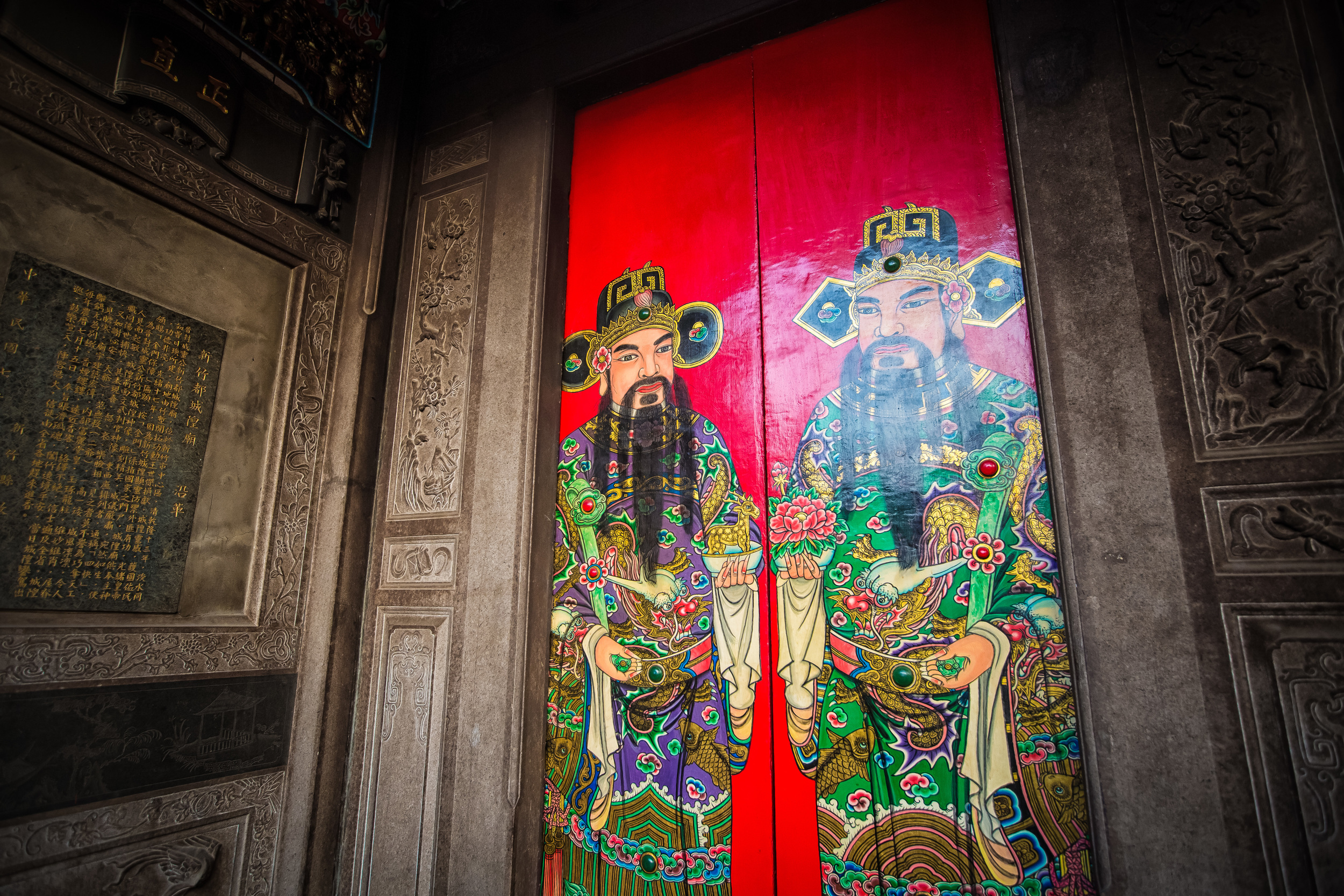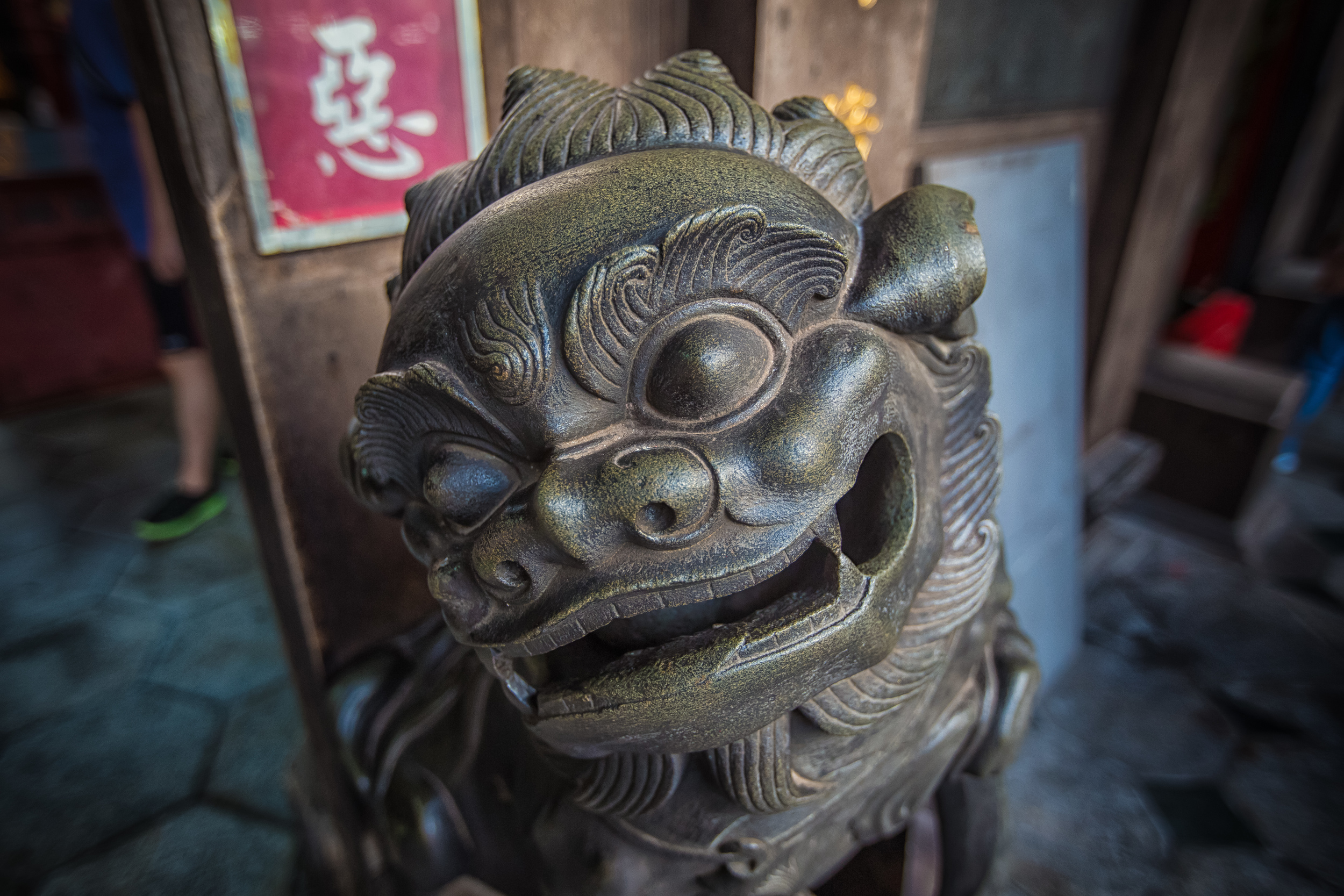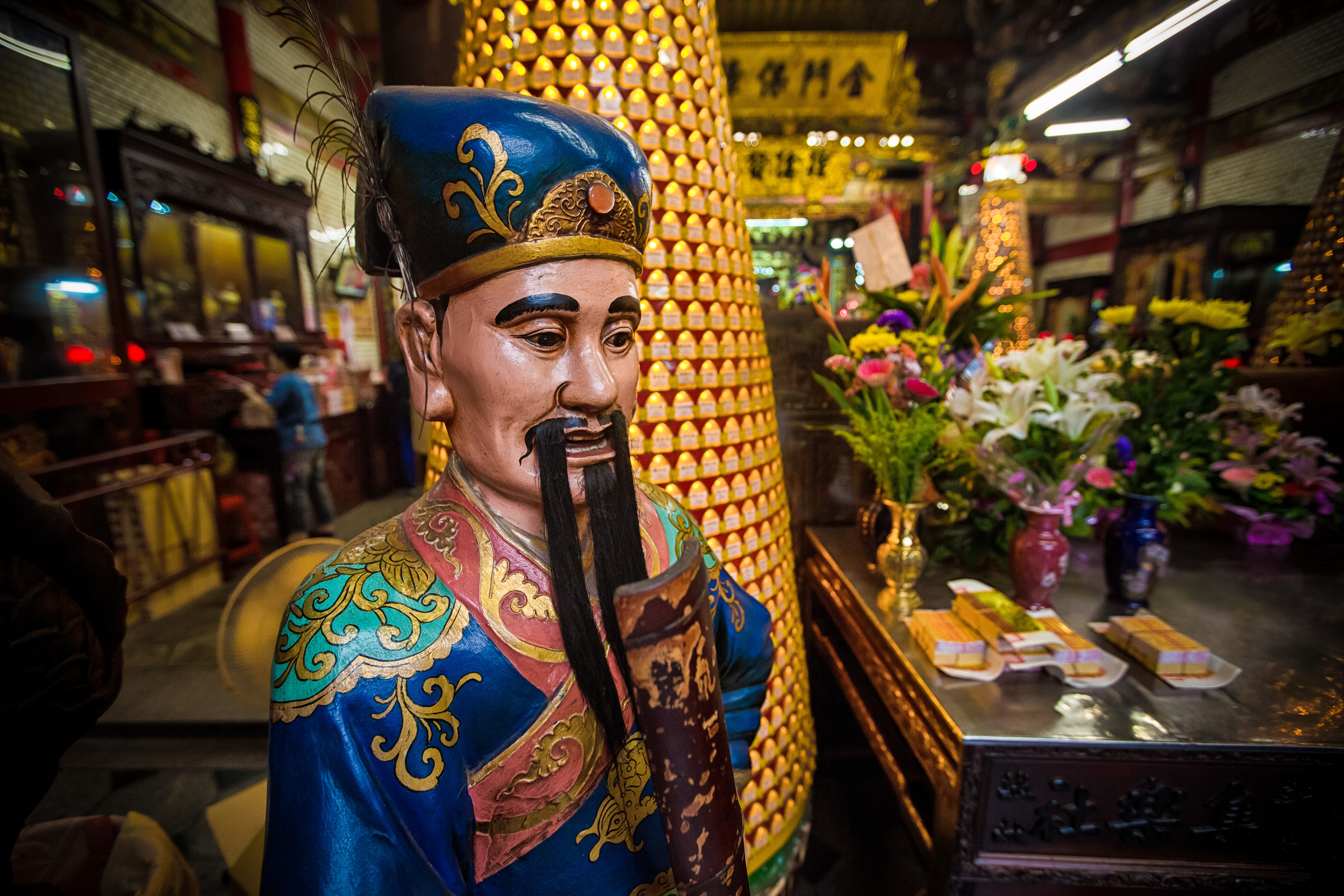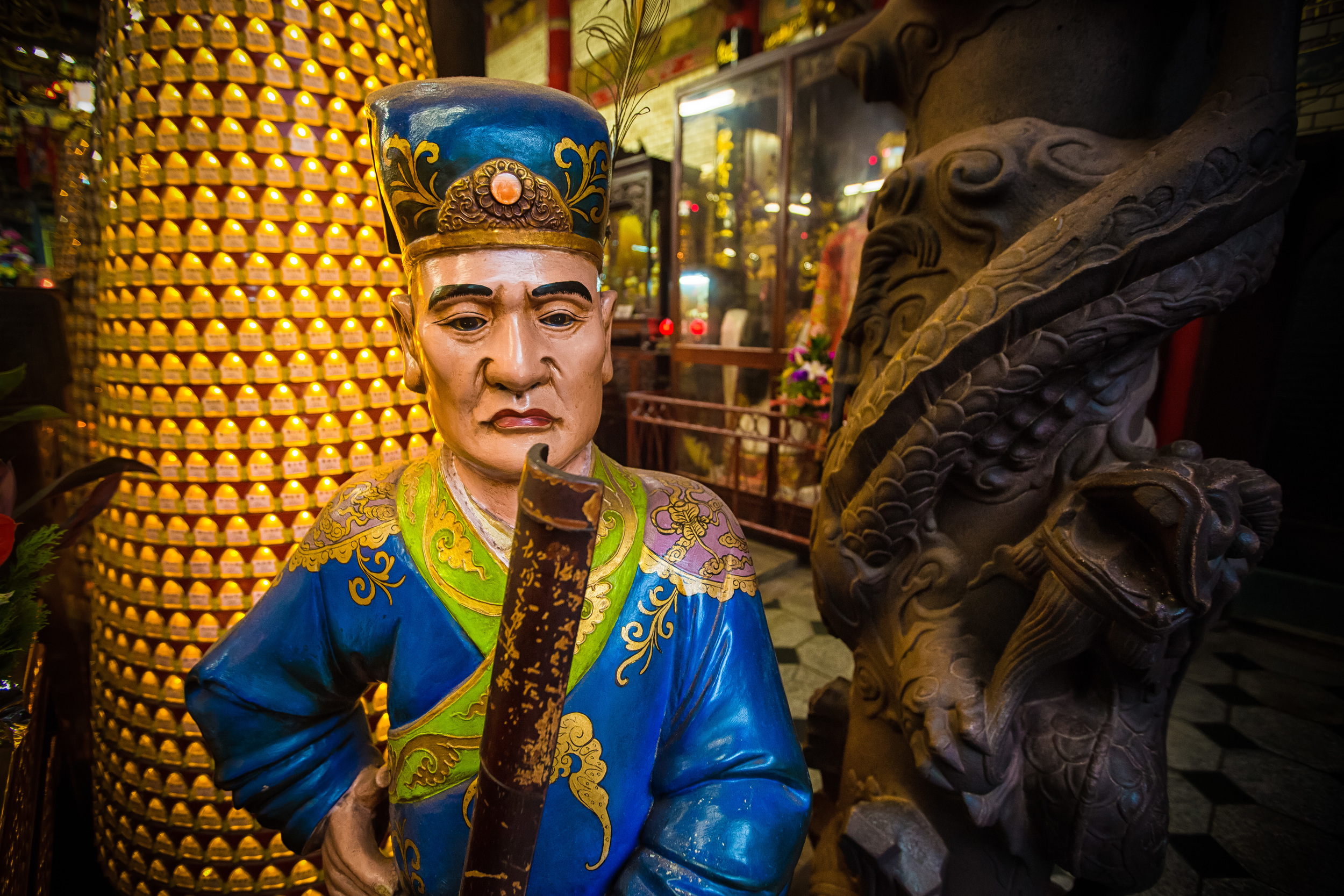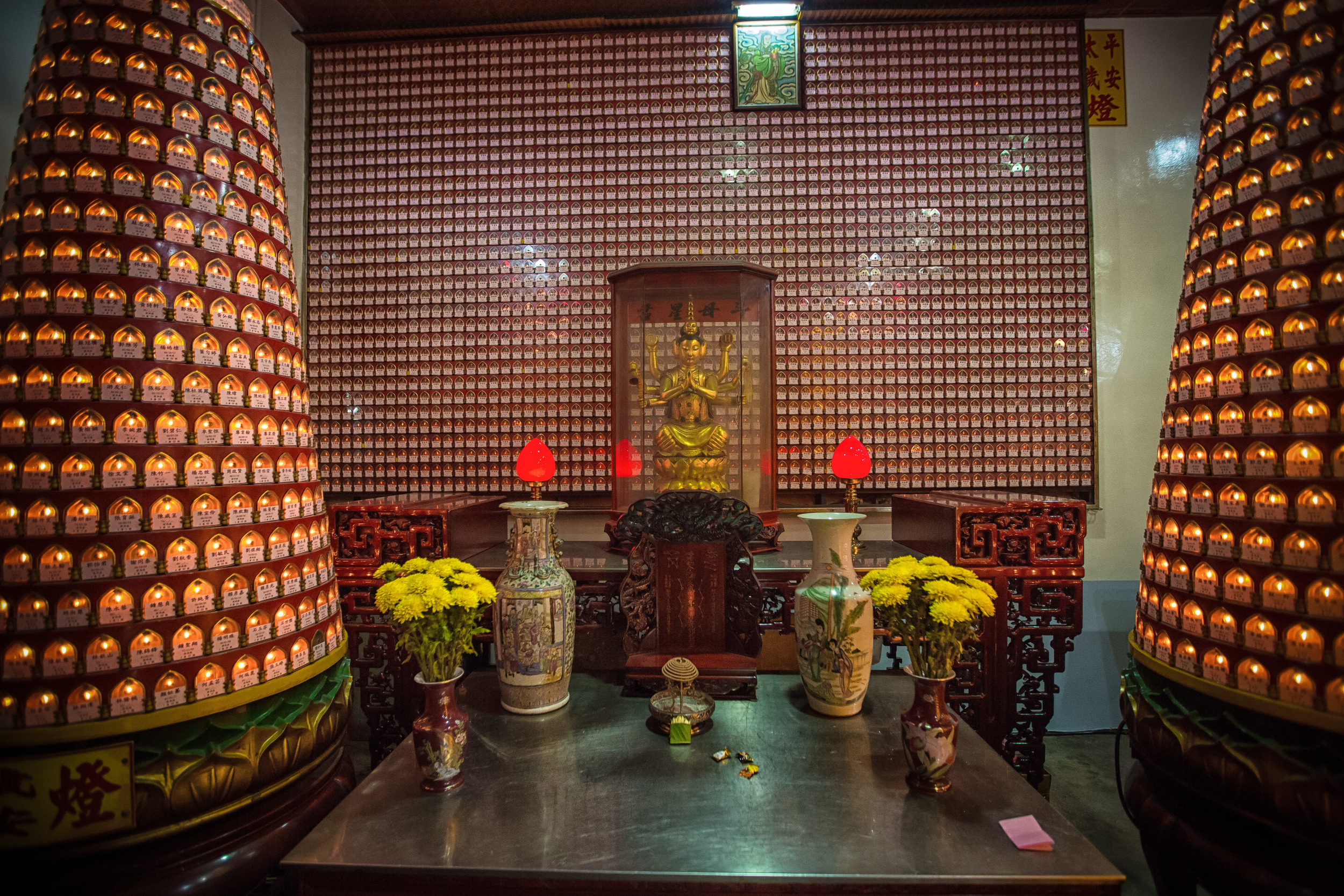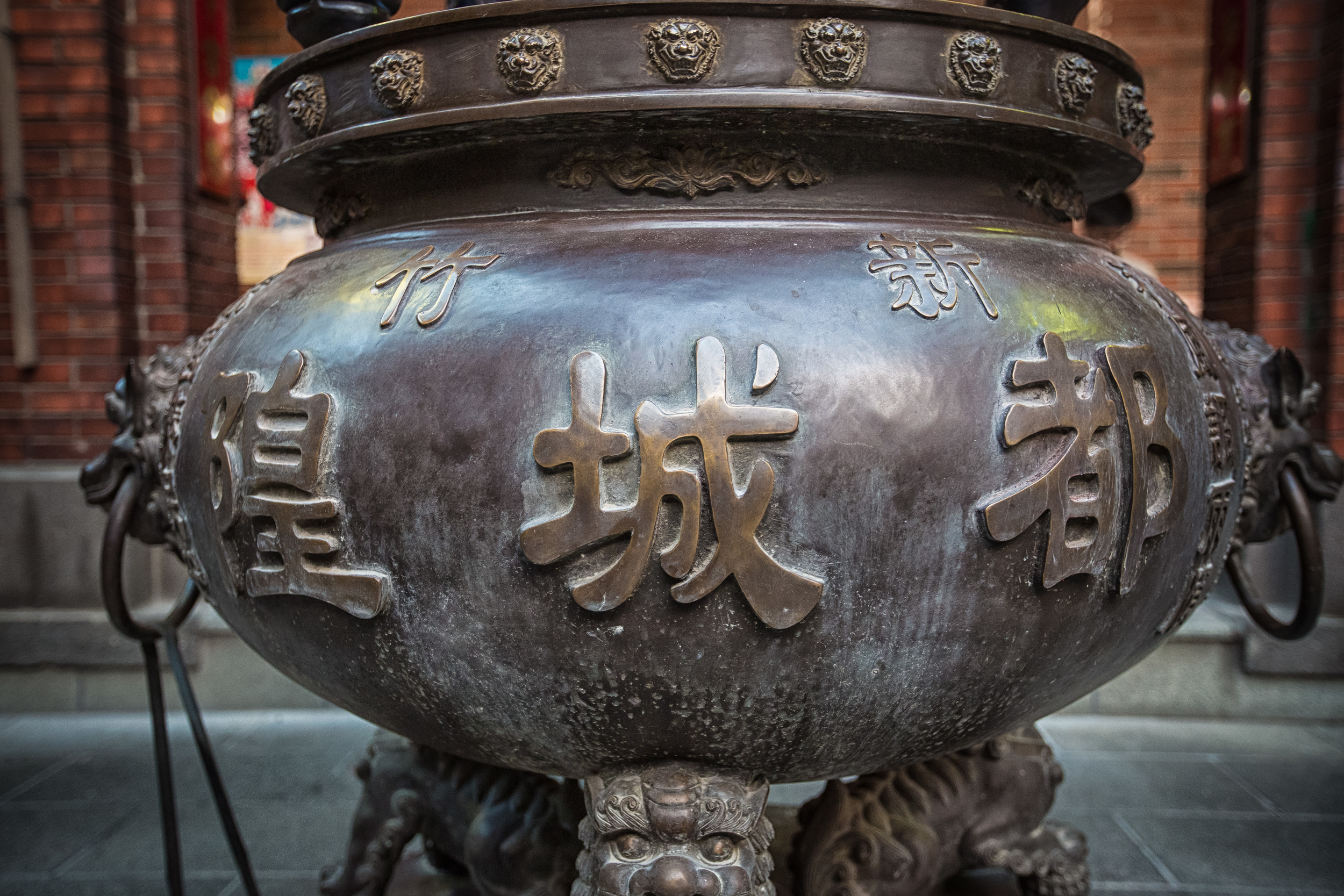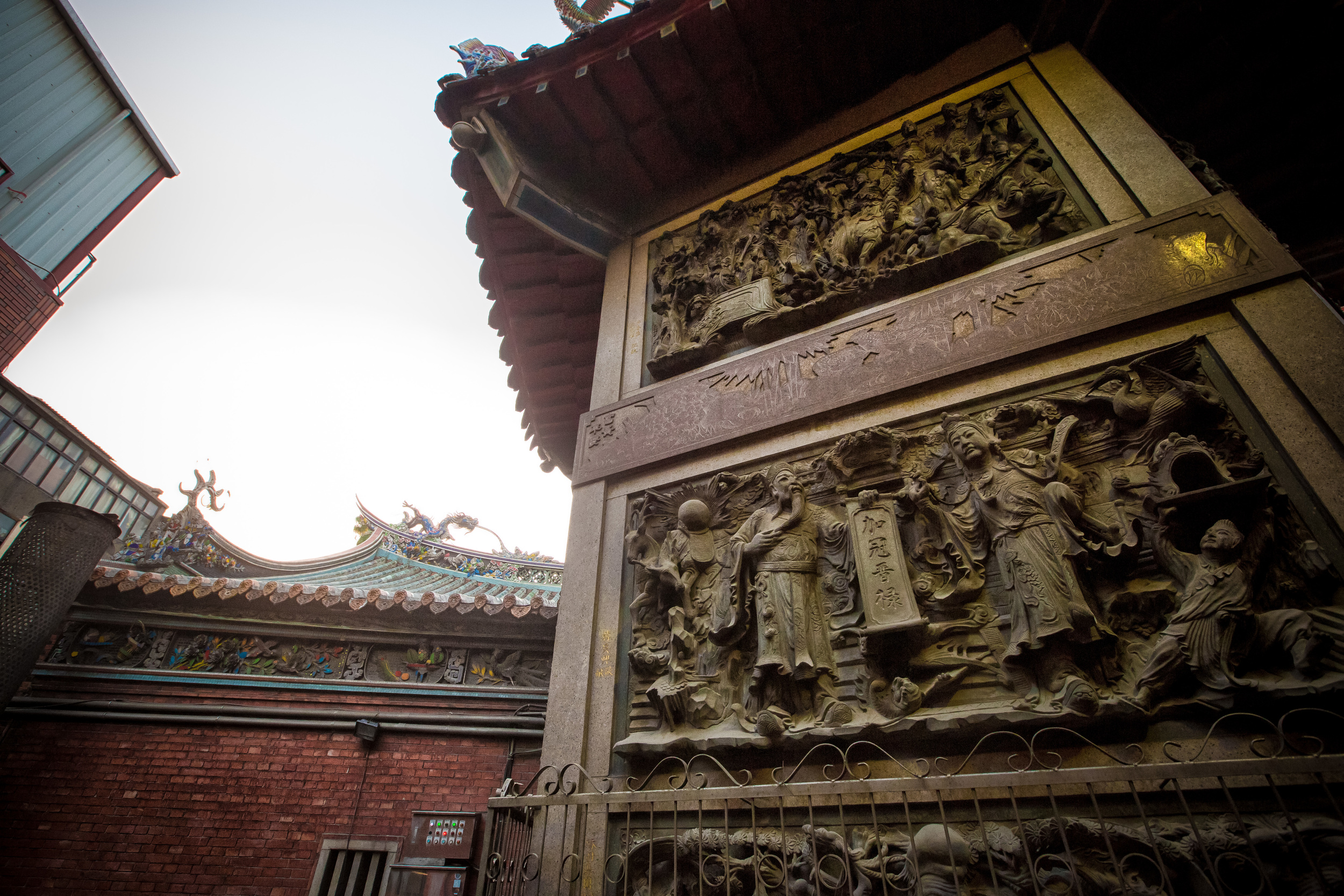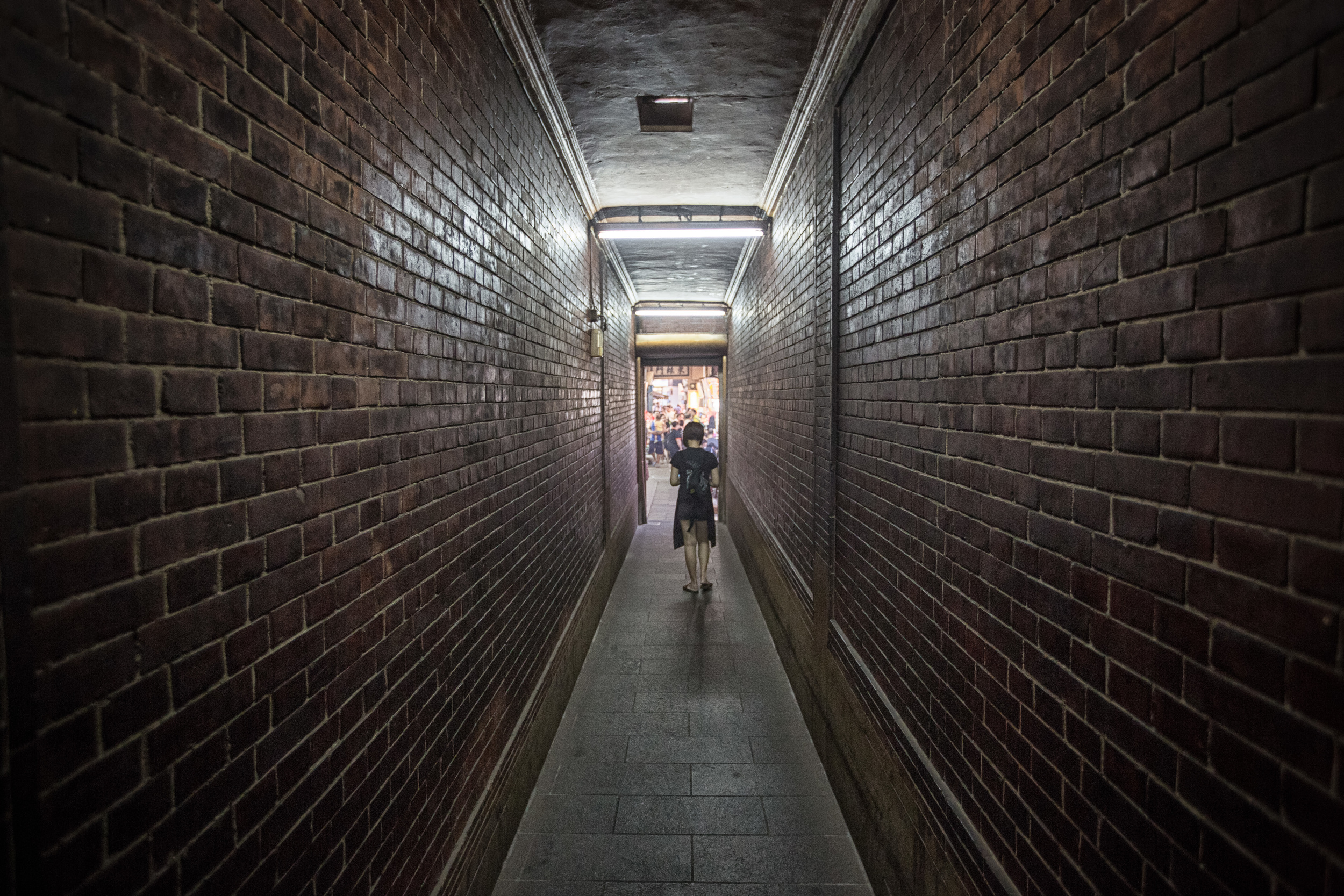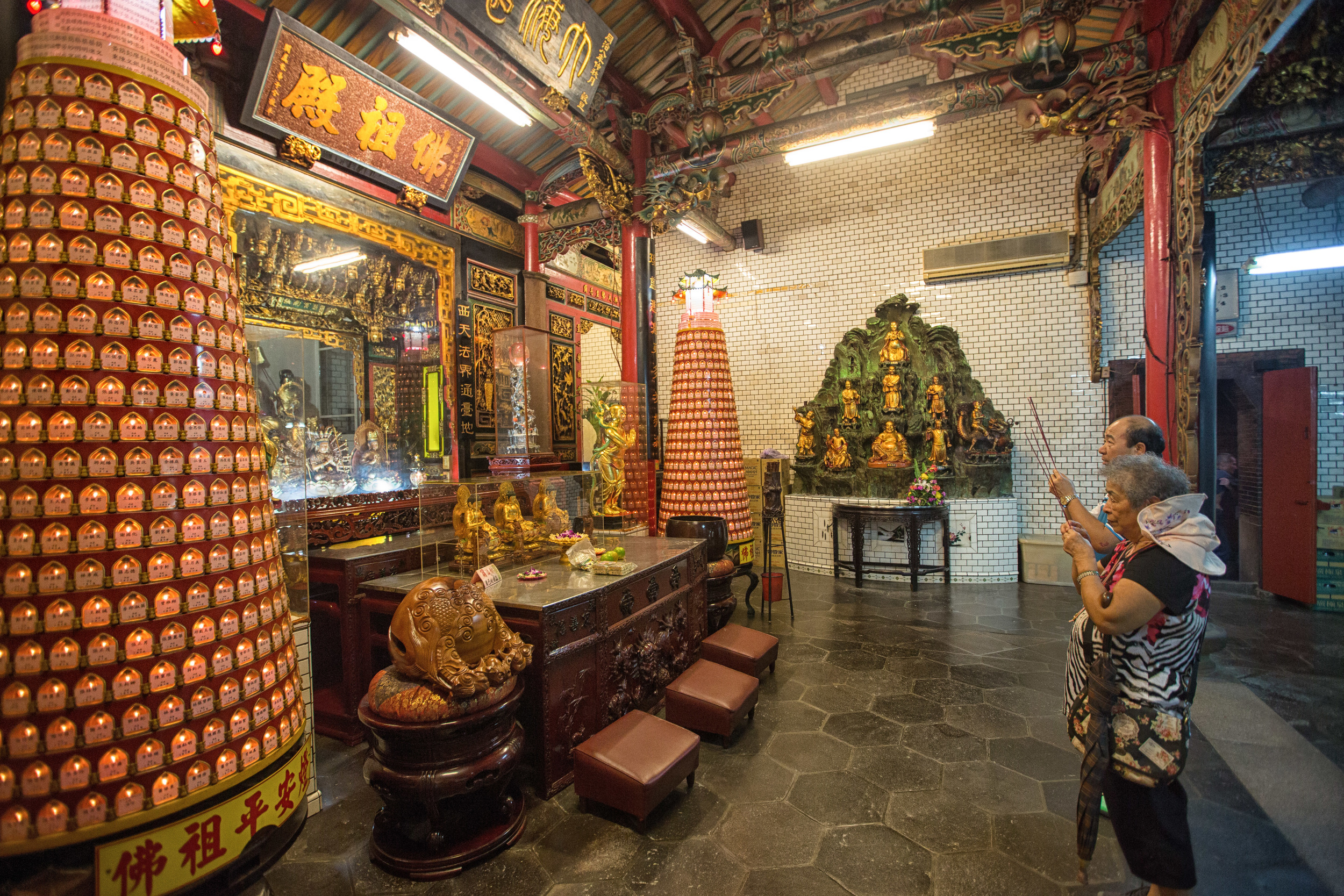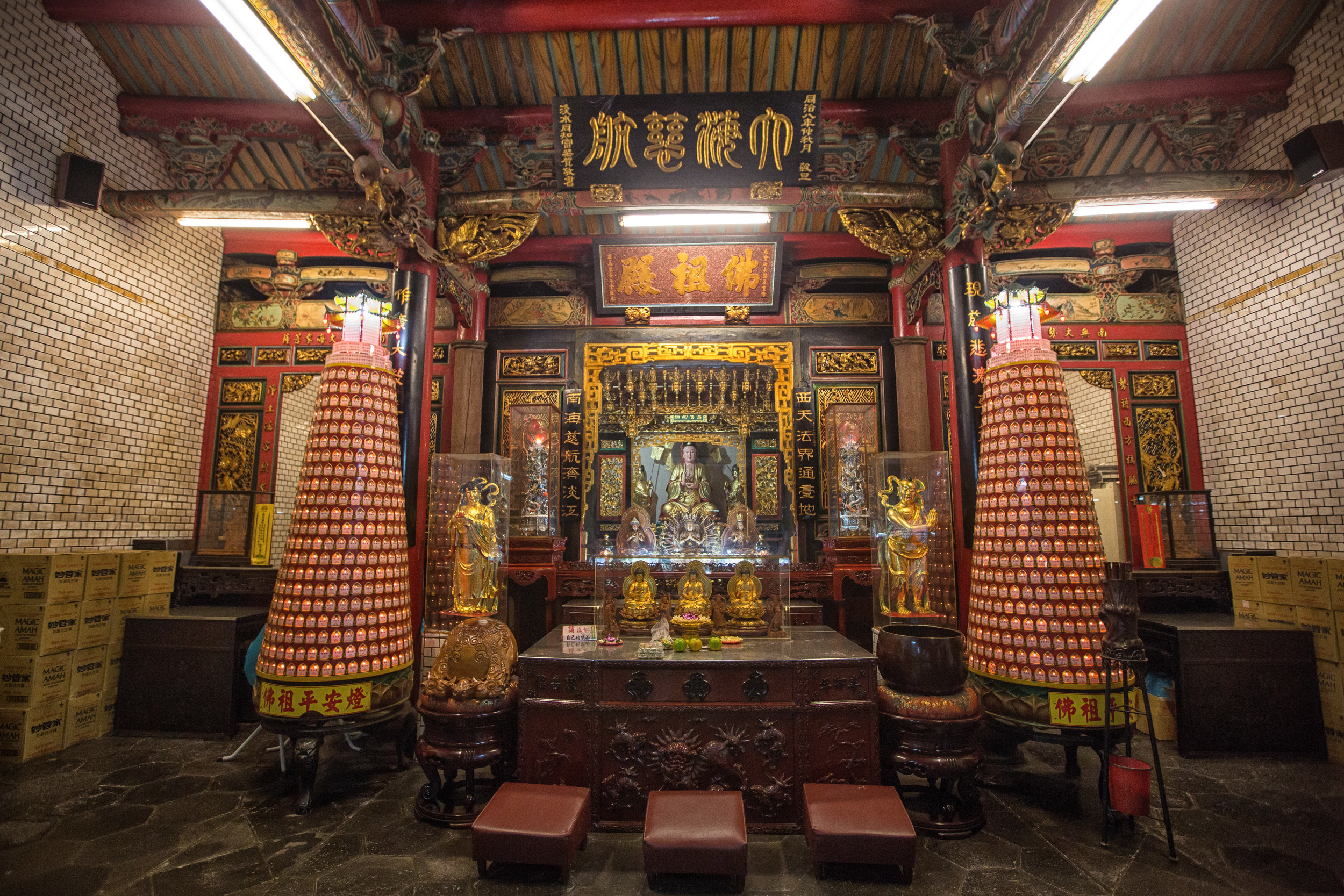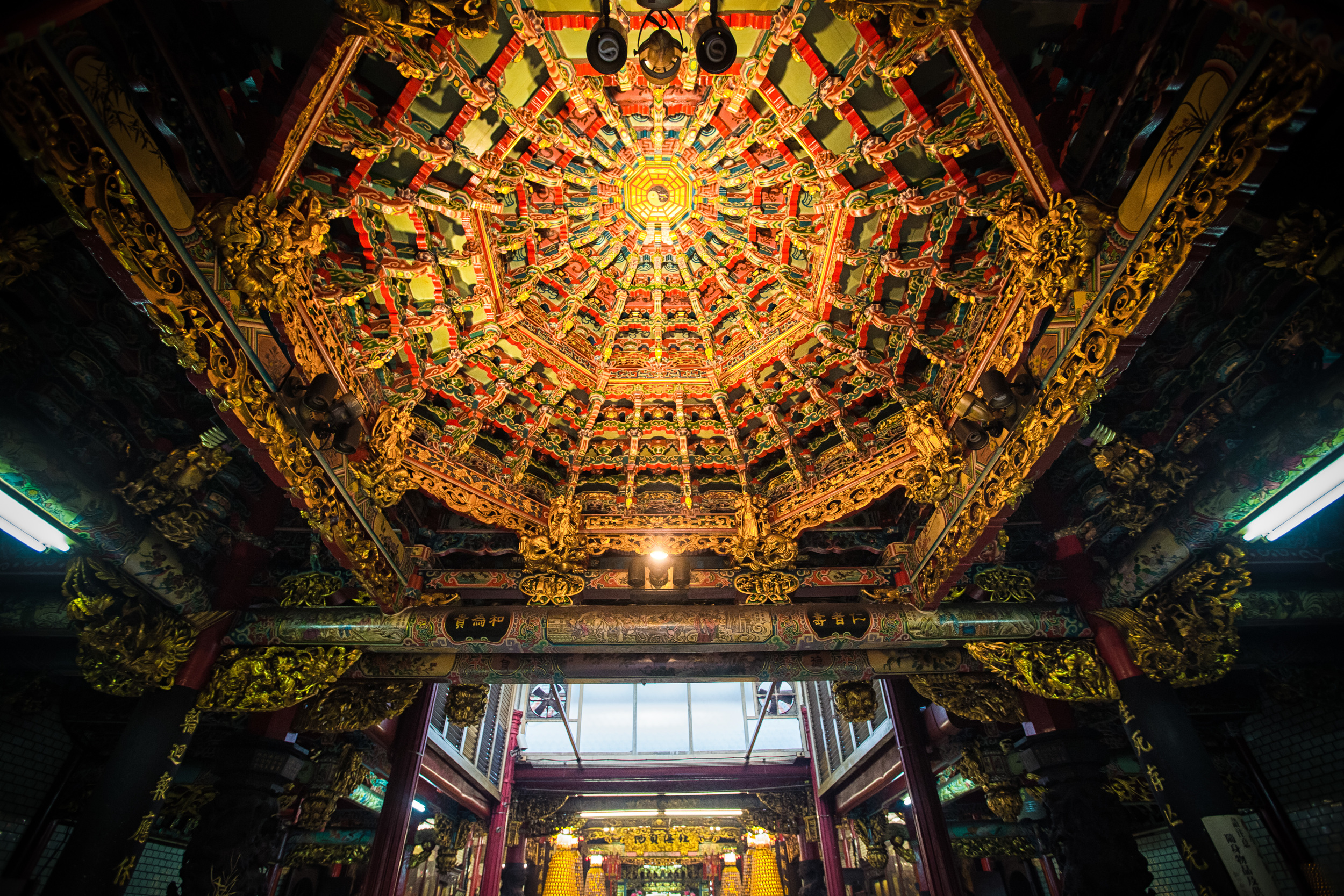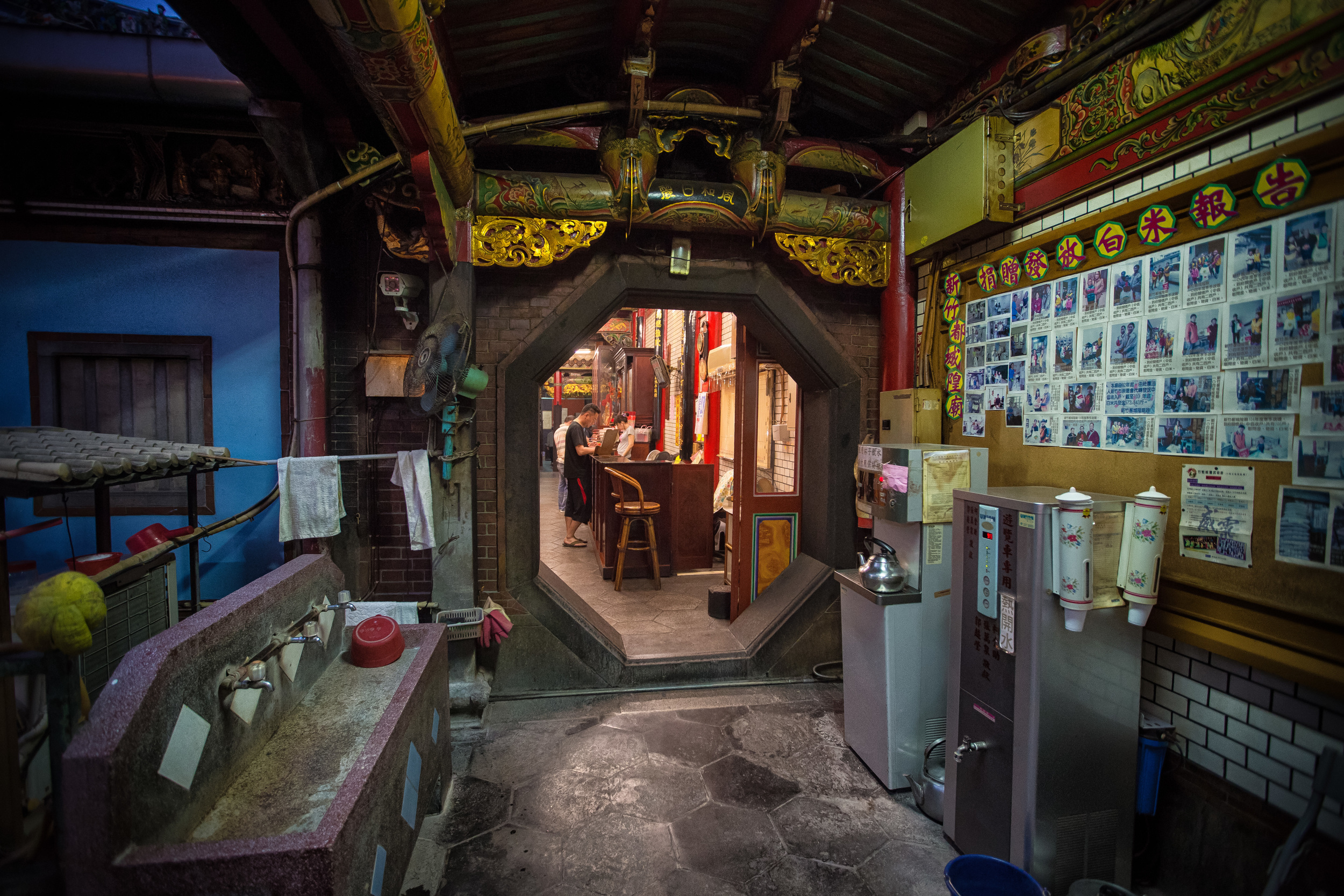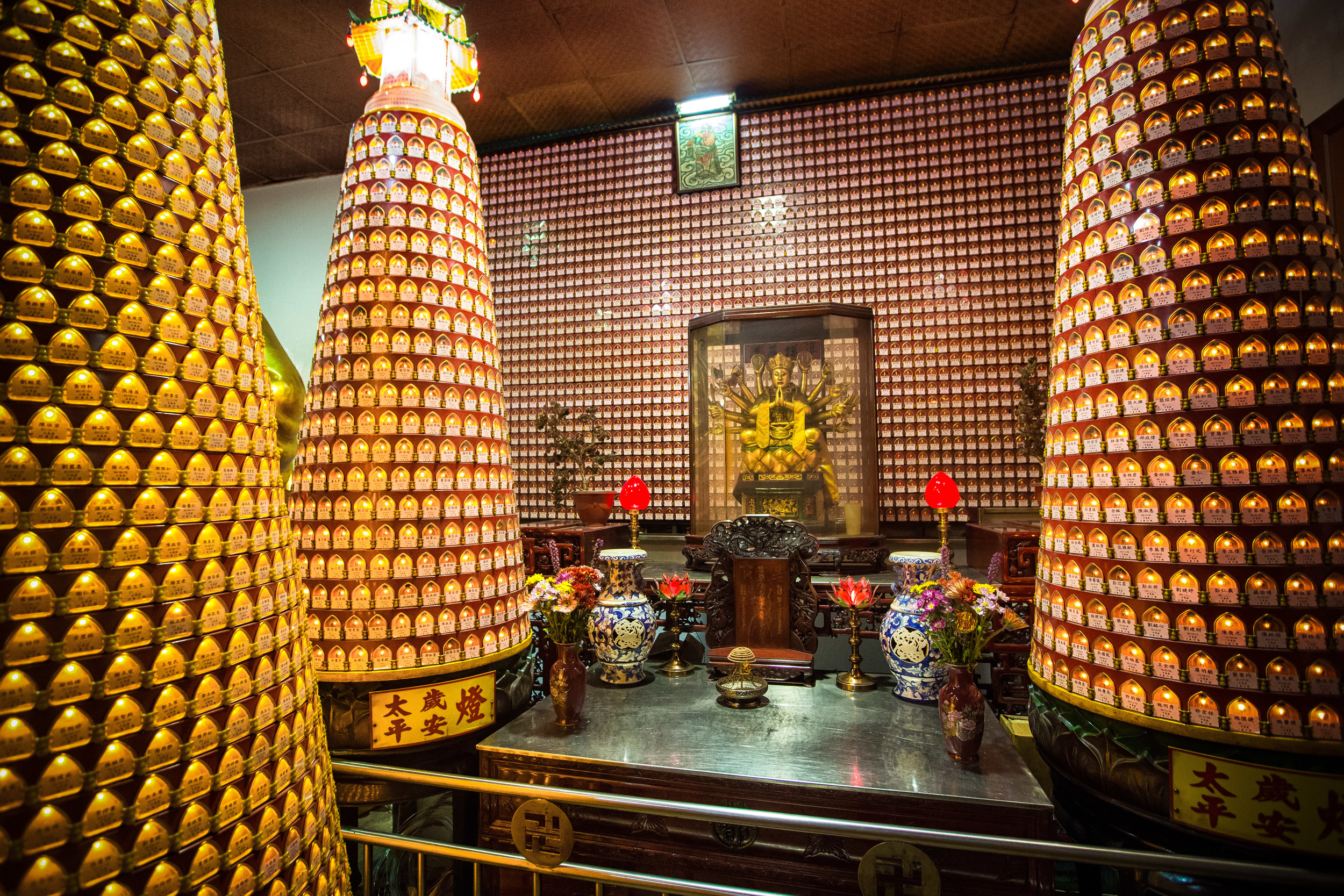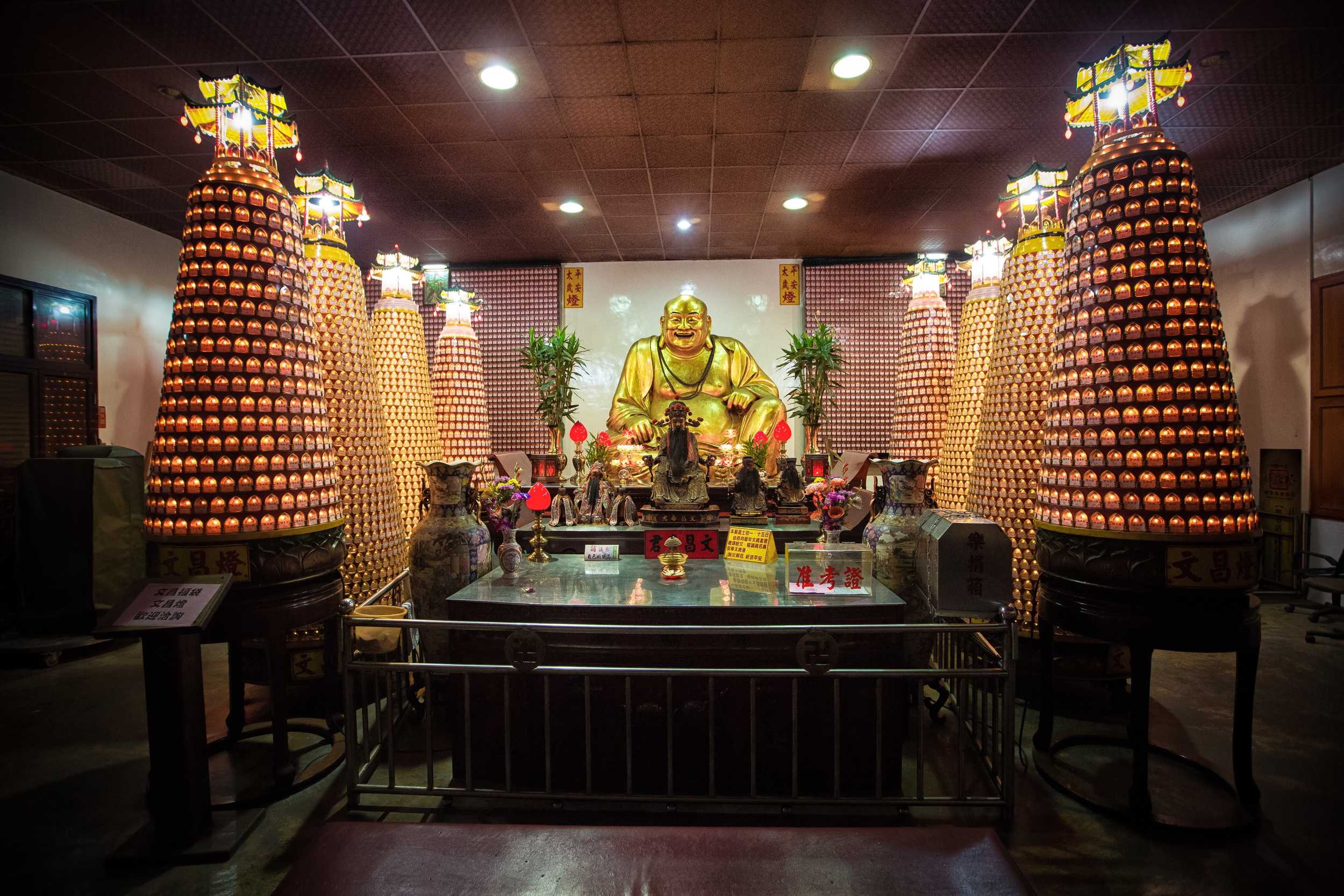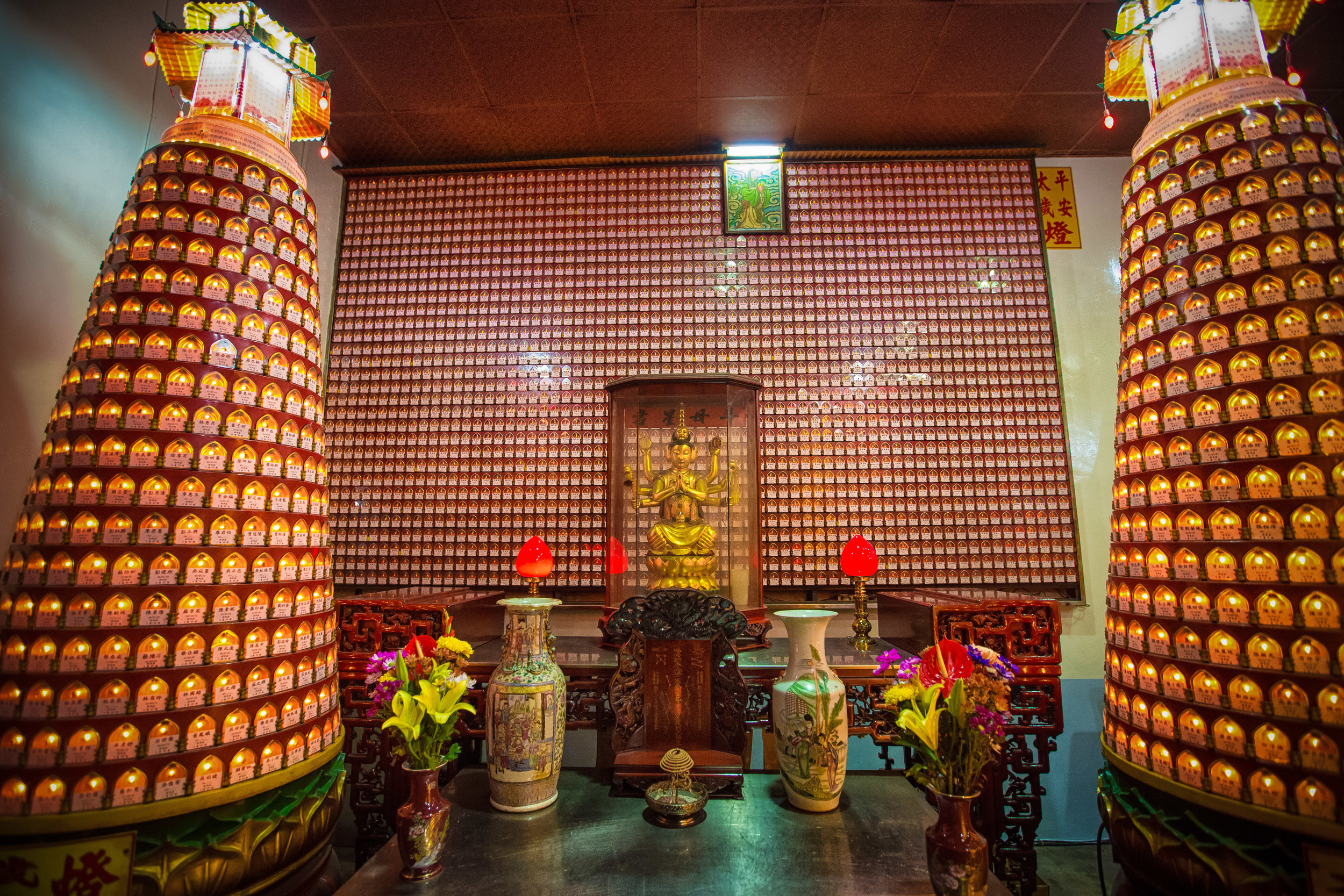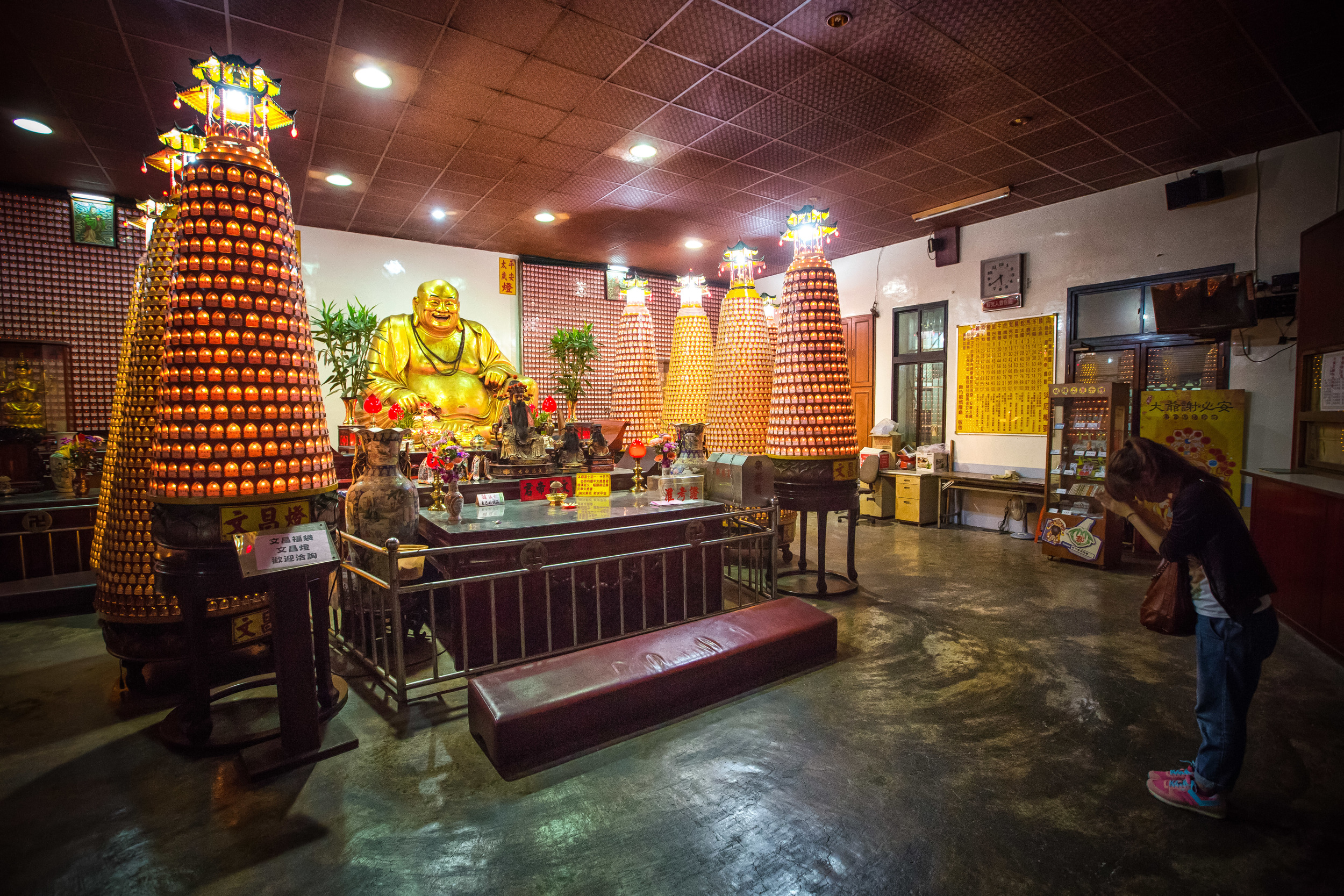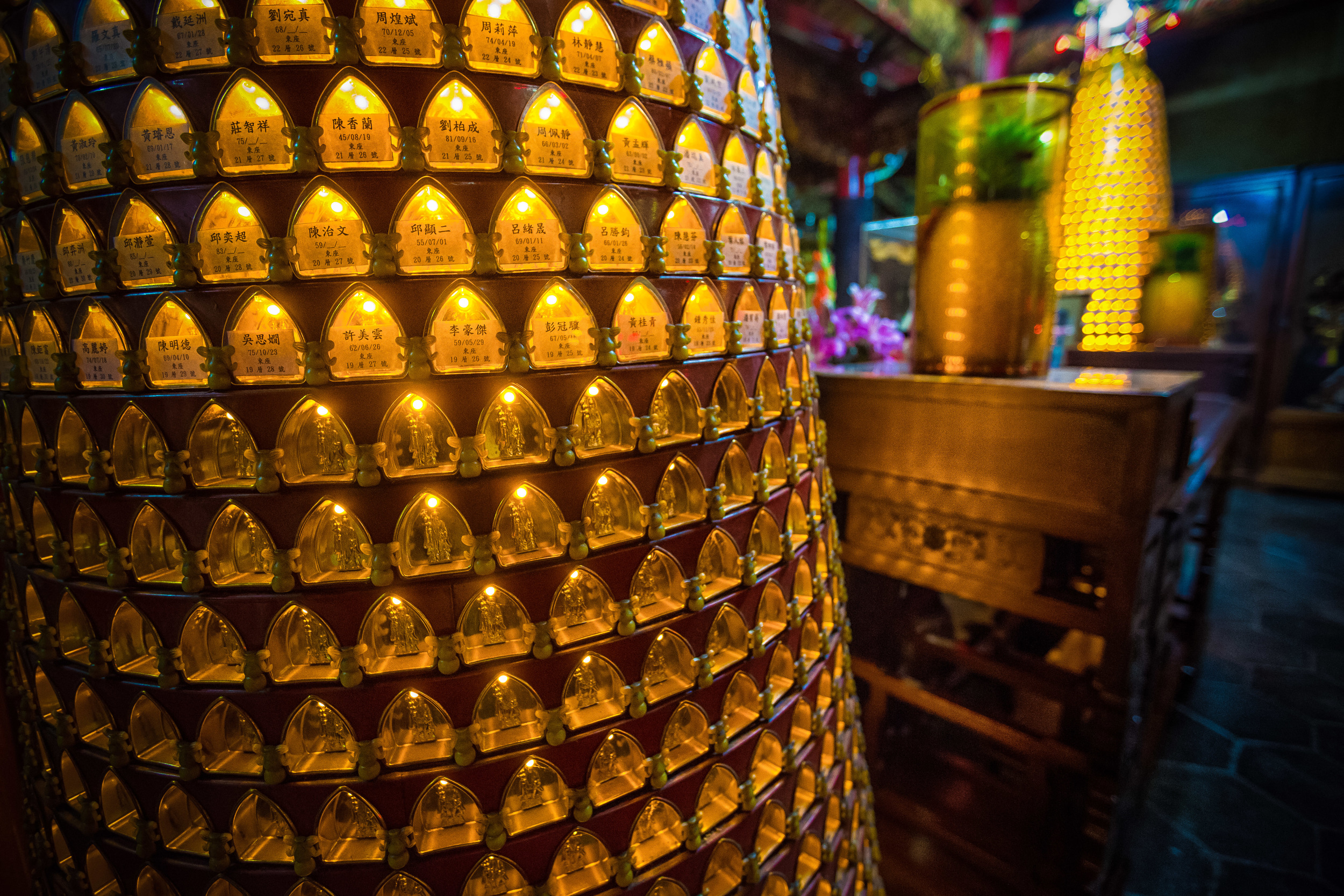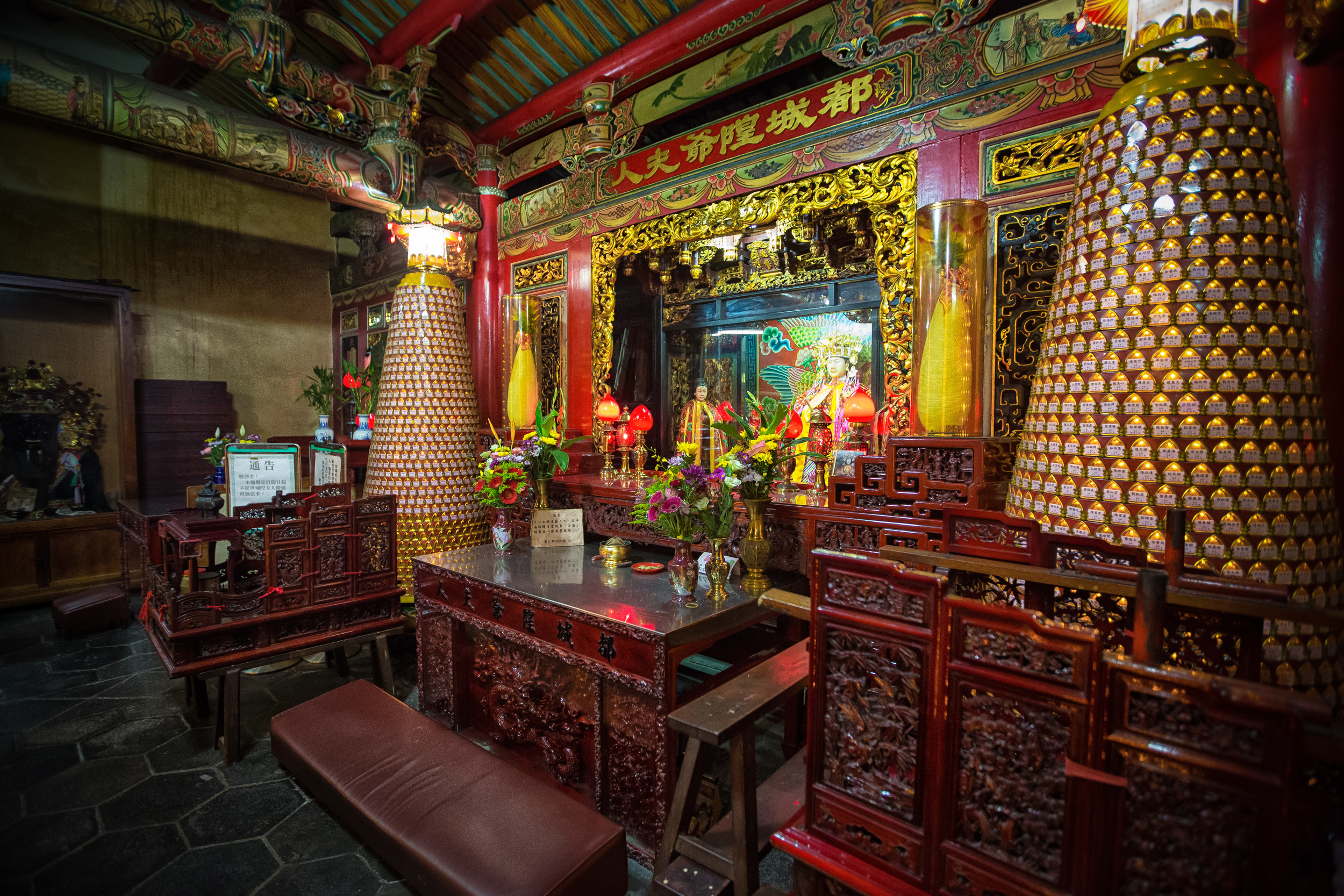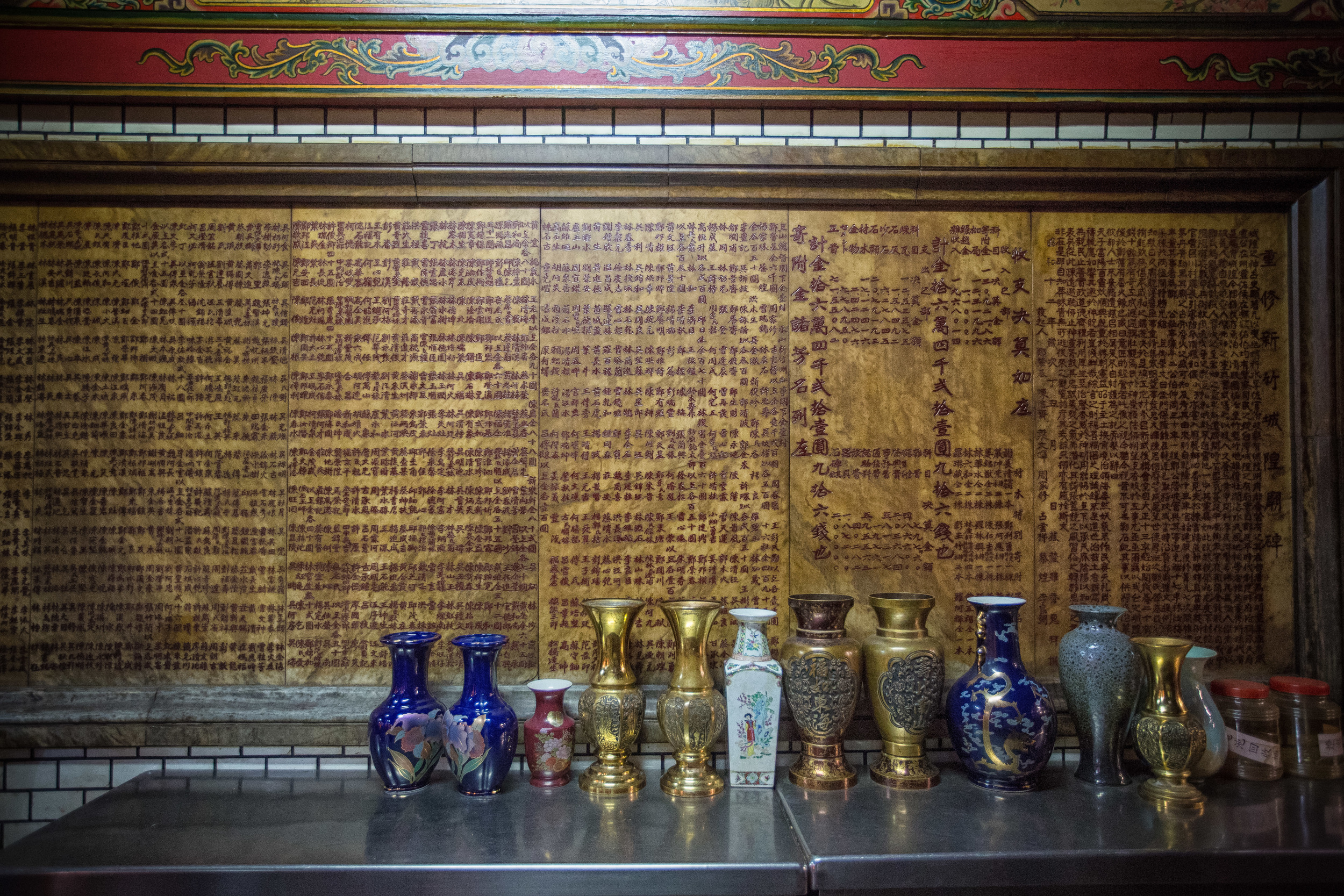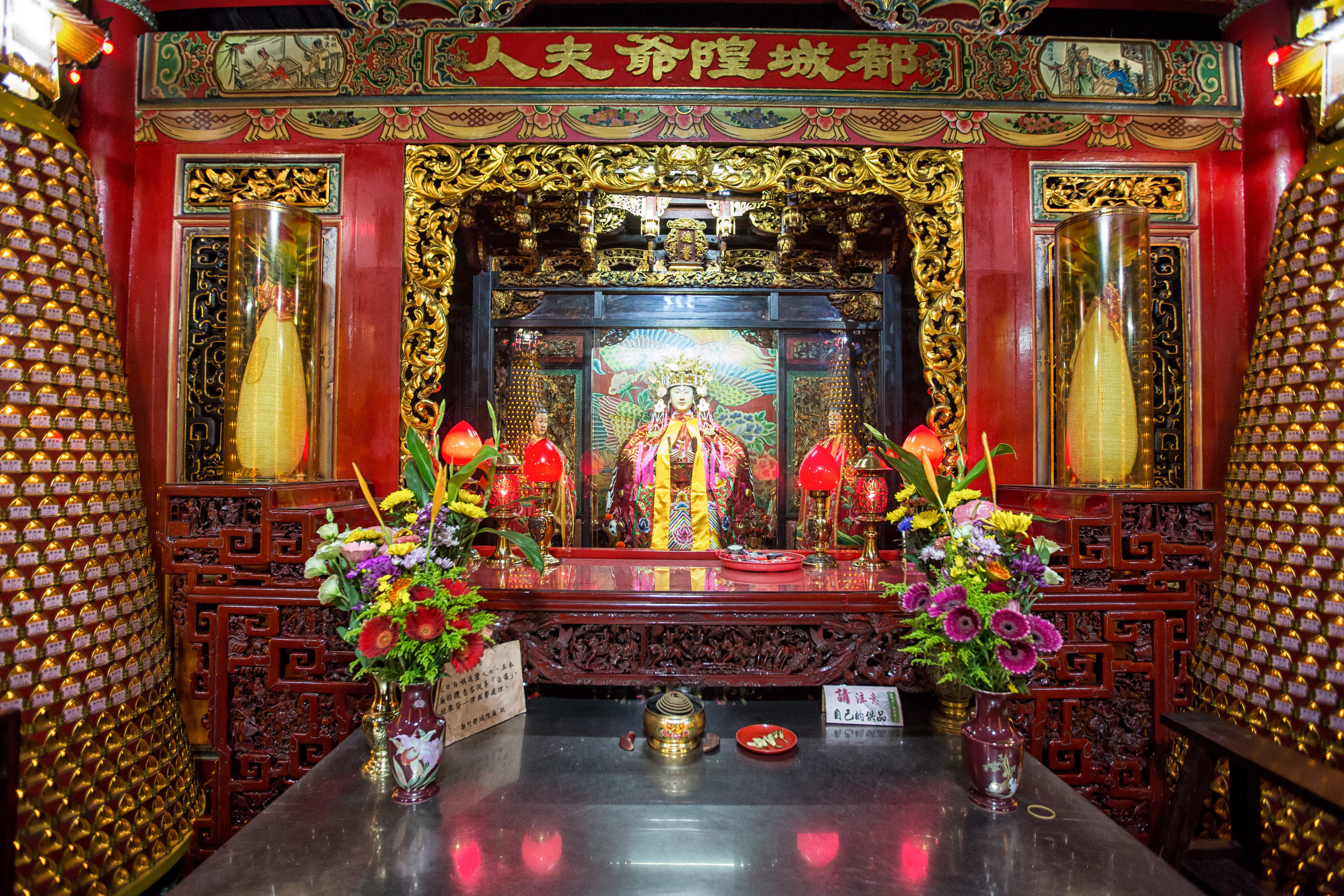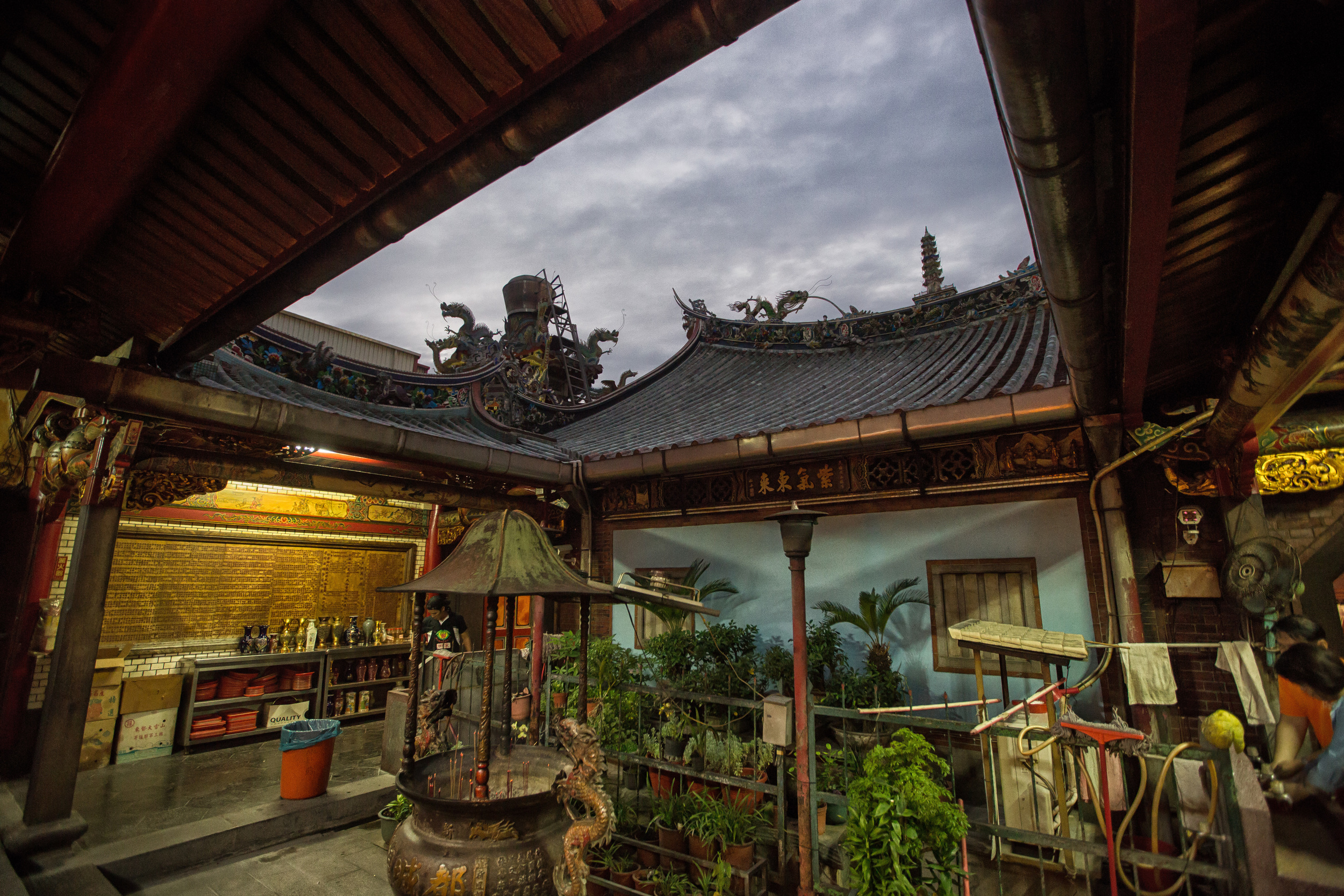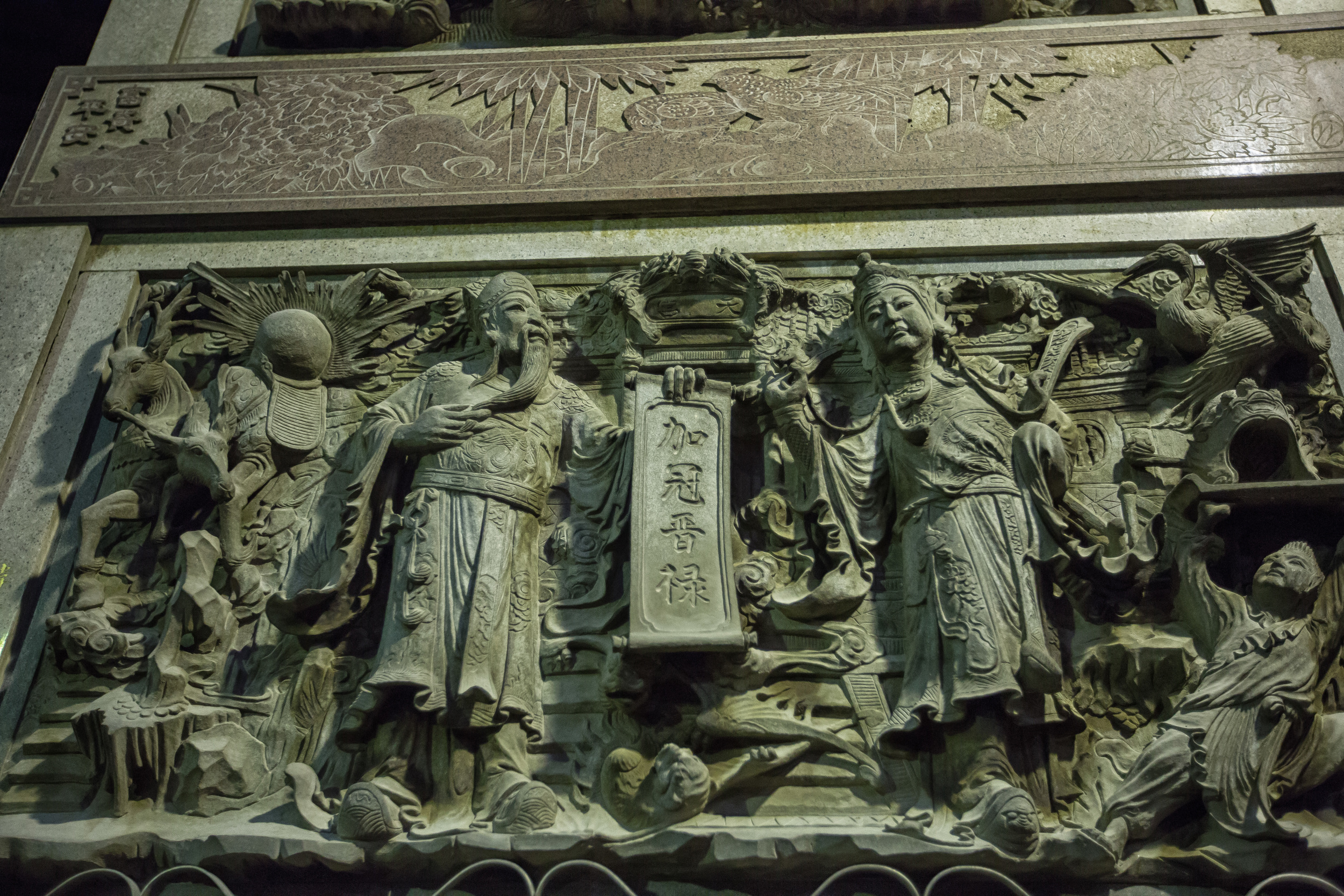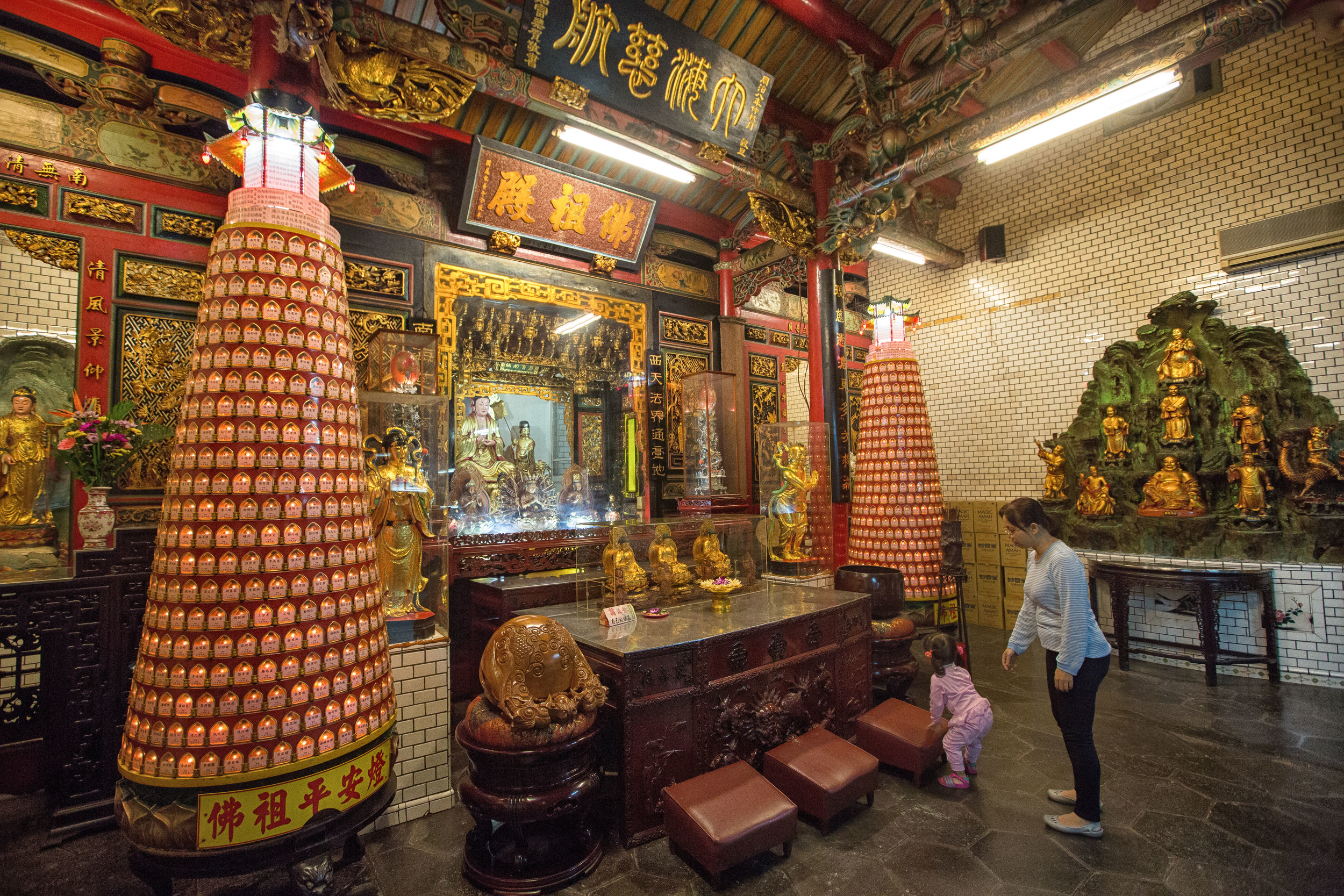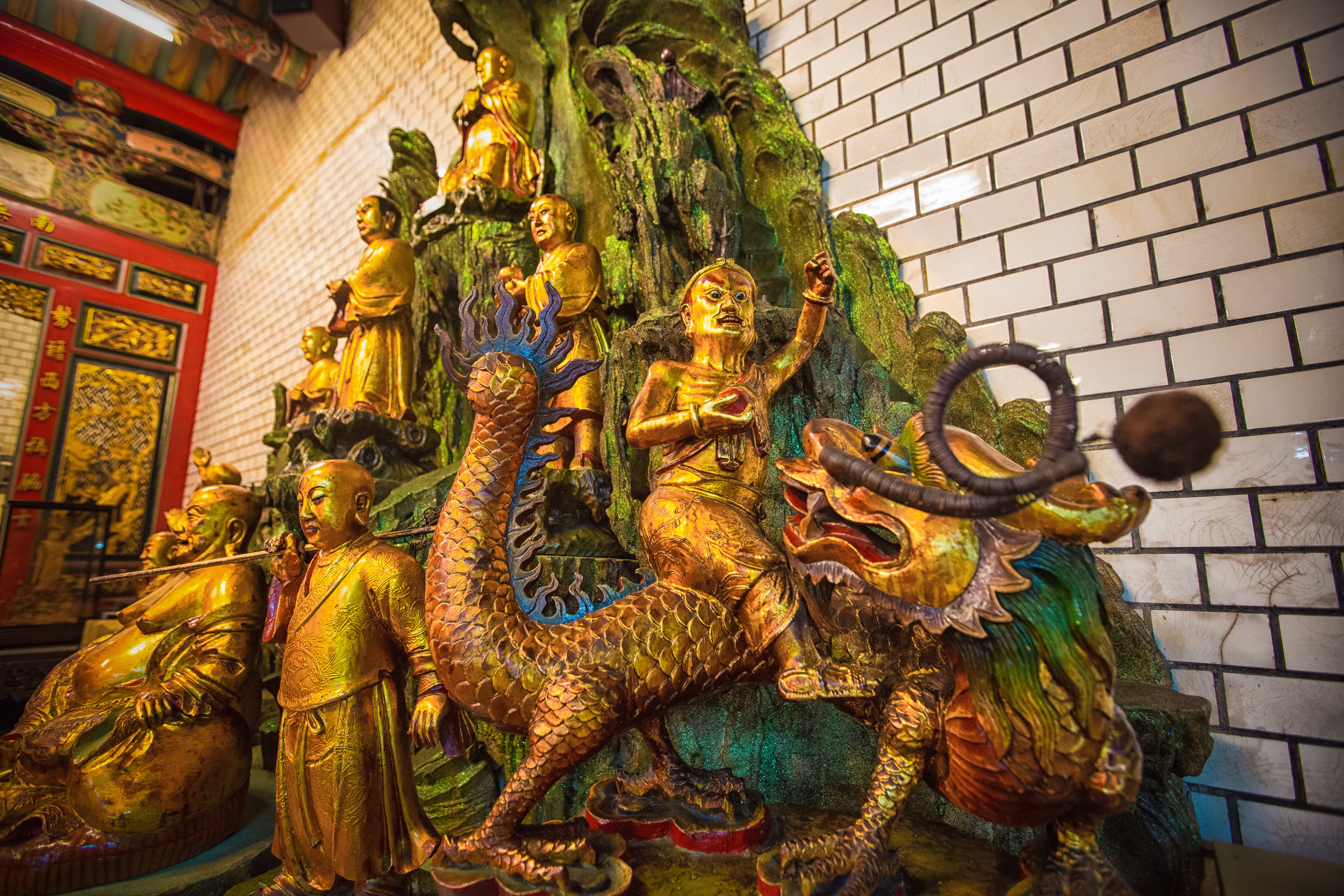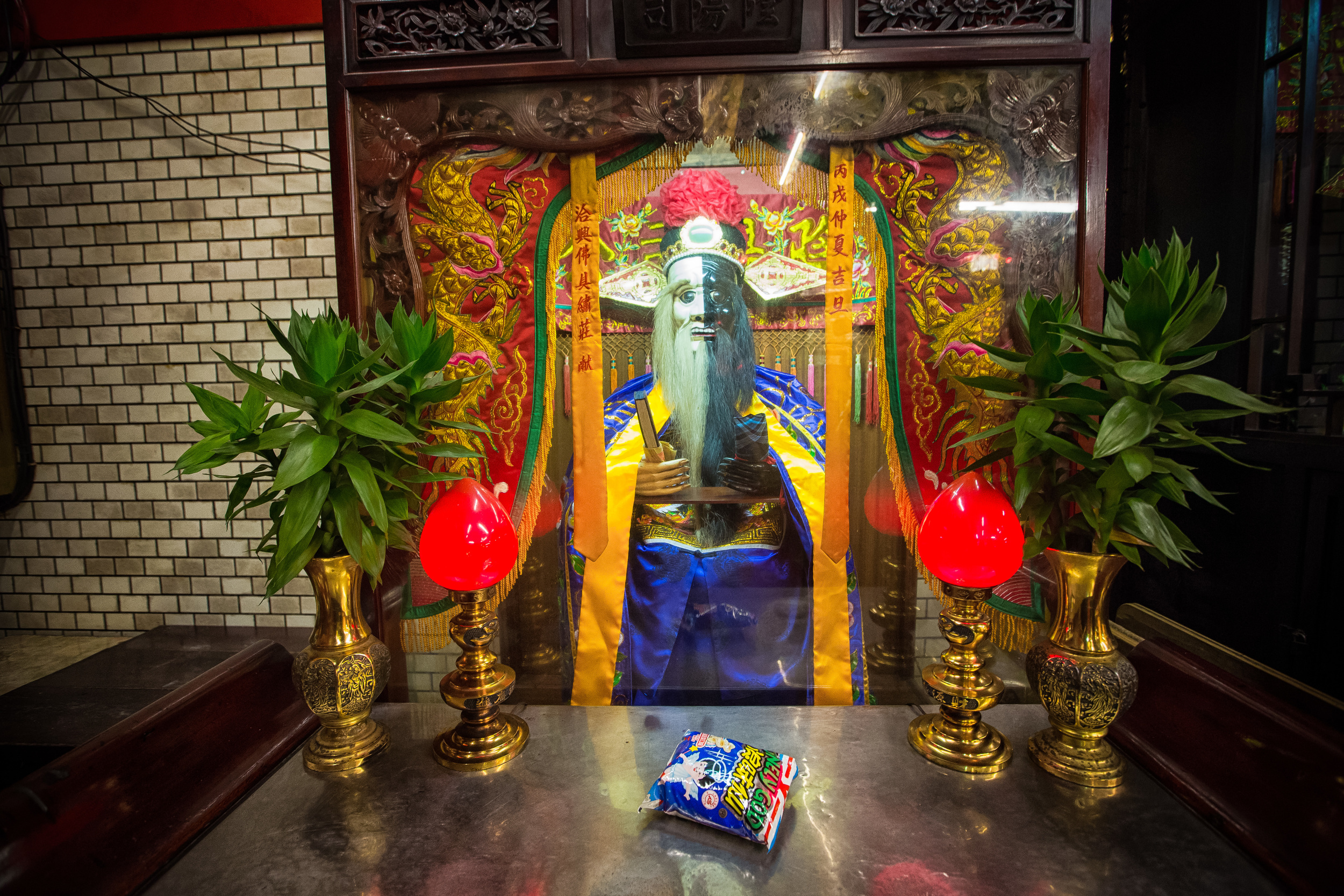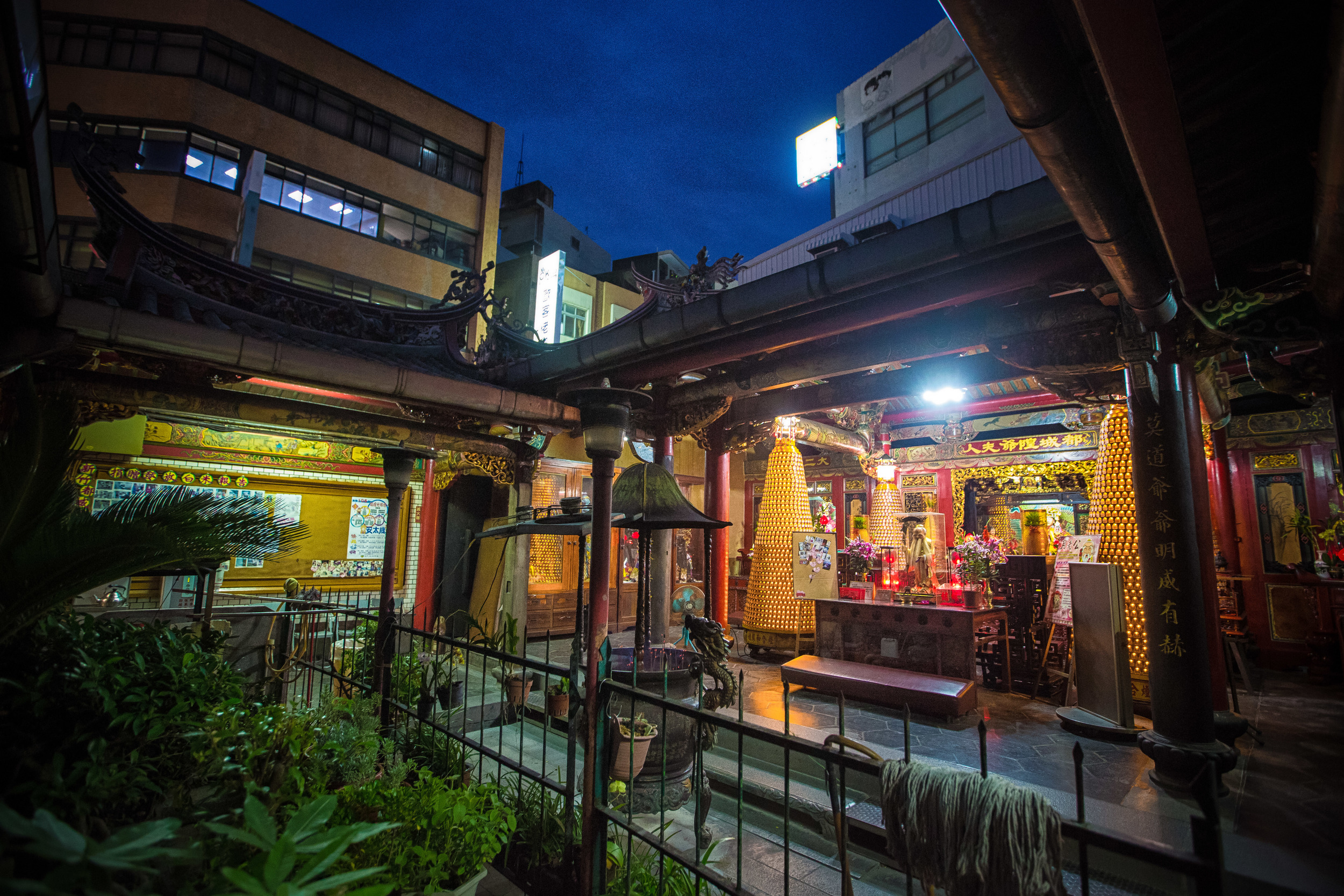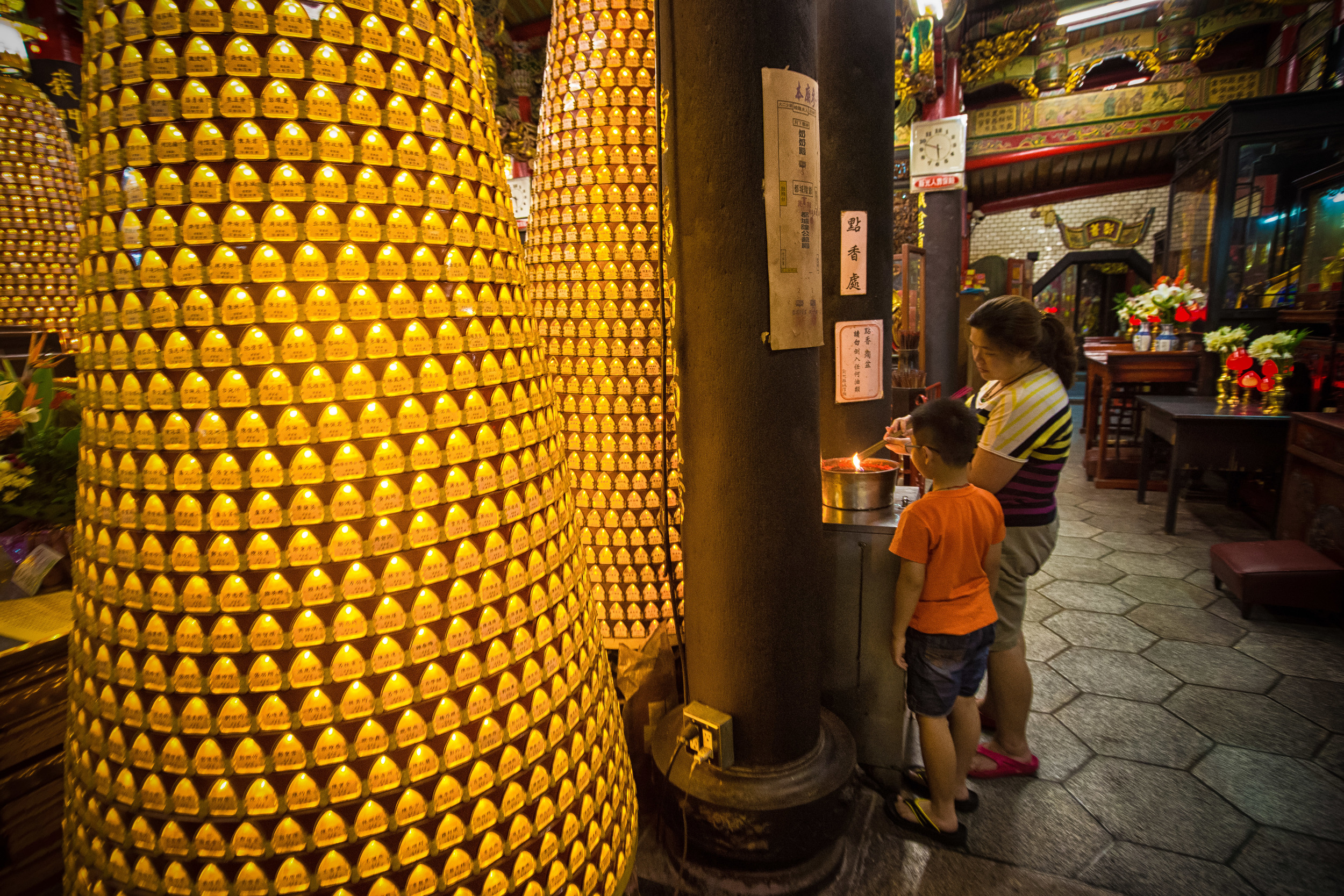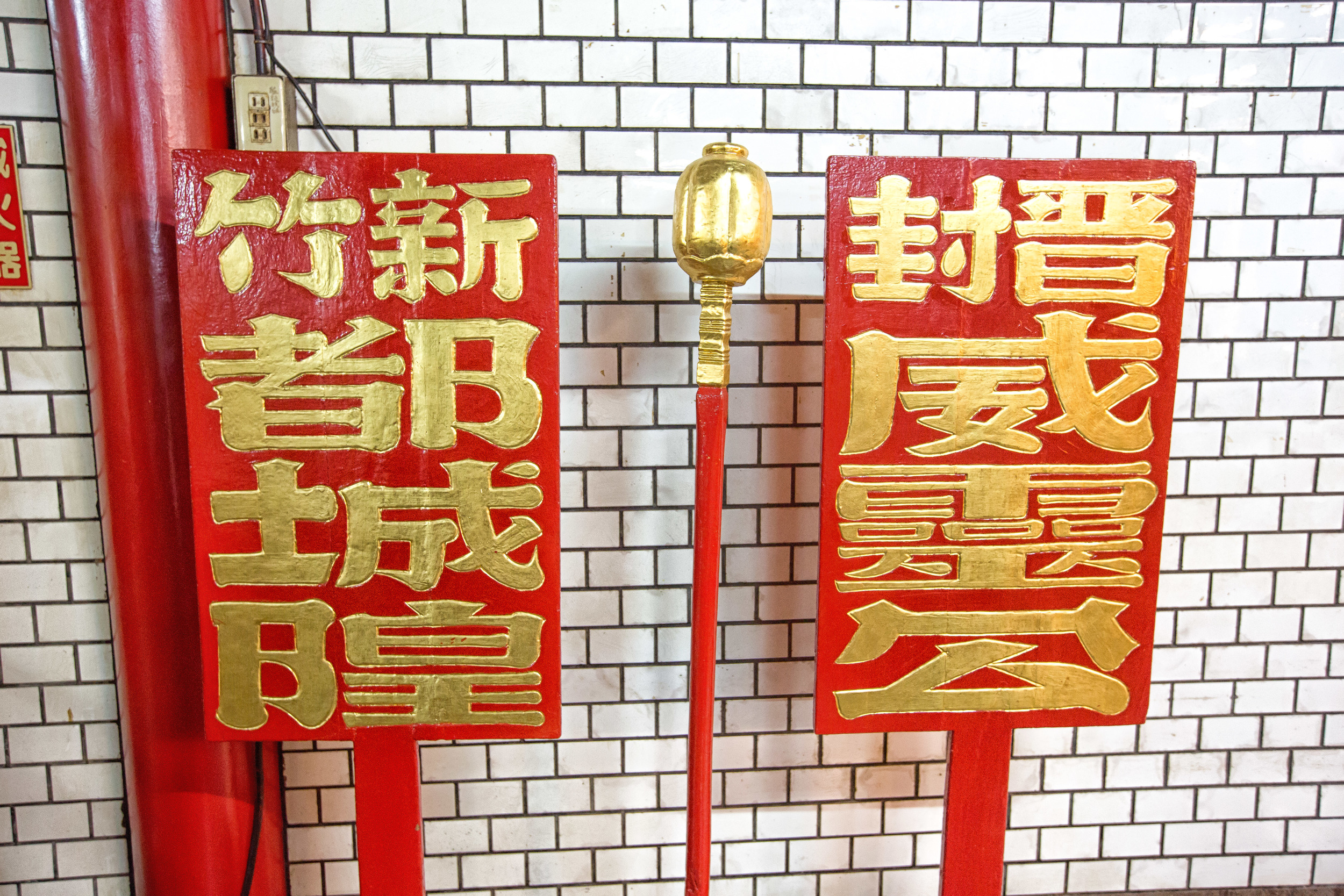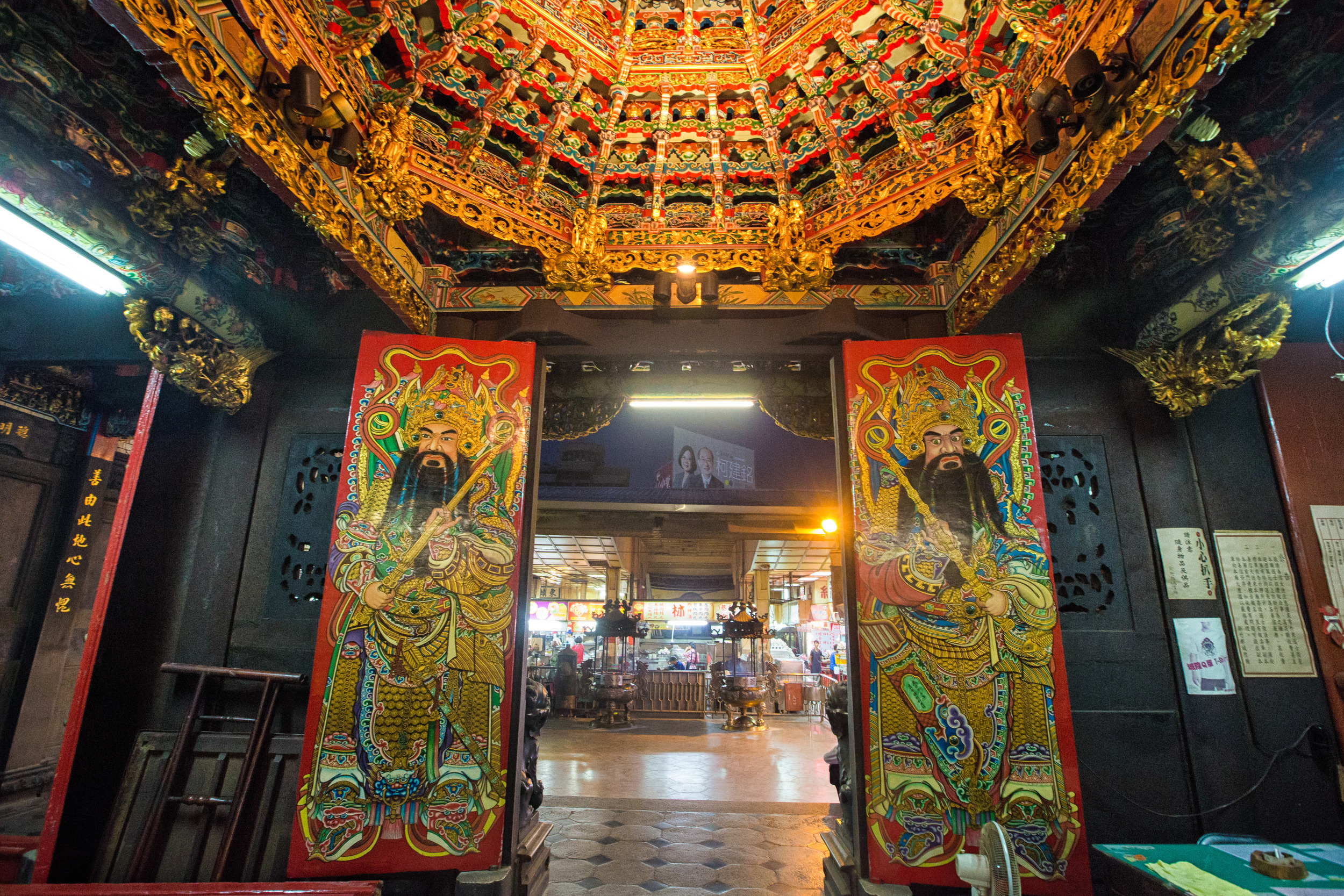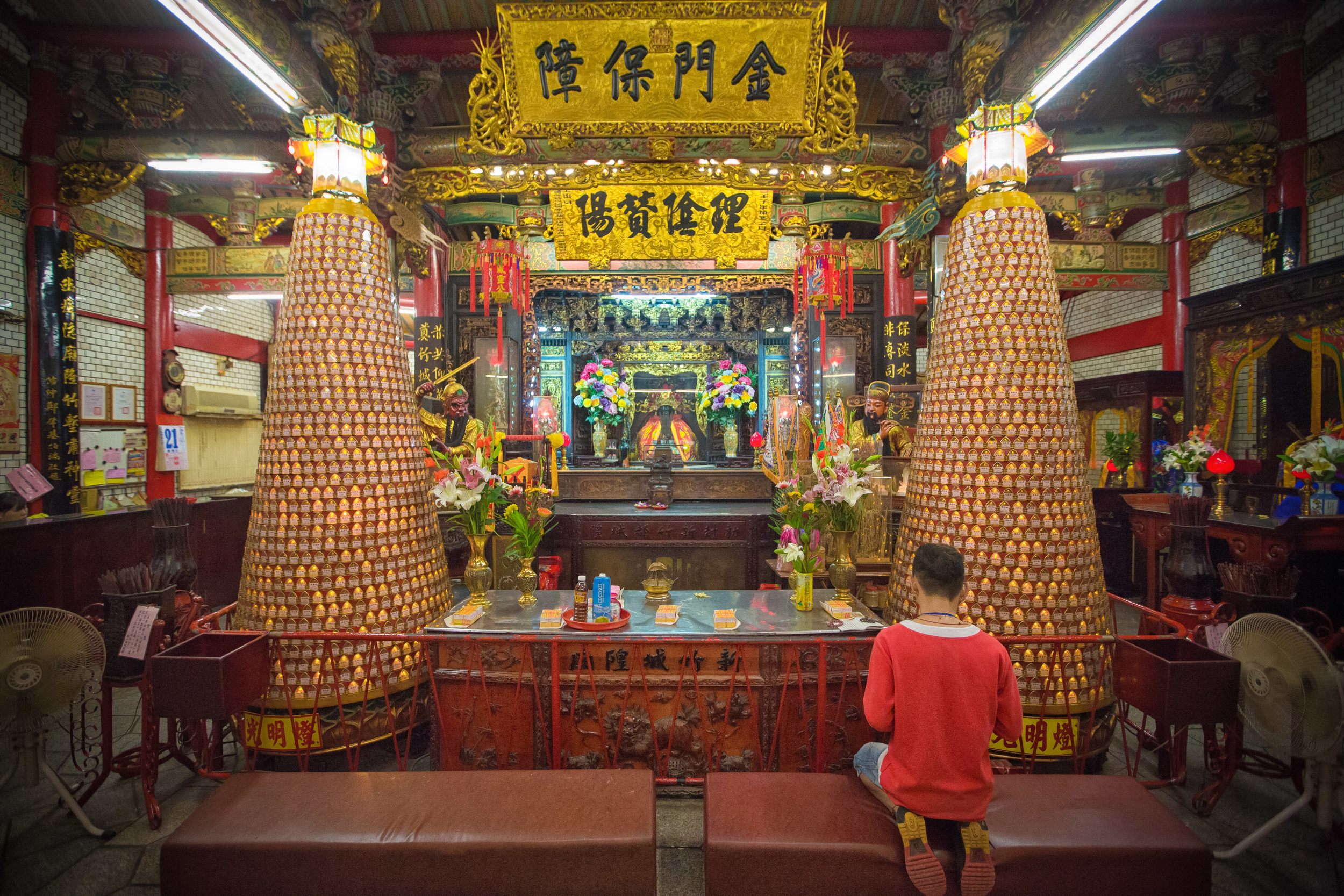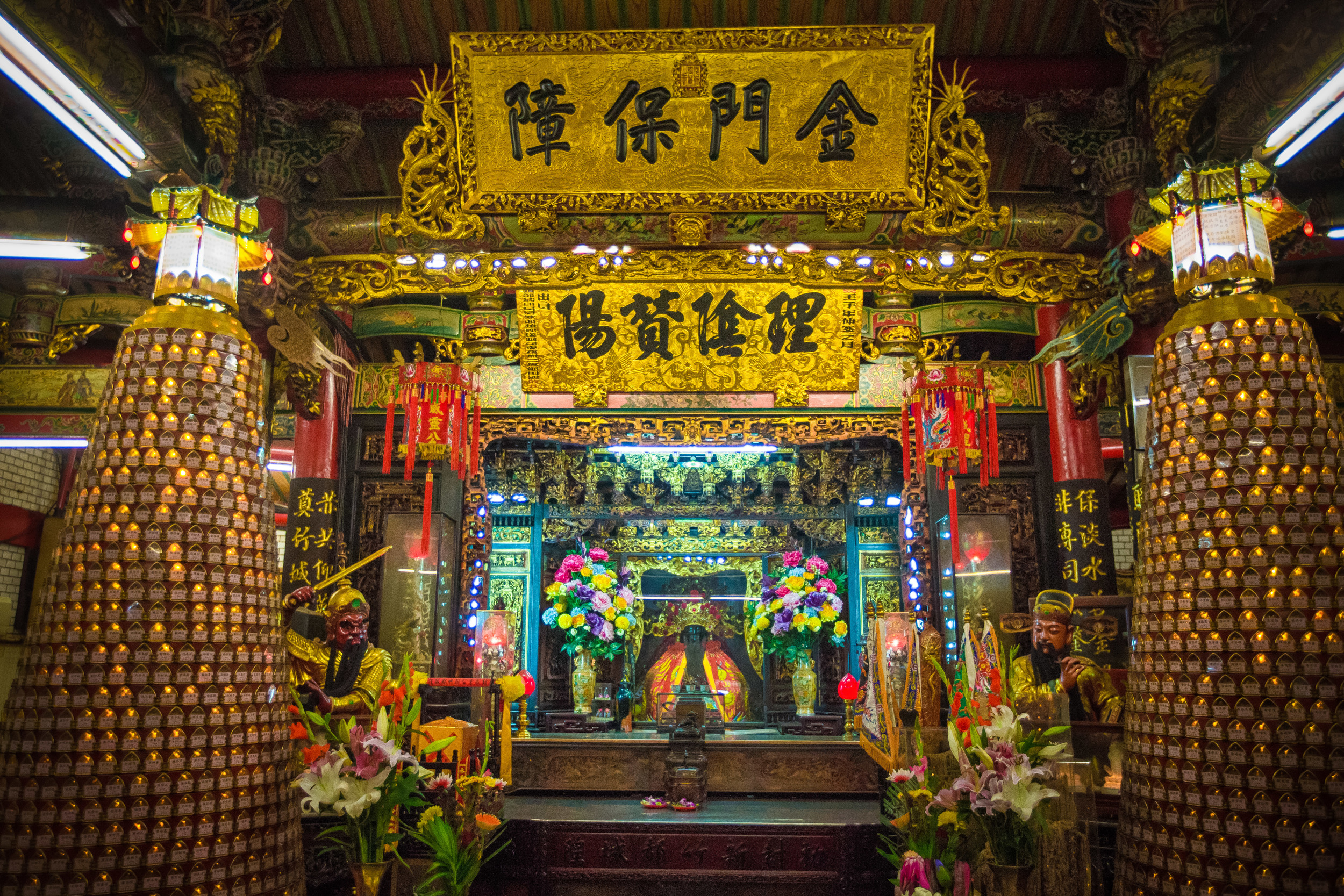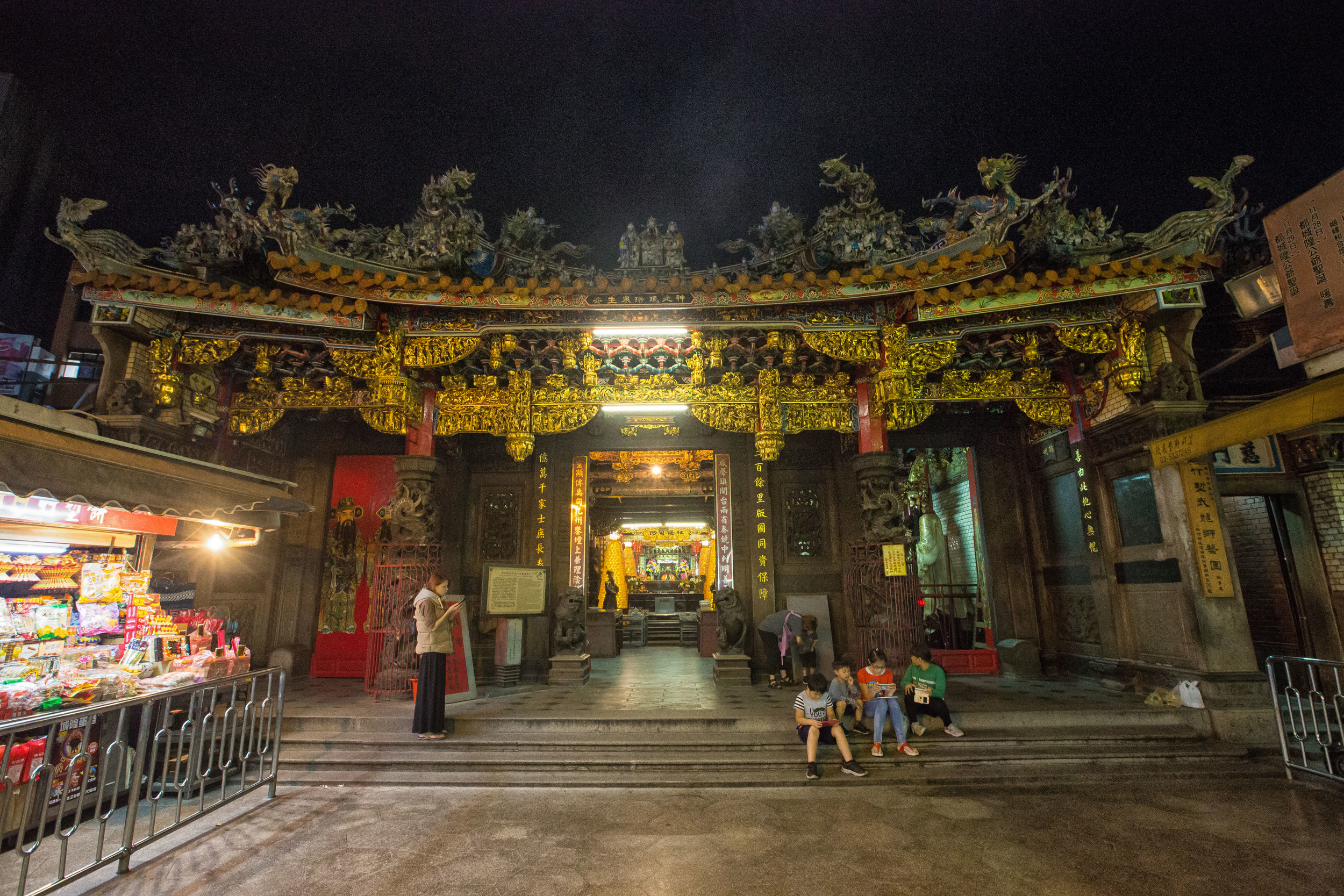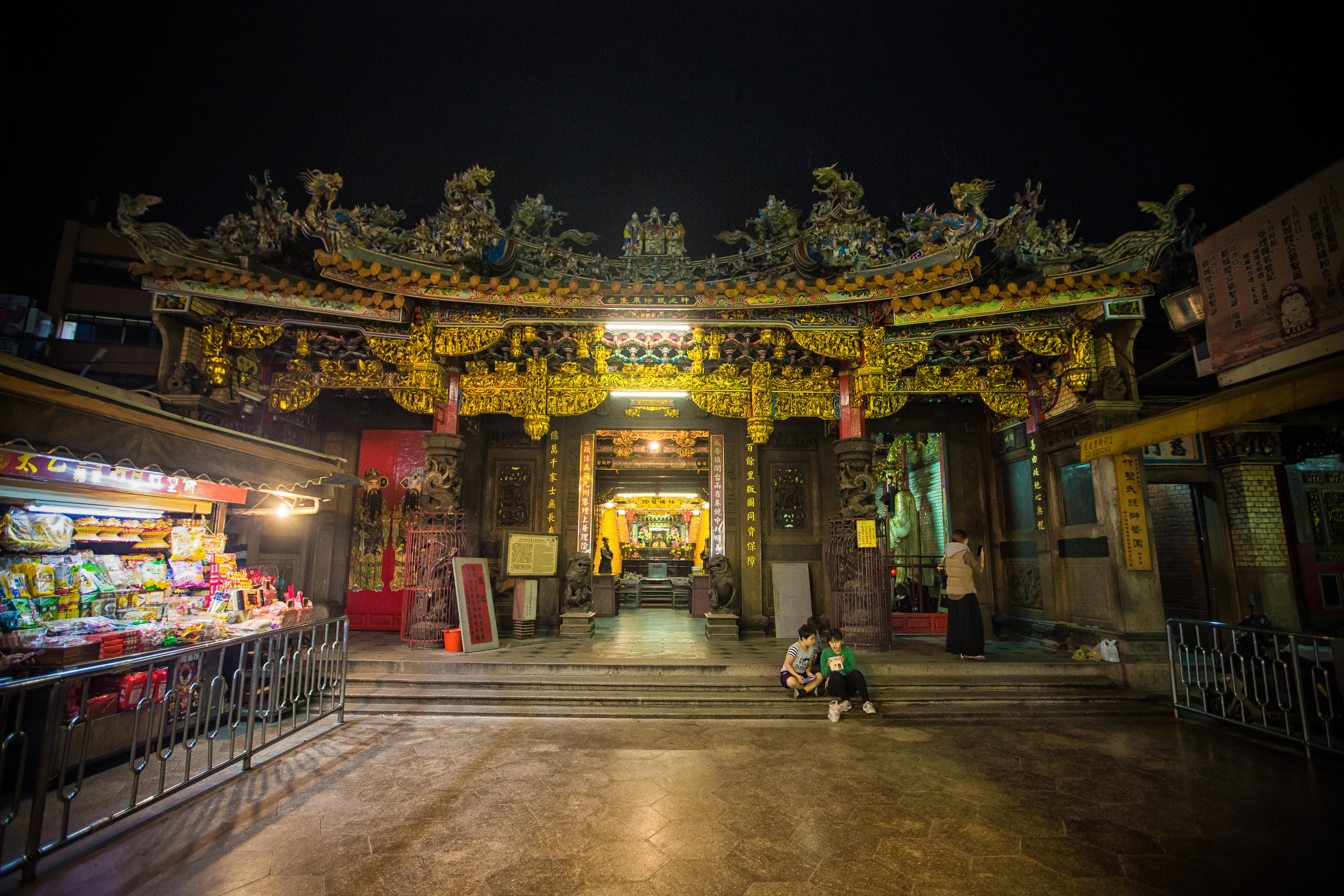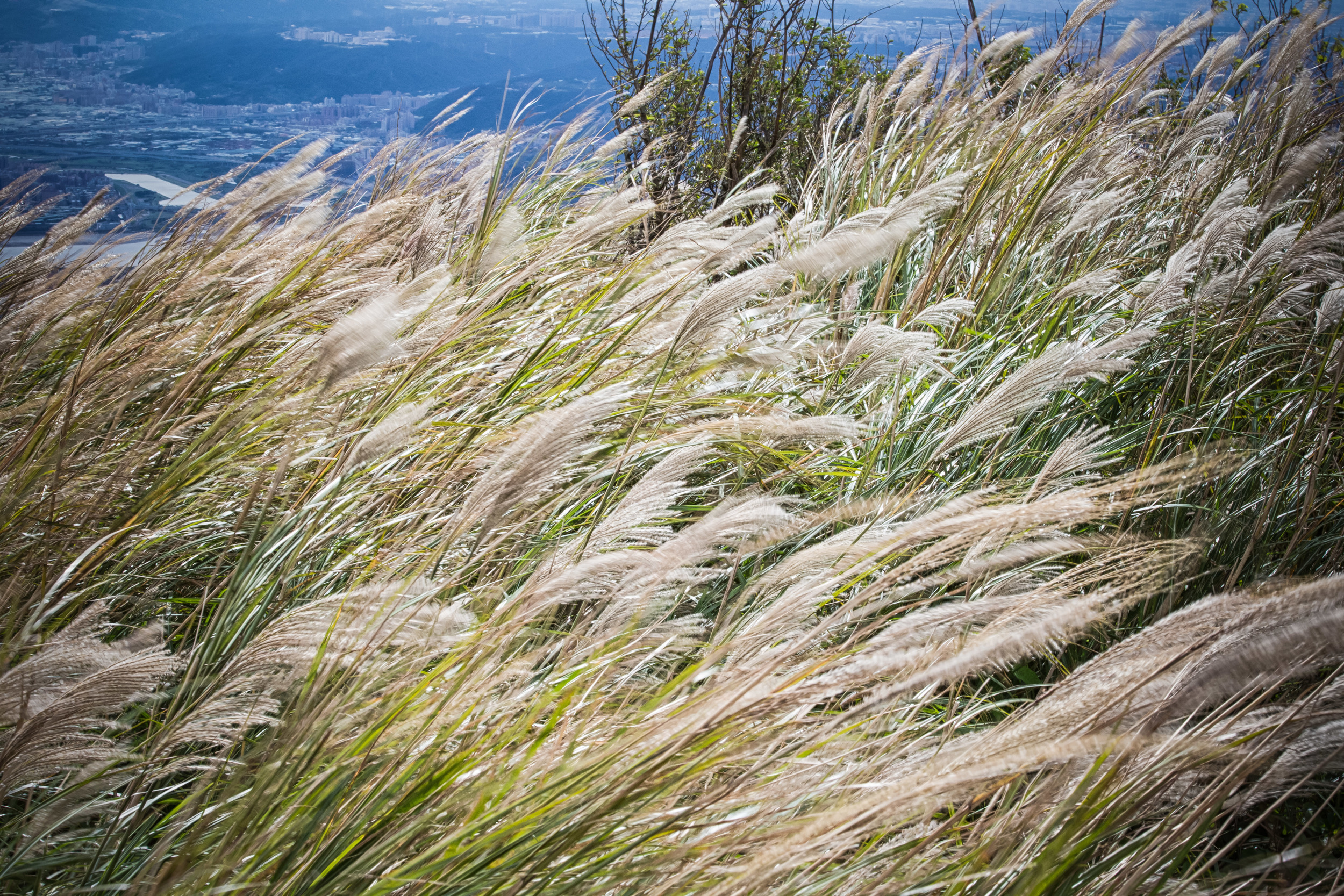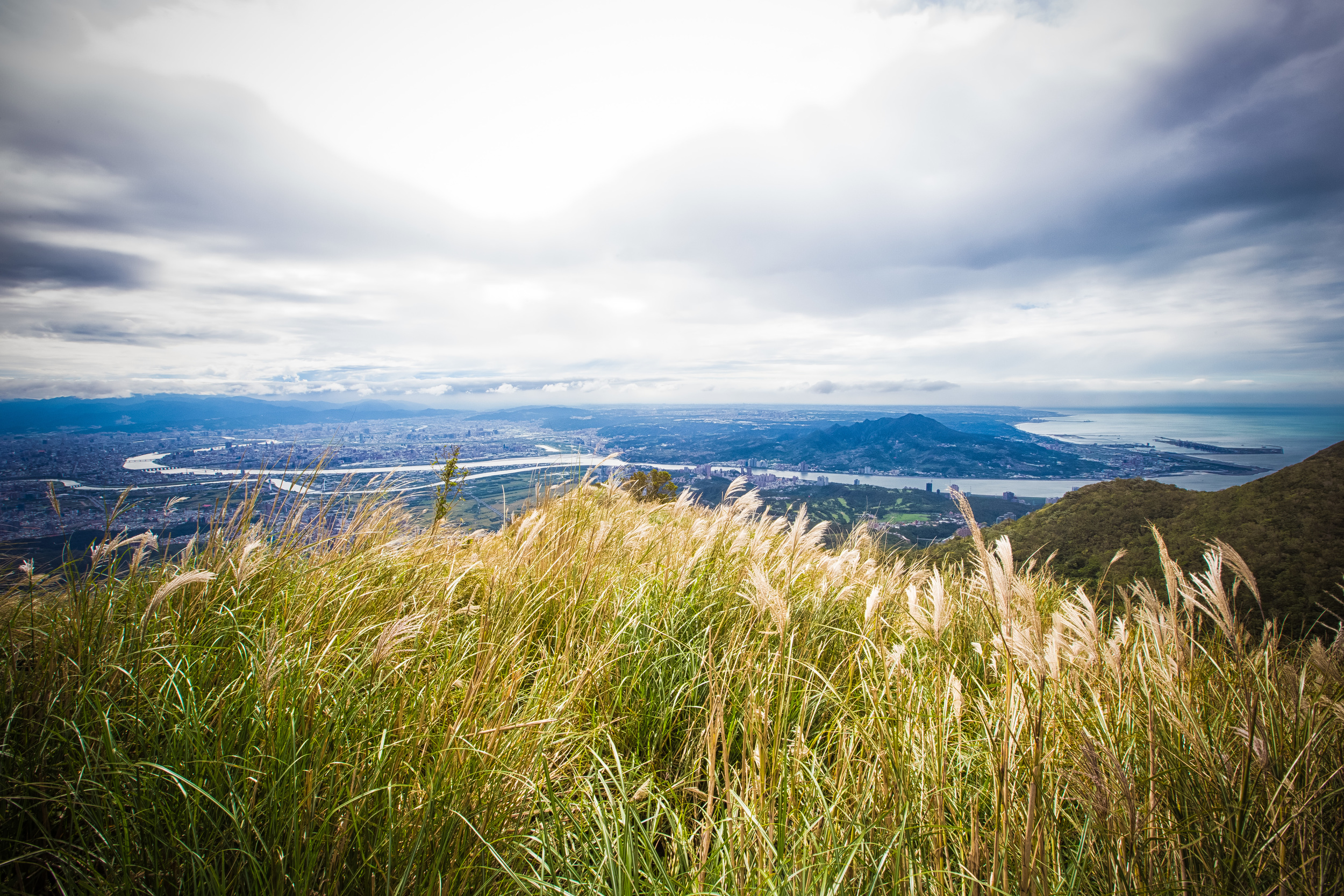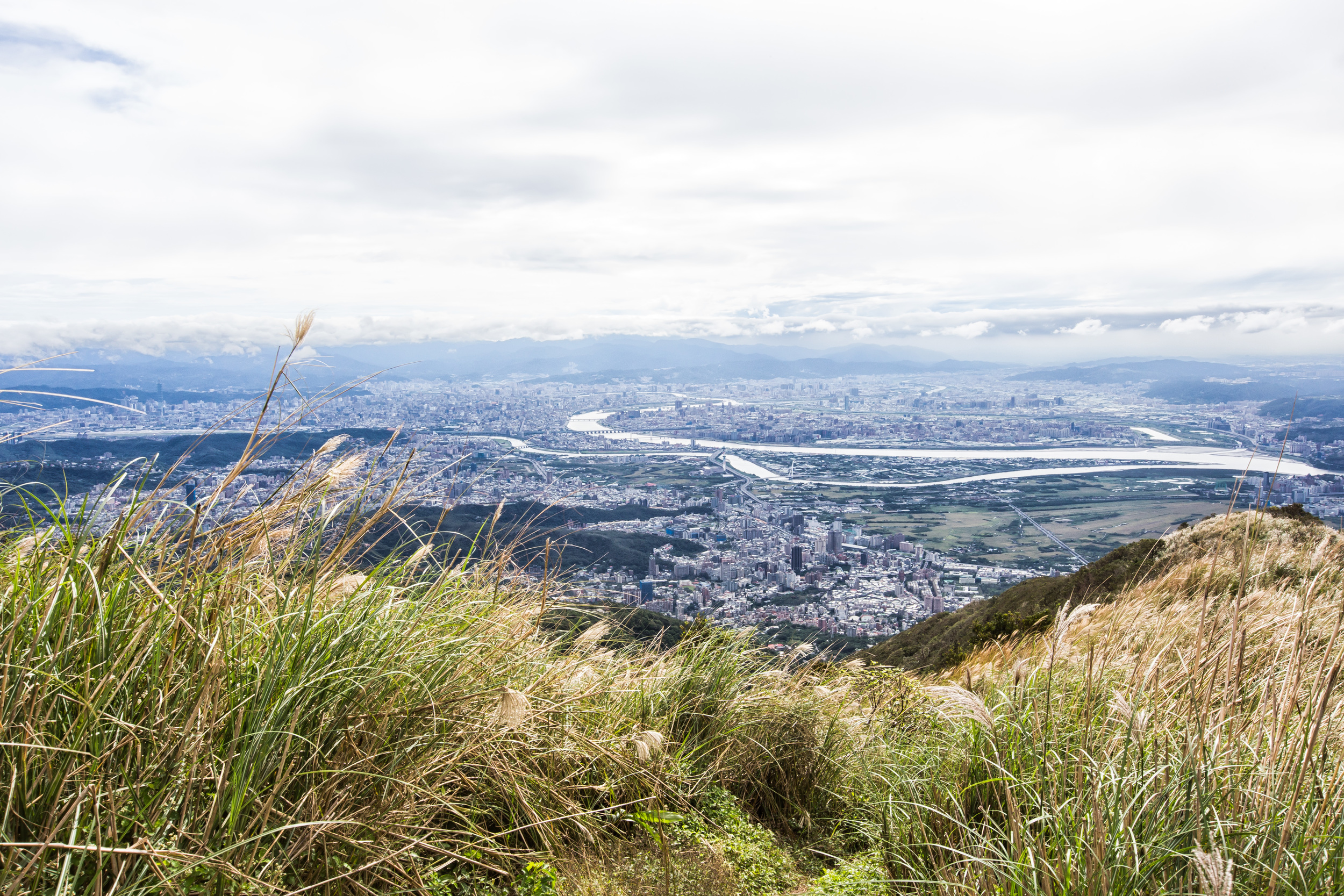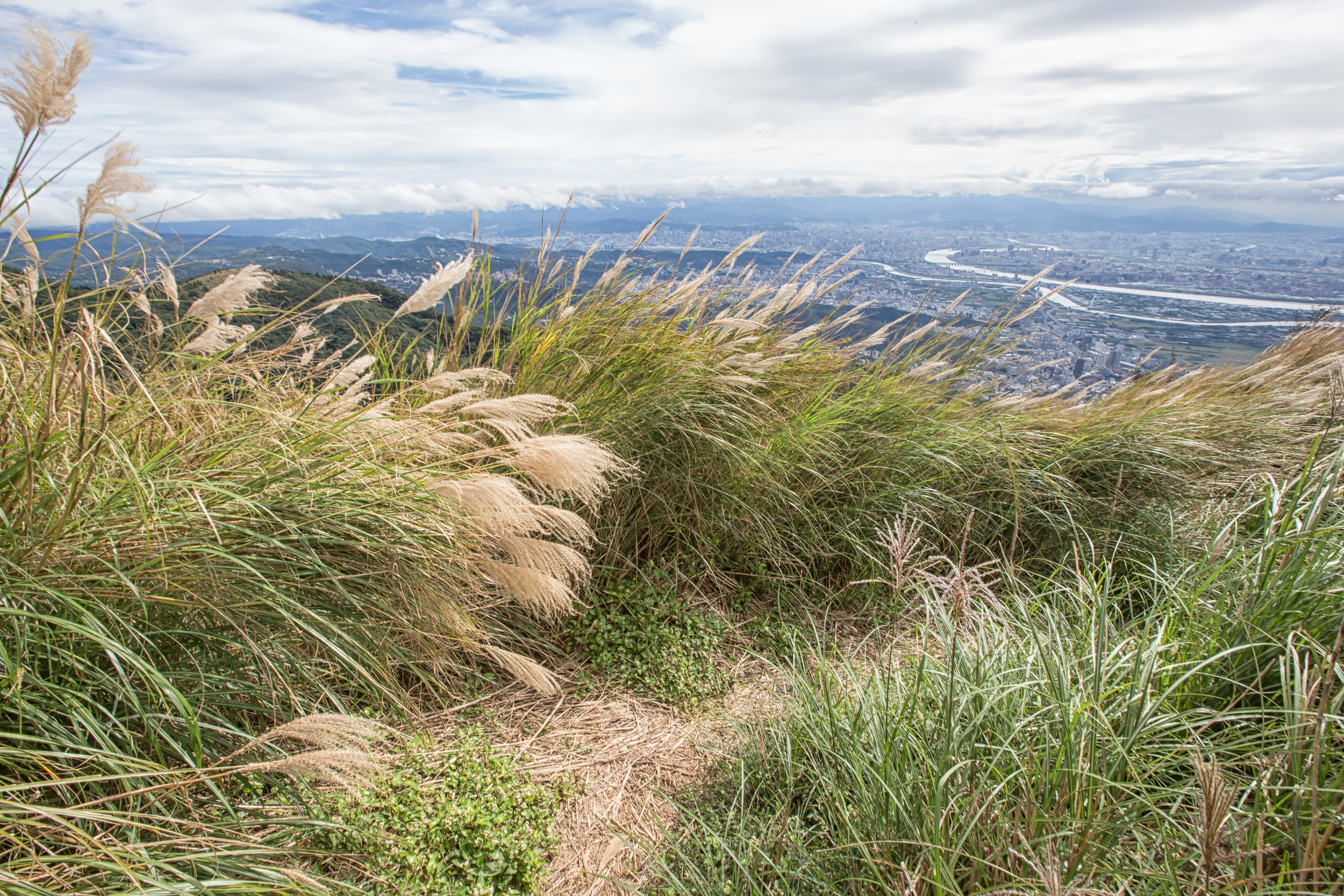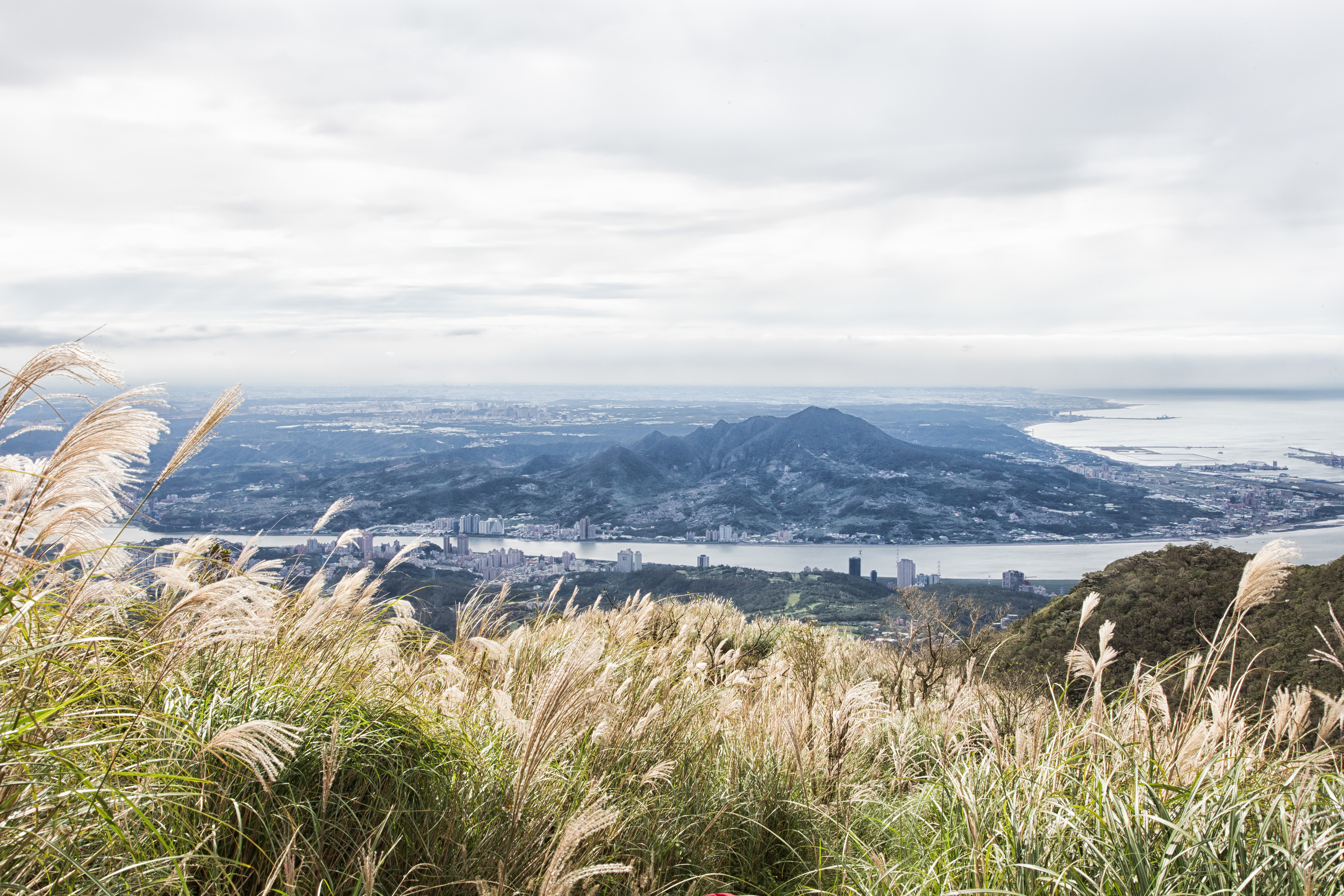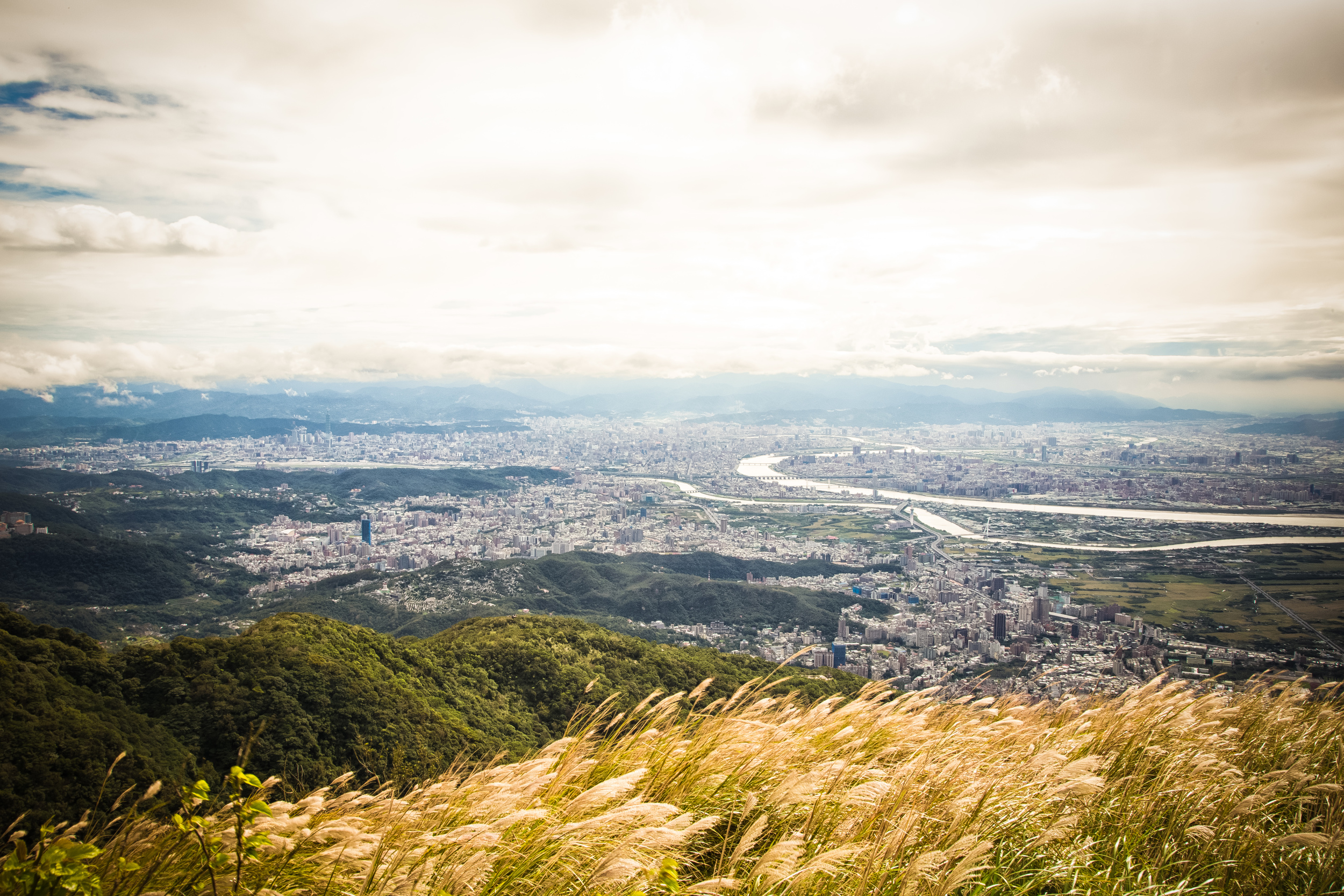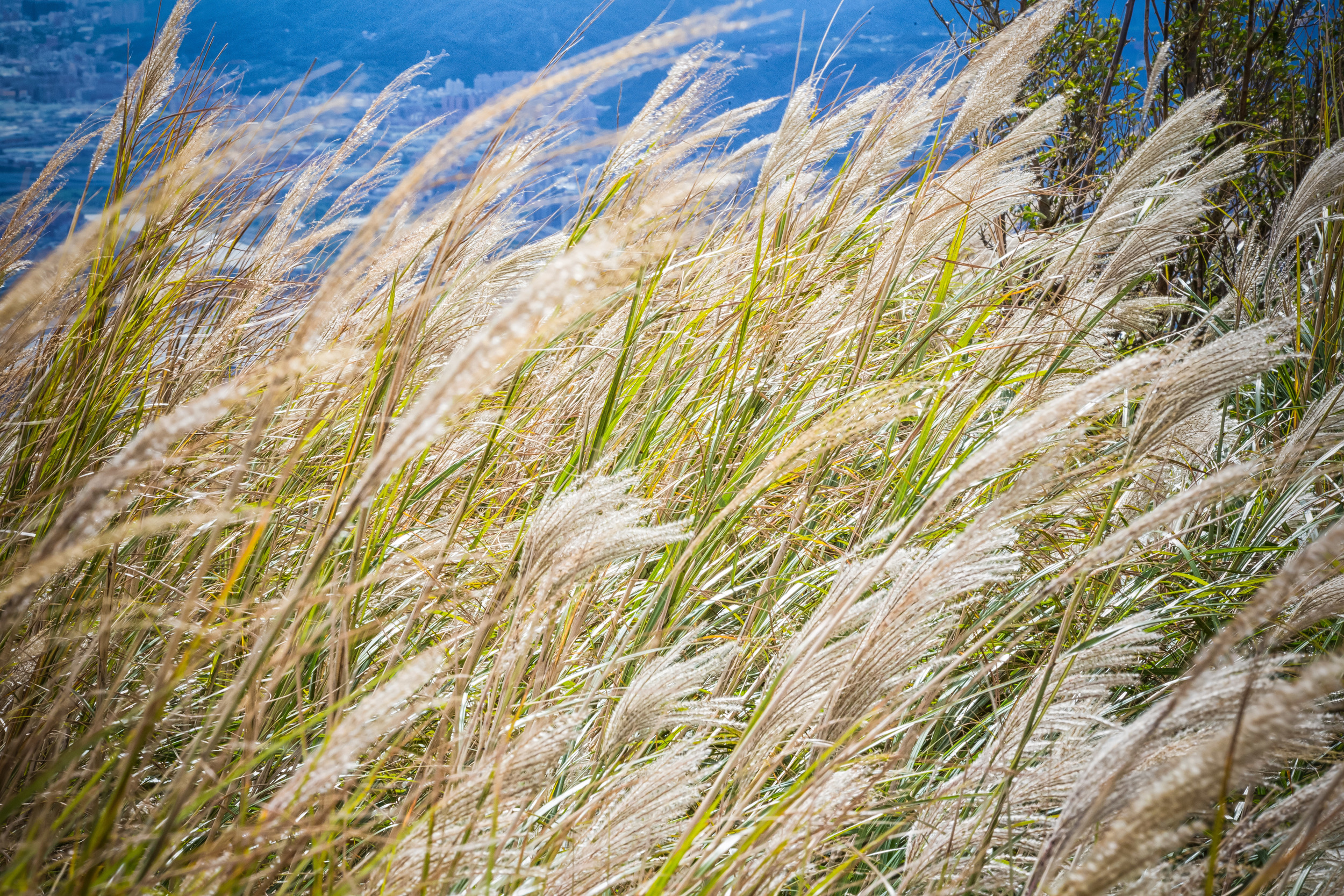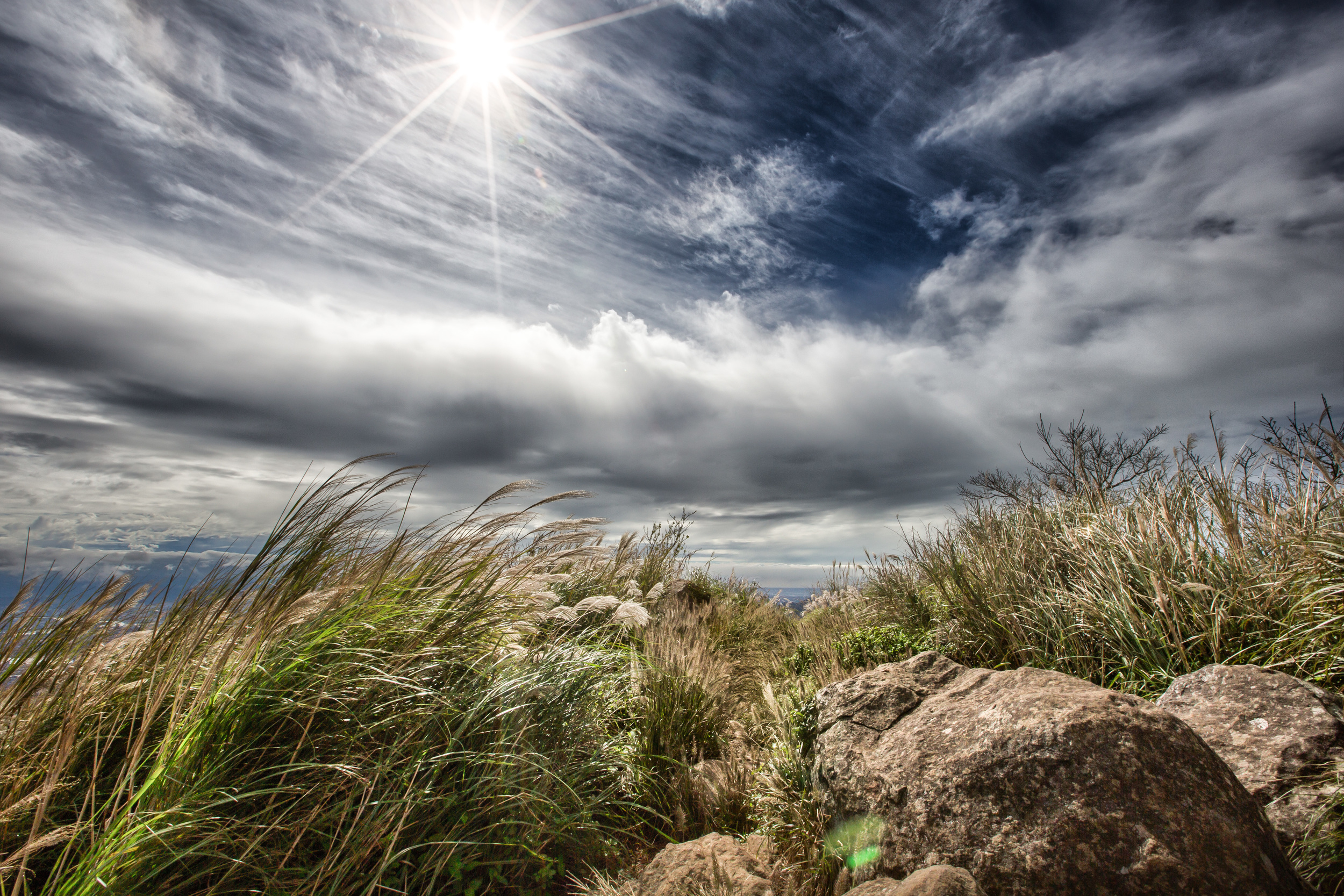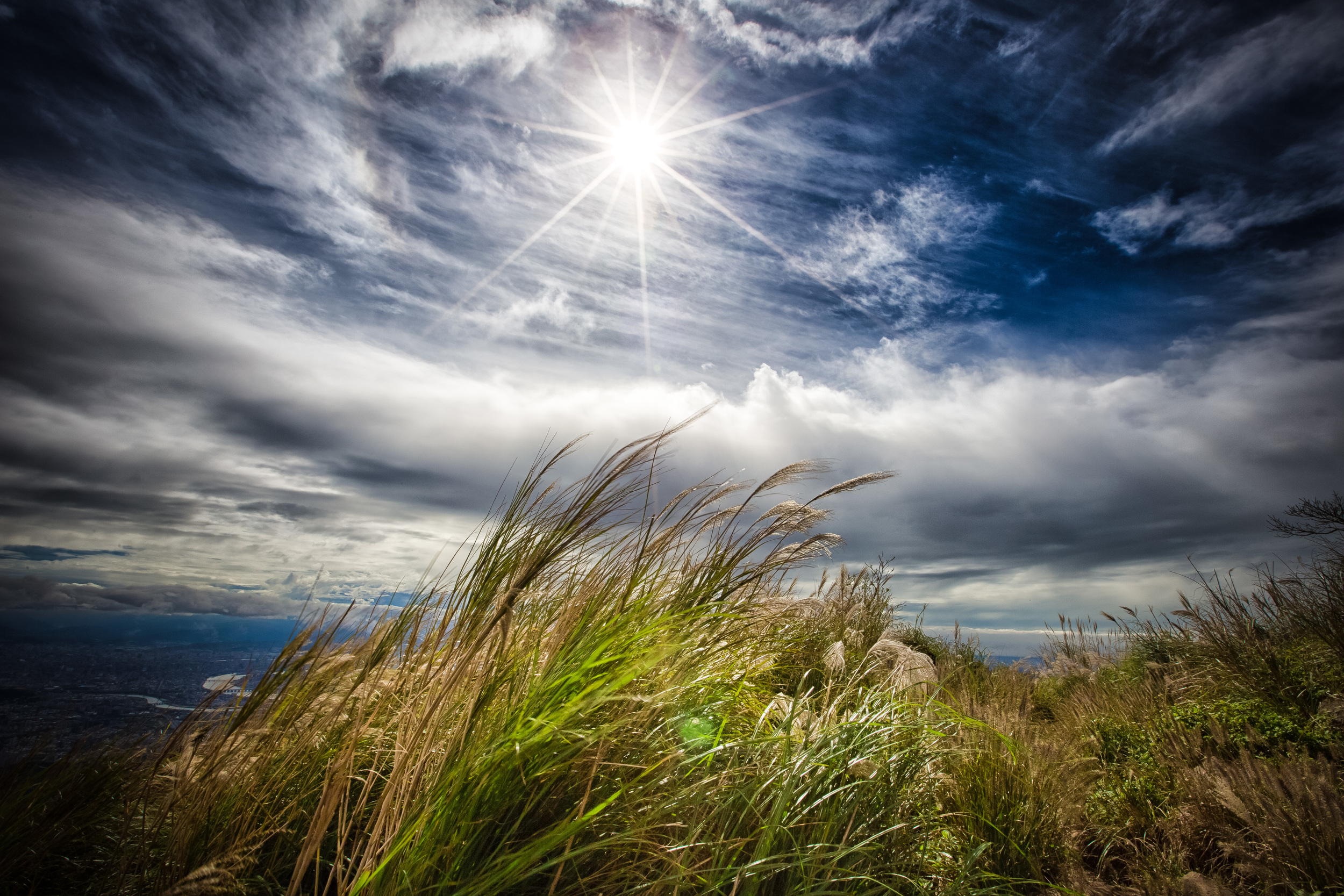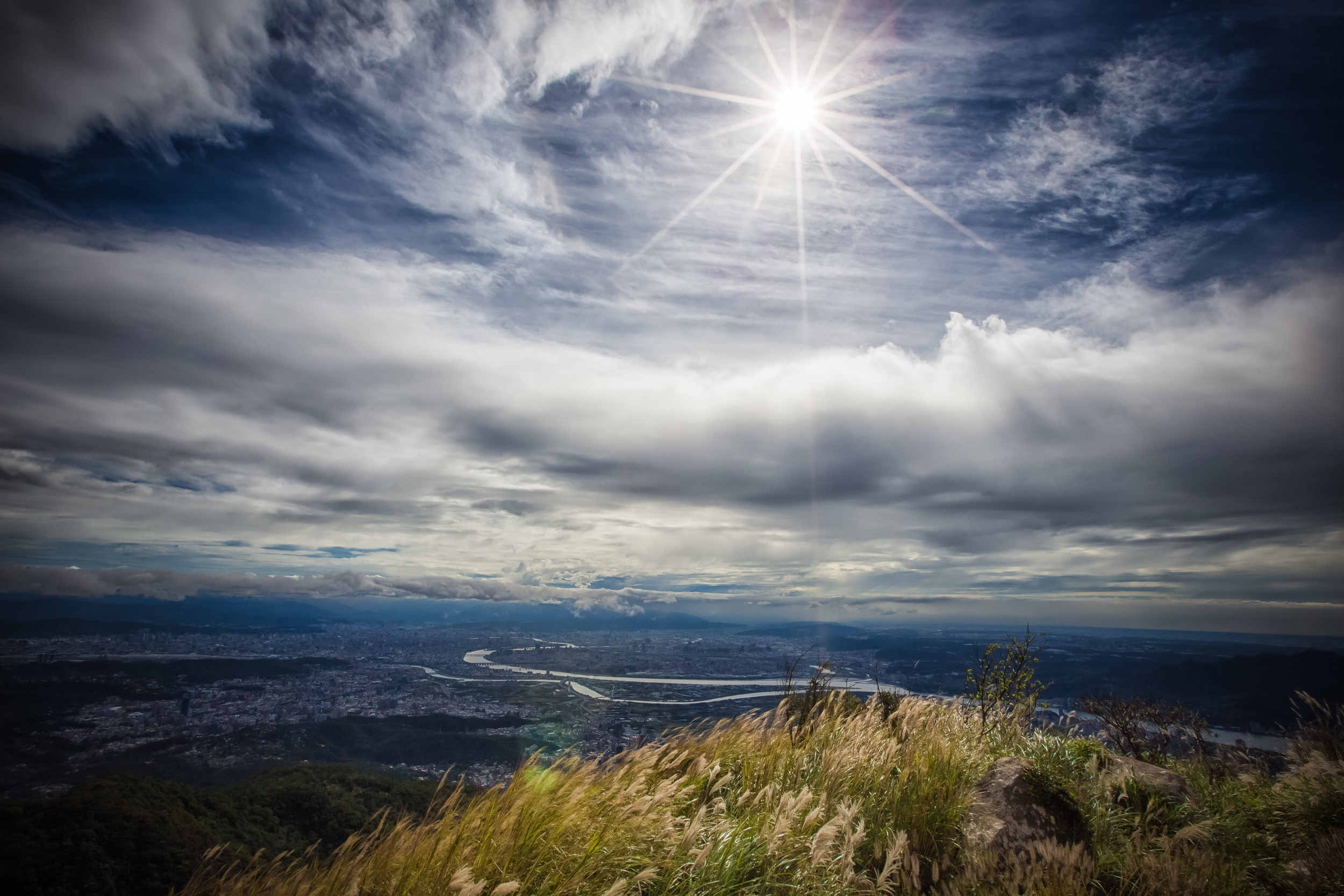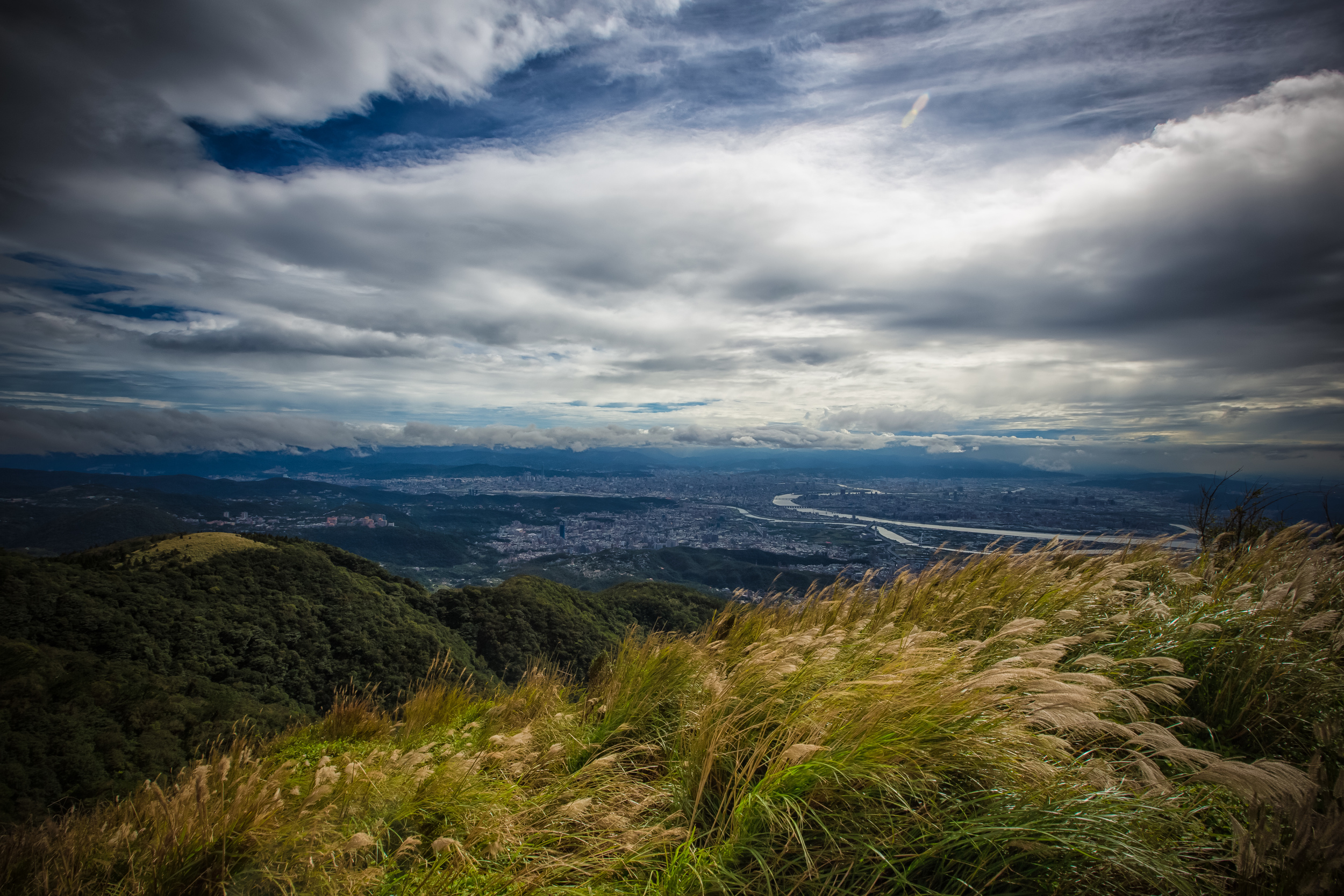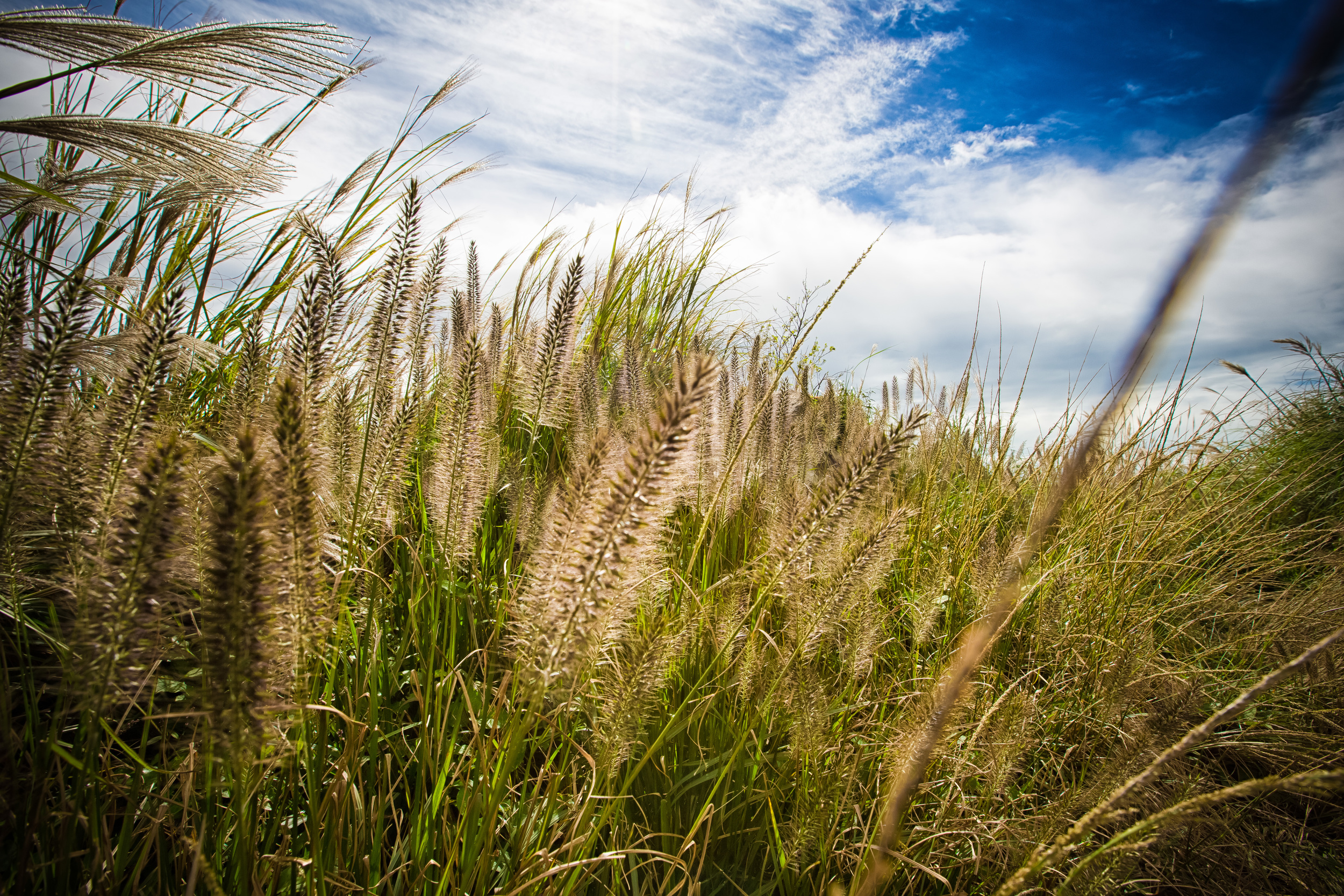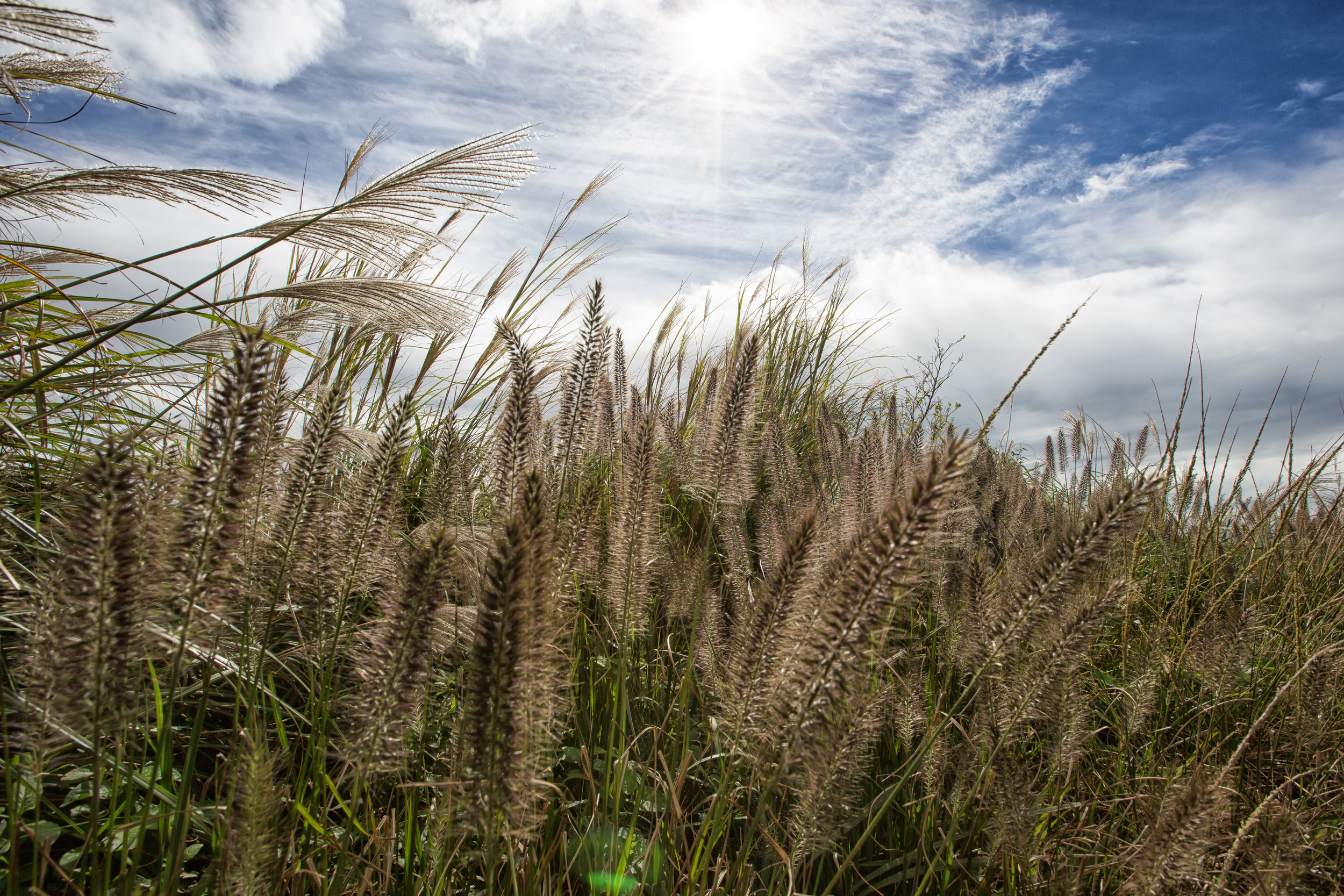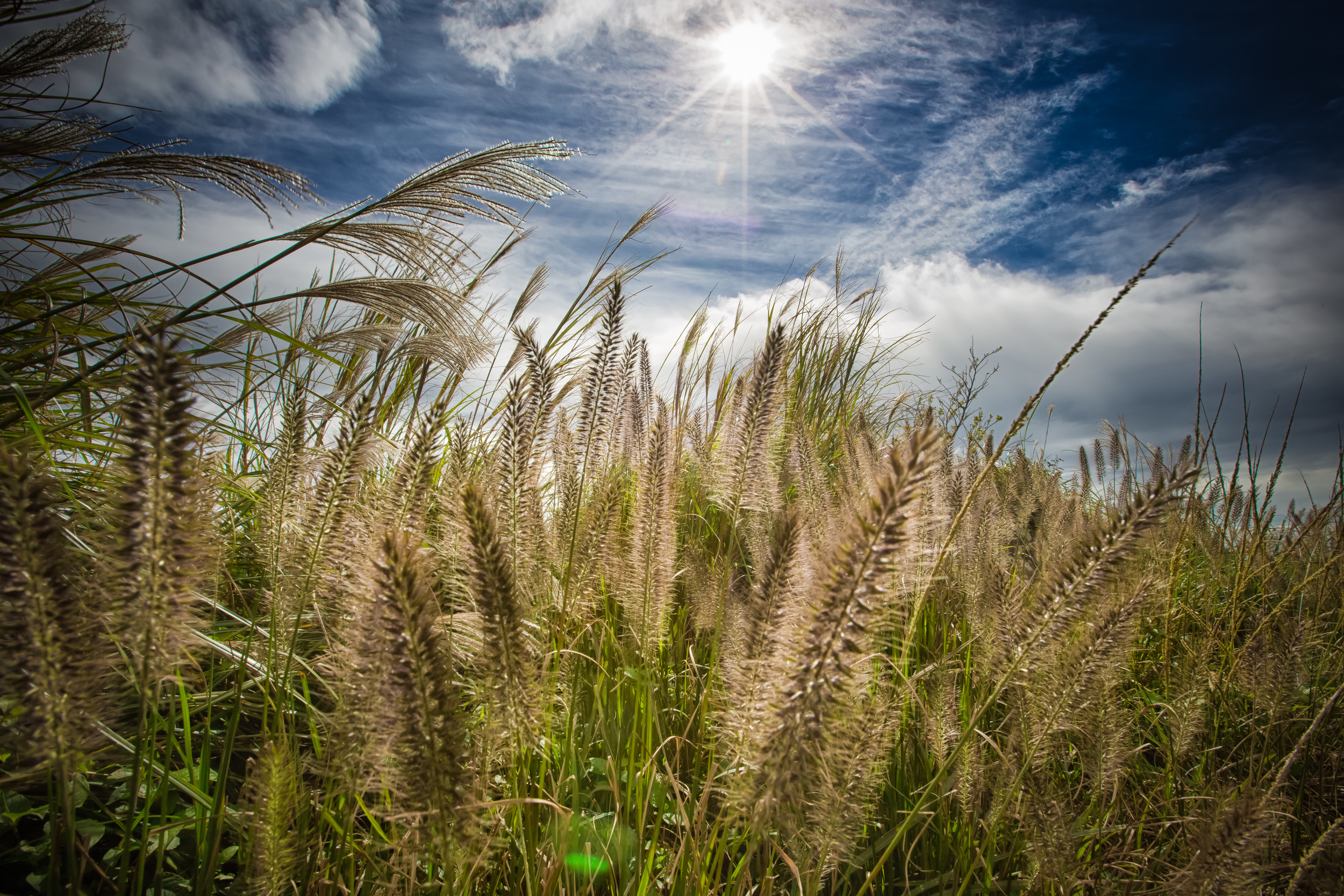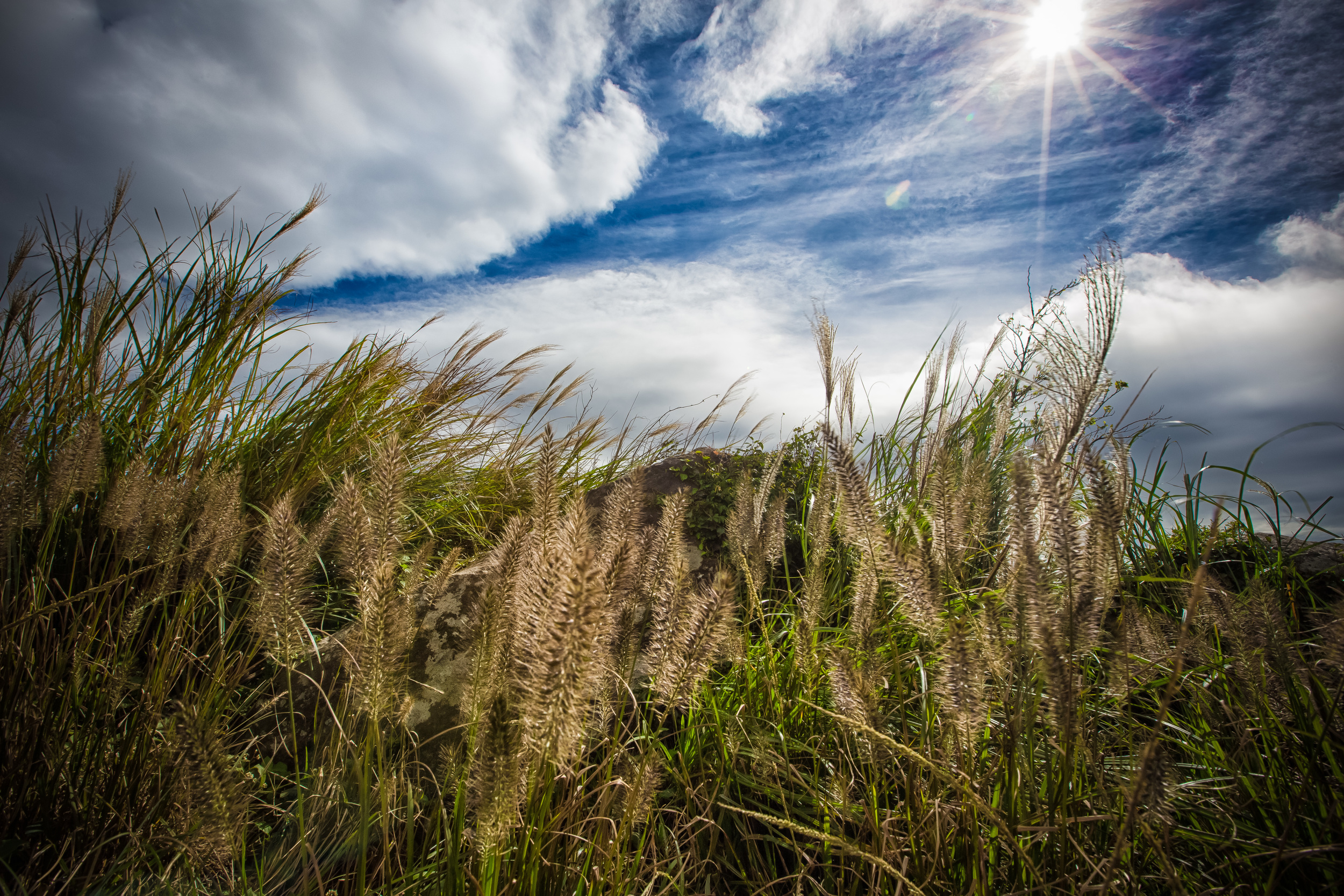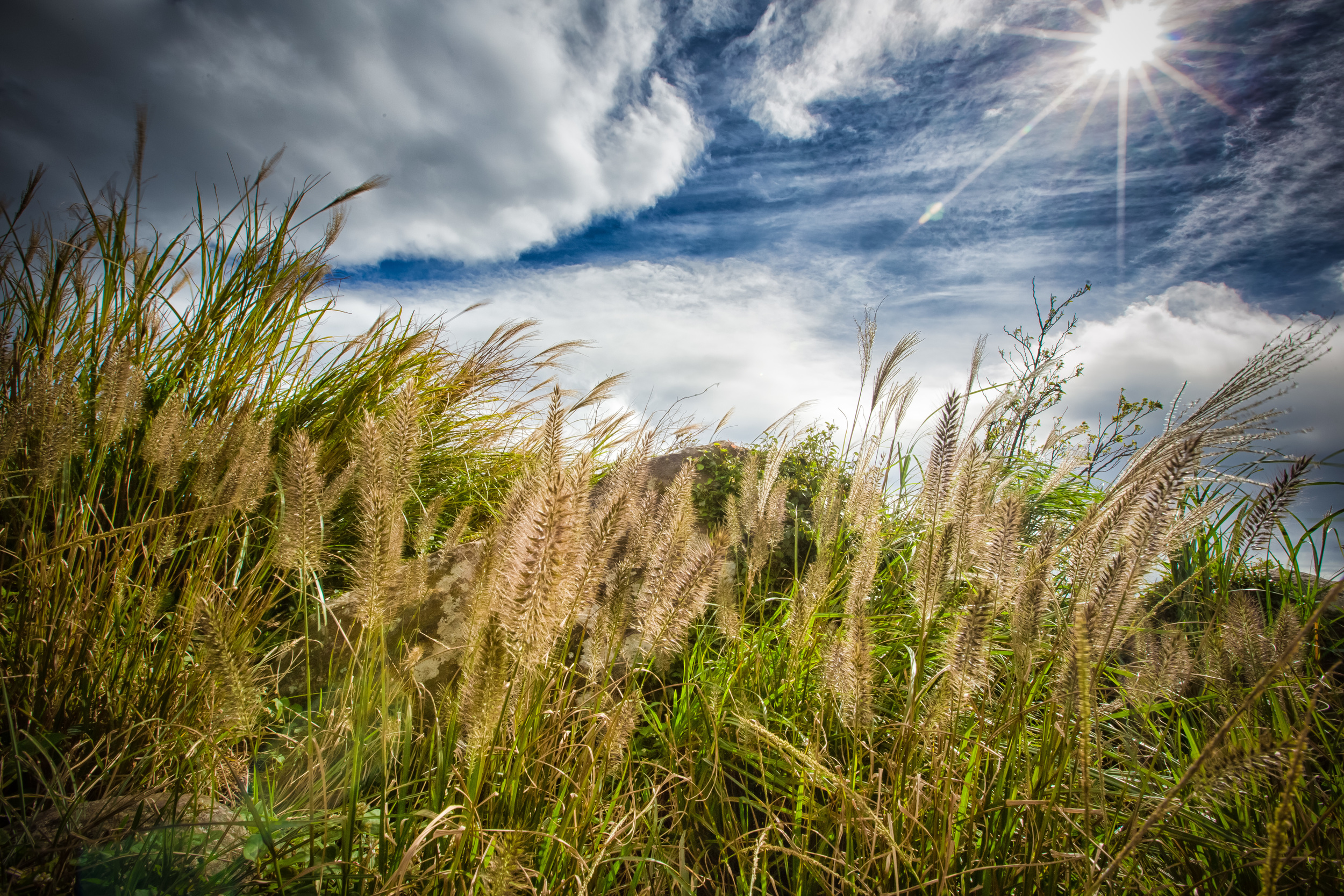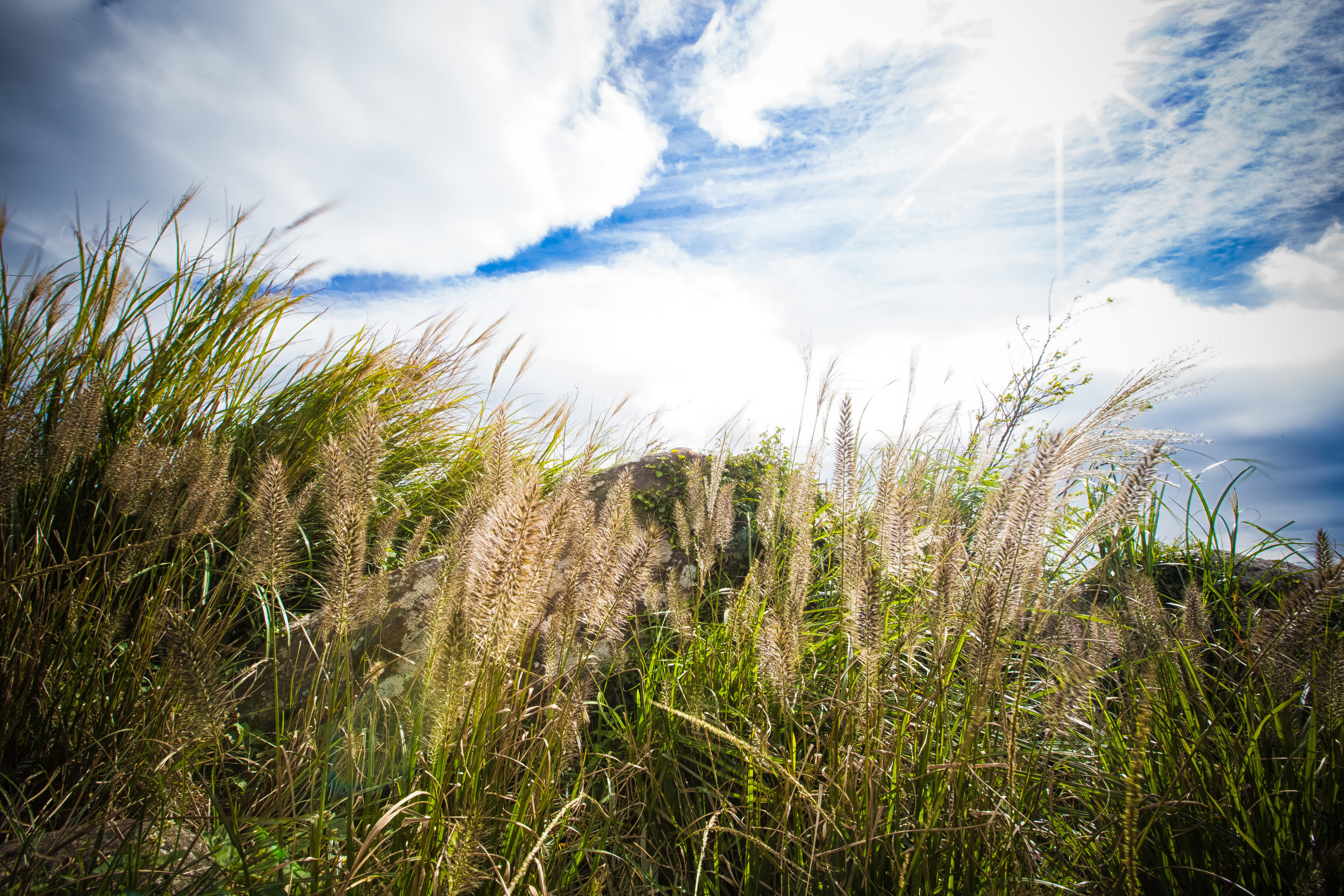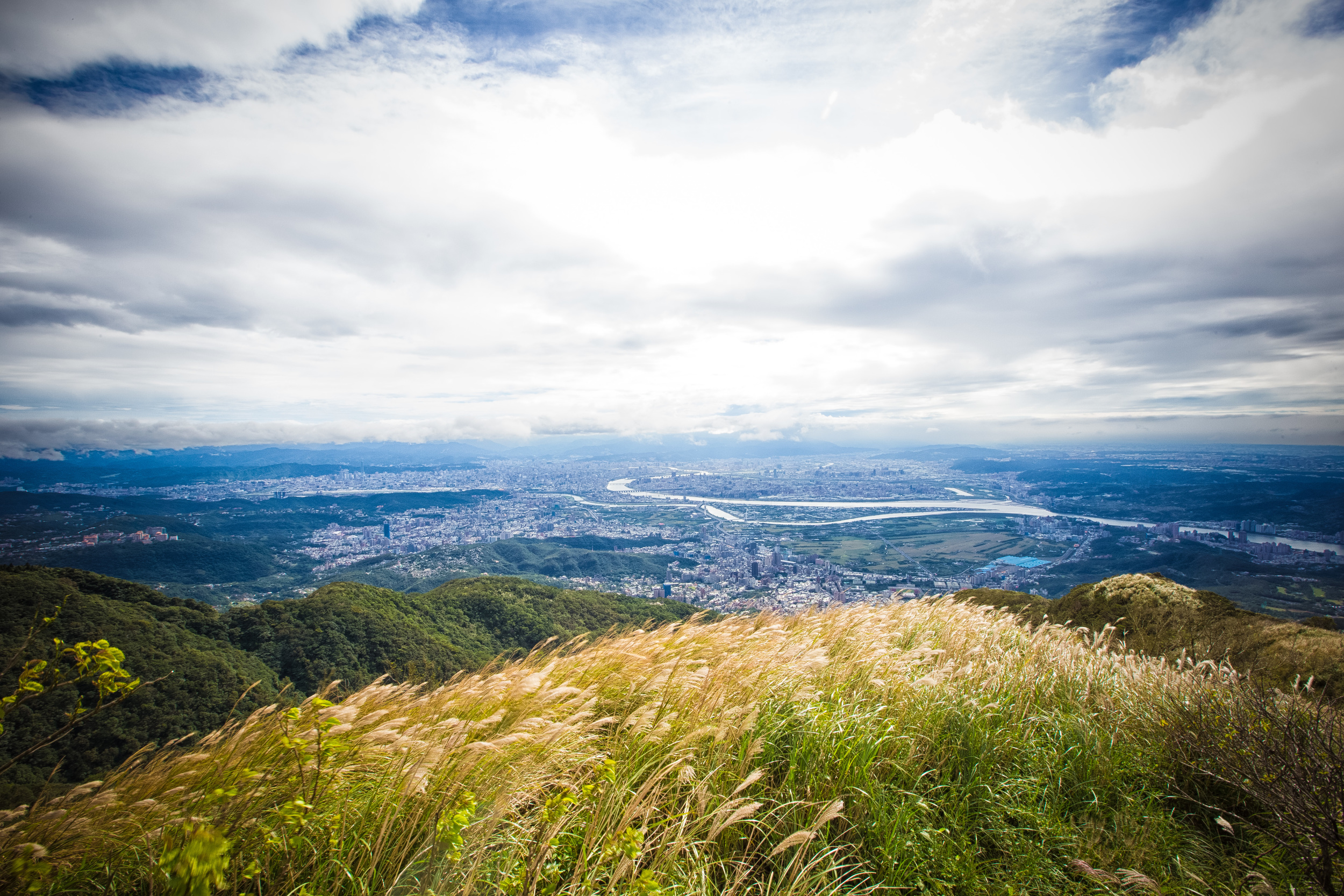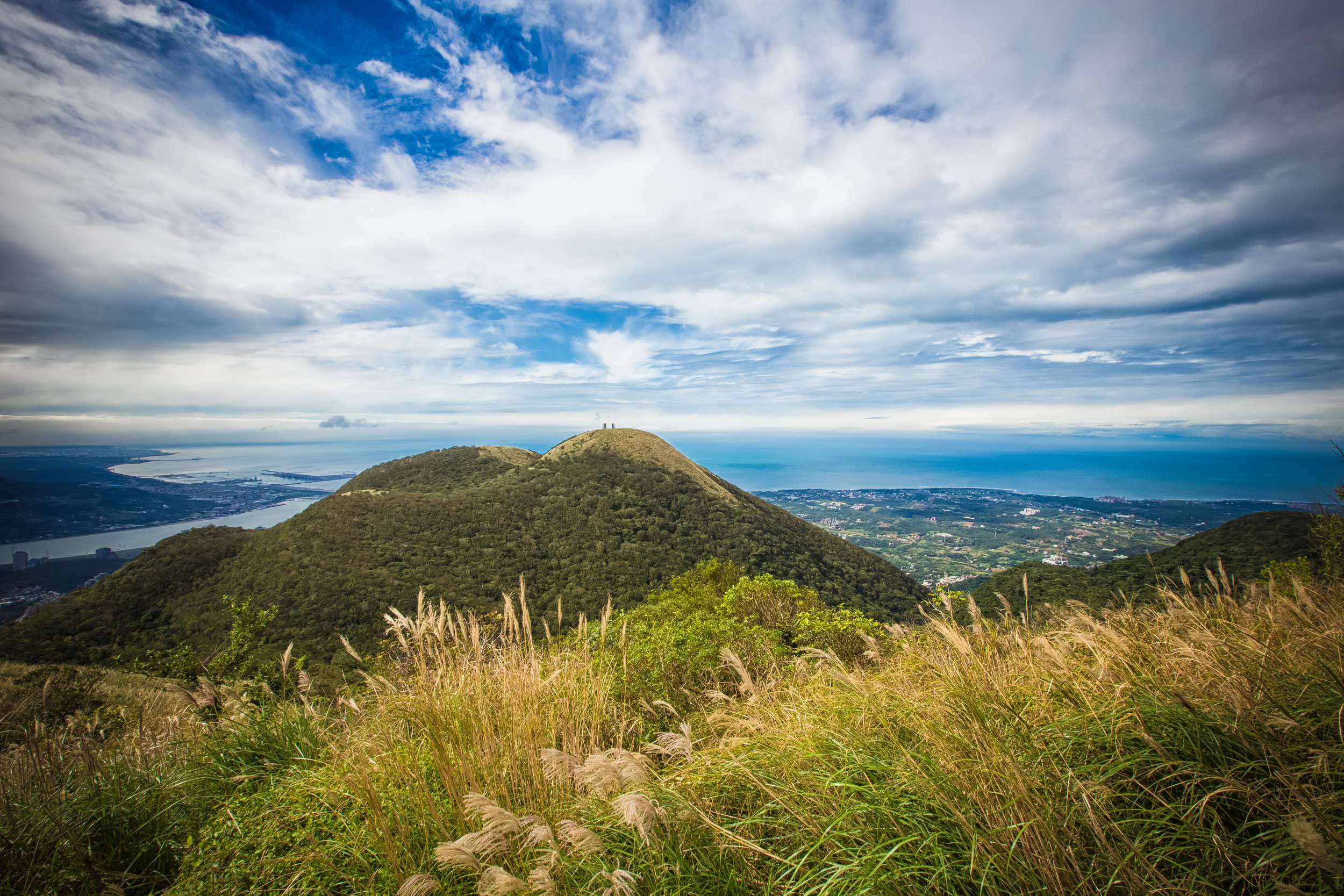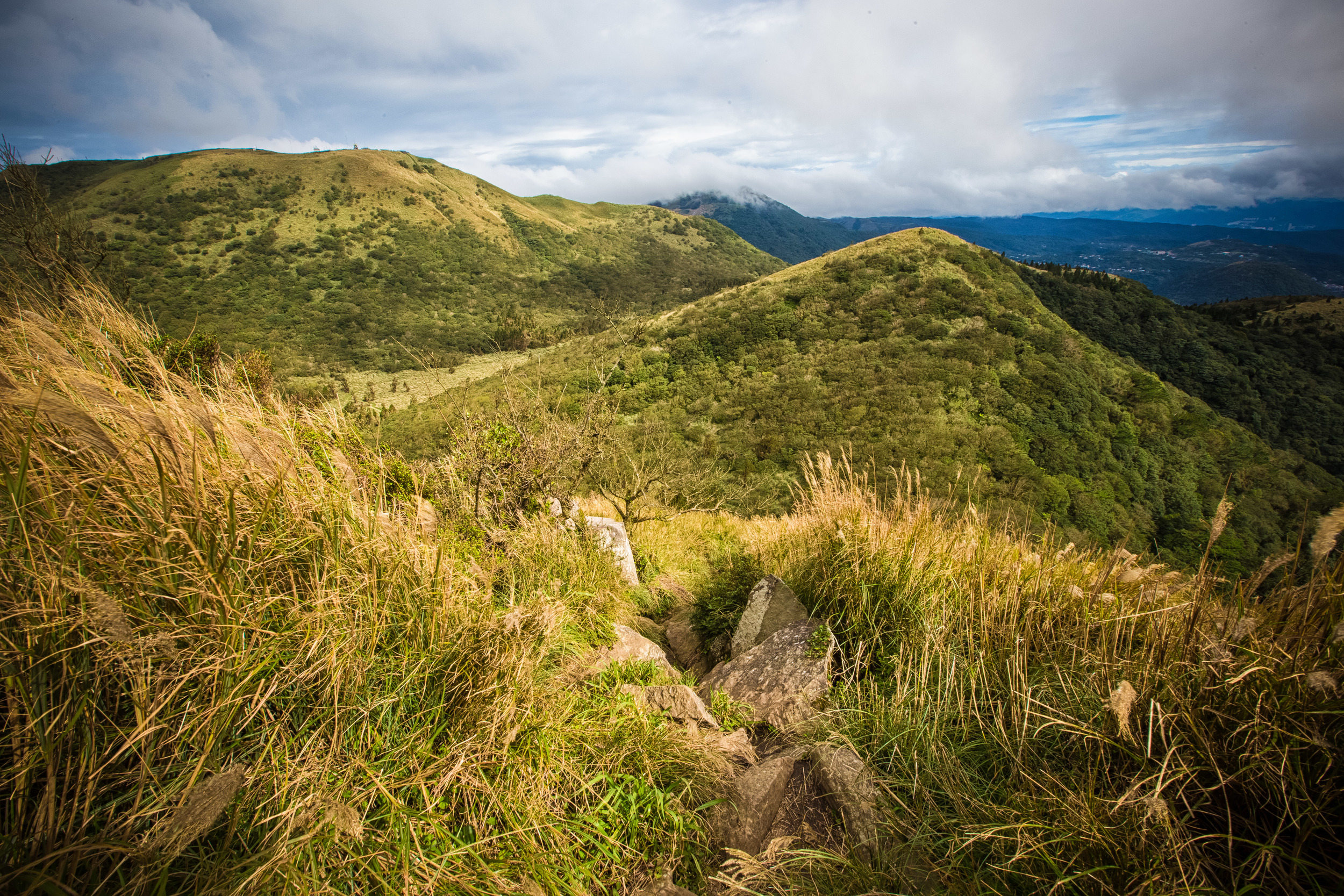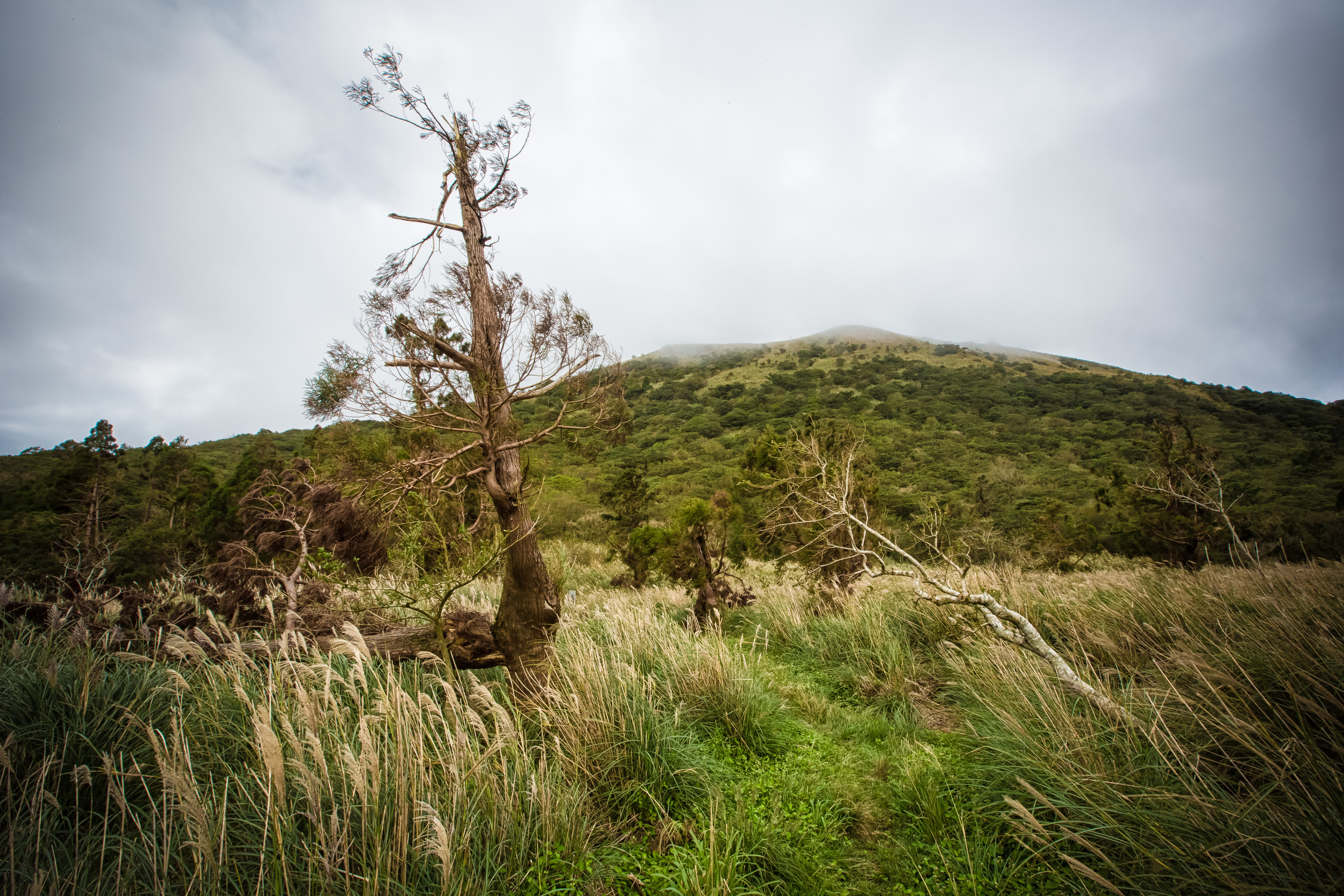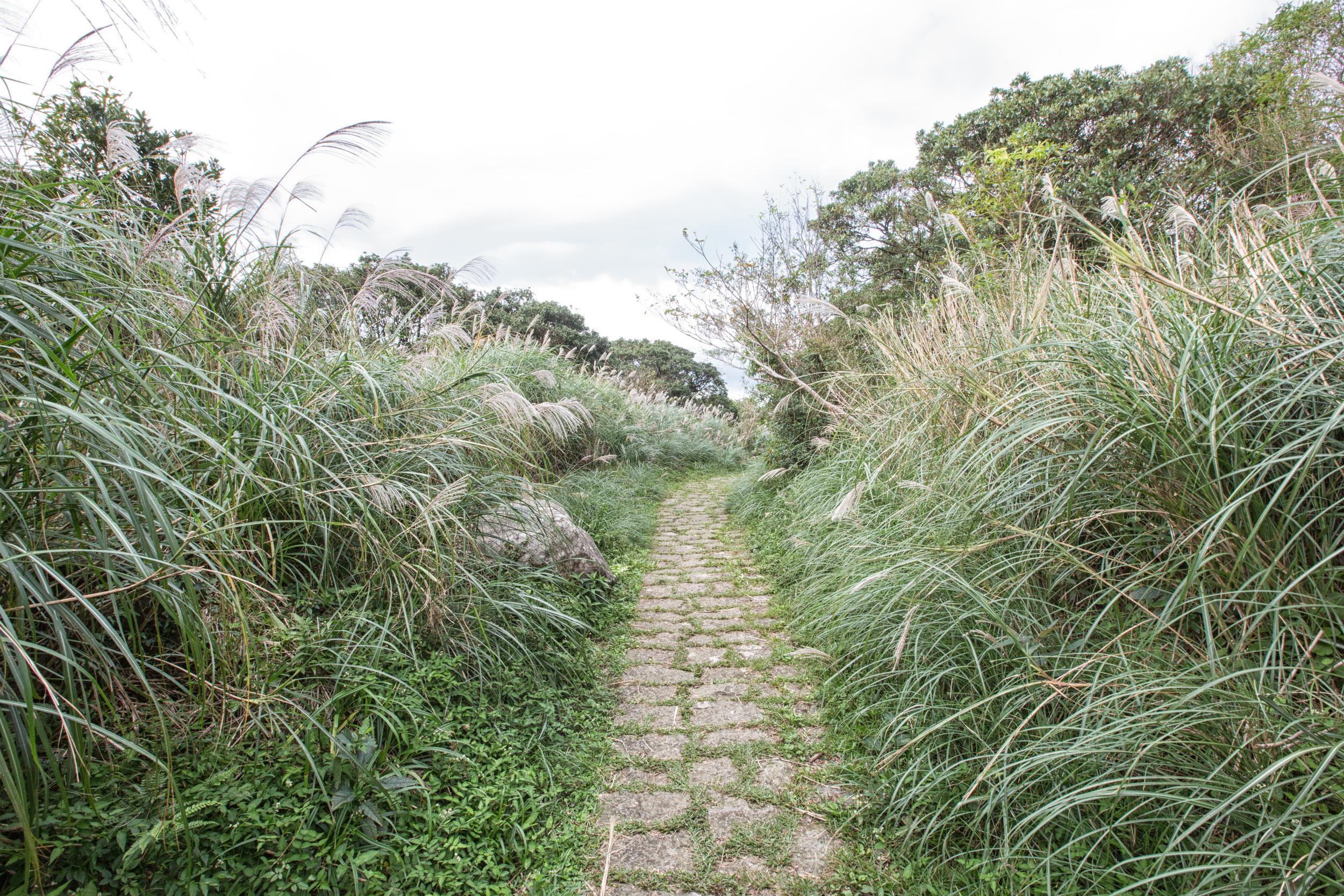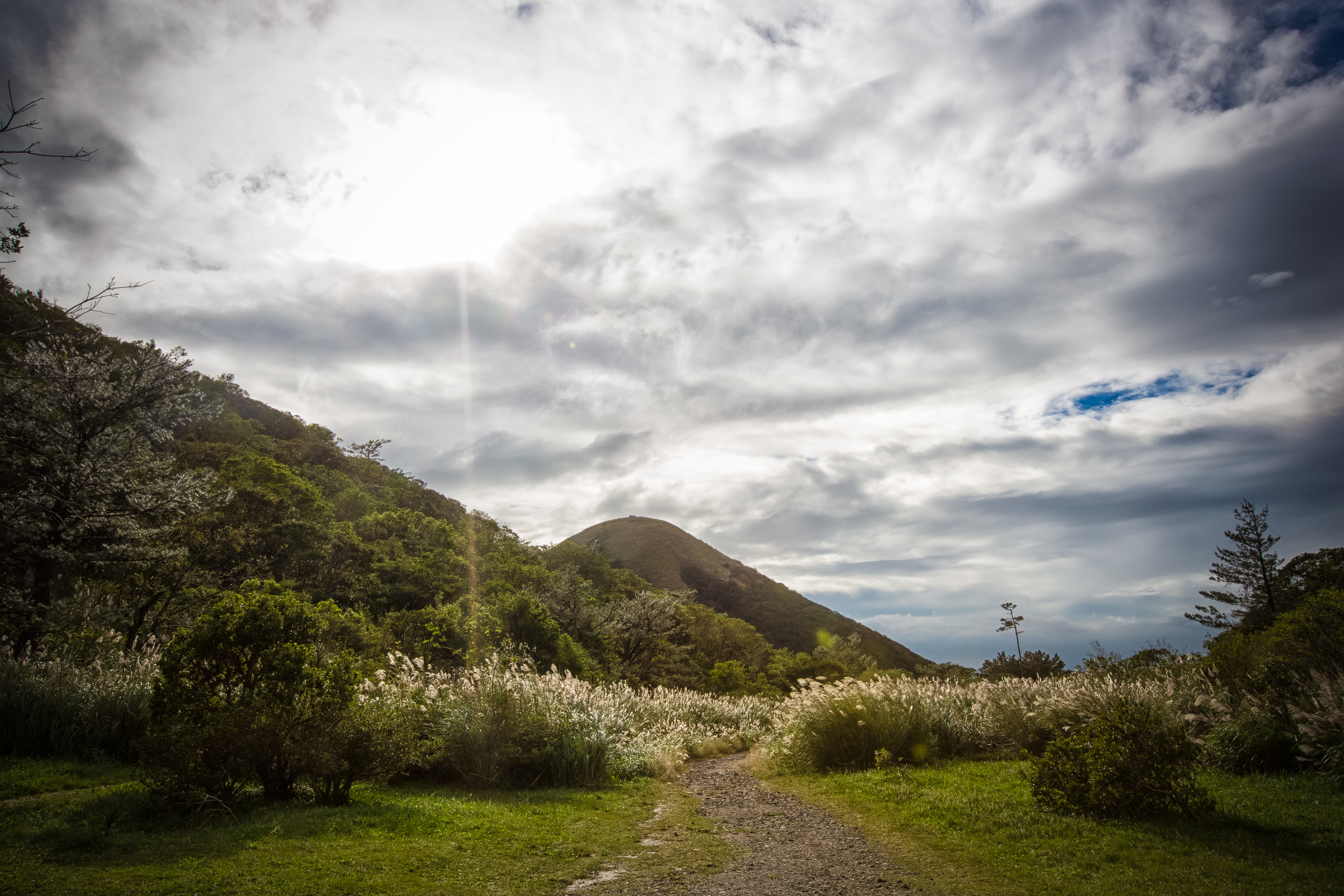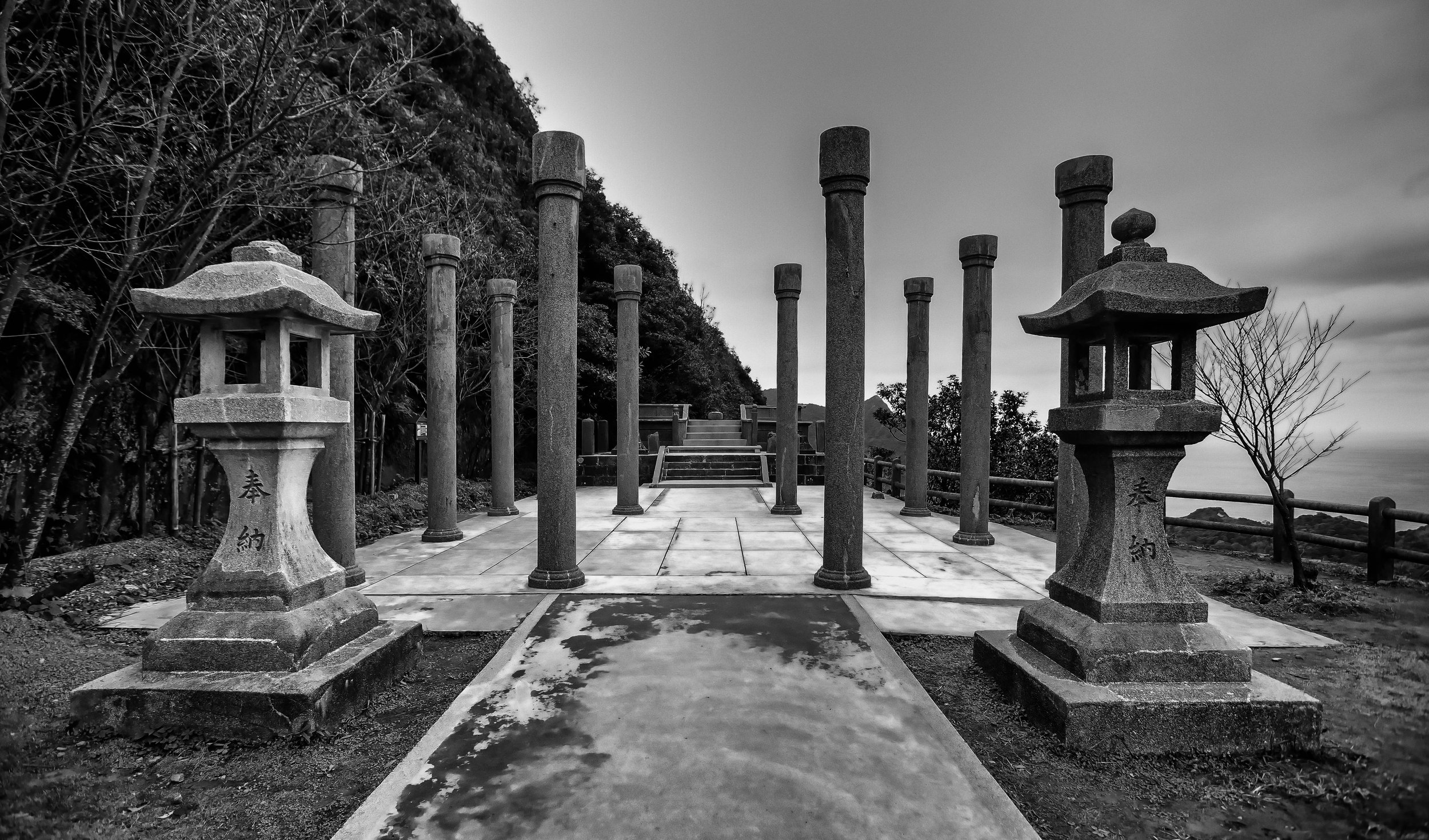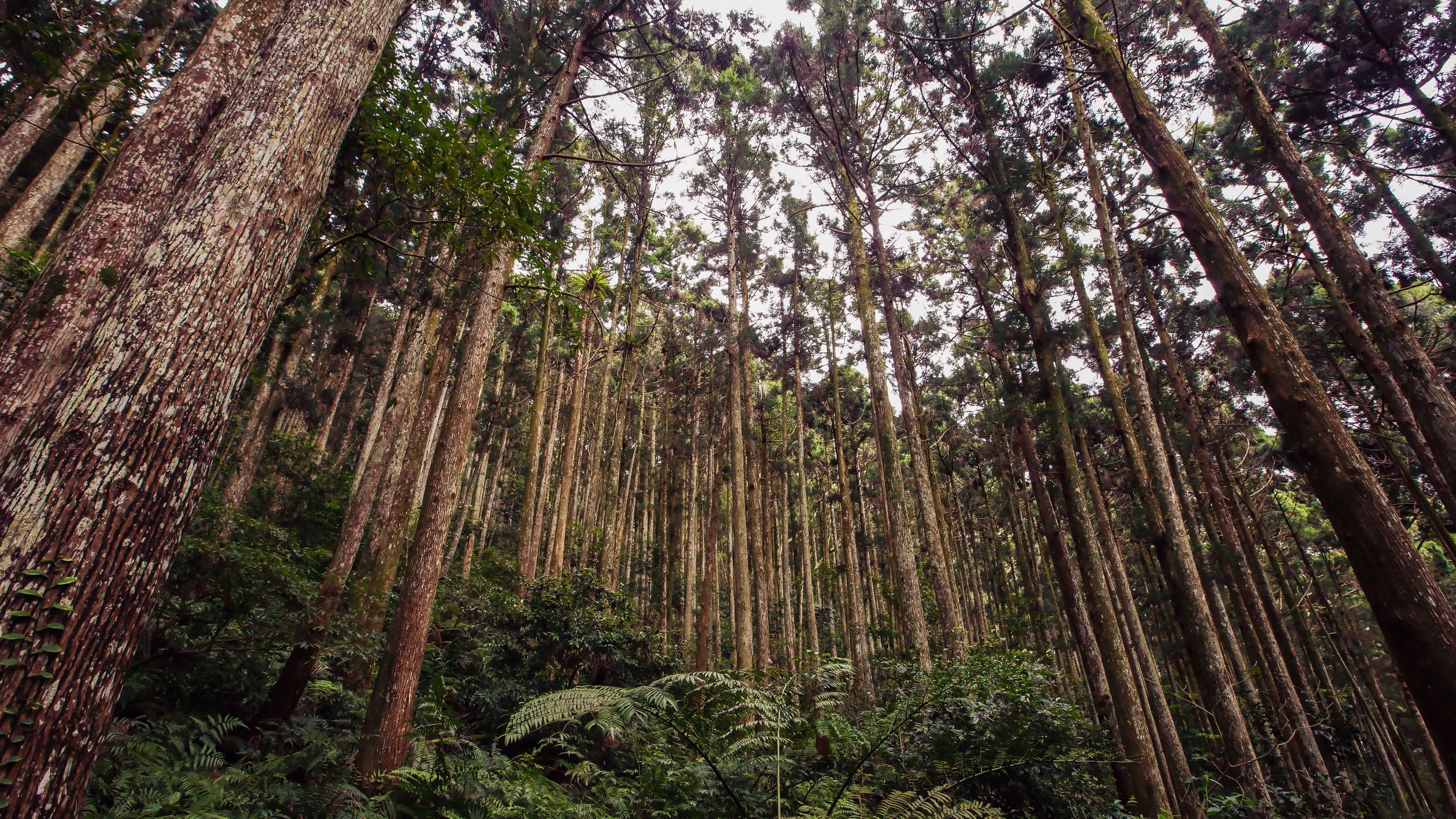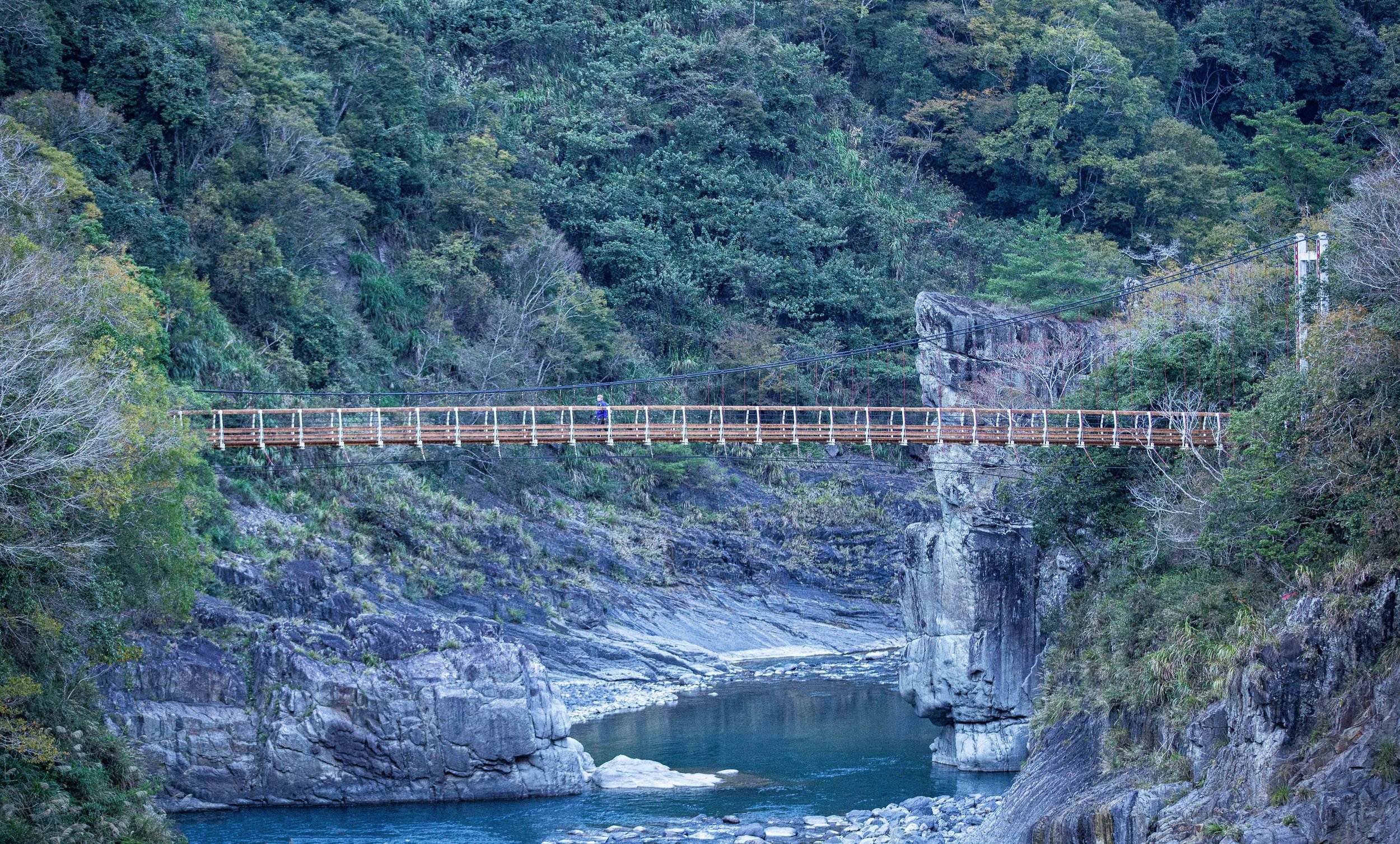Why isn't there a Chinese version of your blog? Why don't your write your blog in Chinese? You live in Taiwan, shouldn't your blog be in Chinese?
你的部落格為什麼沒有中文版?你住臺灣這麼久,為什麼不寫中文呢?為什麼你不能有時用中文交流?
I get these questions from time to time, so I'm going to address them in a more formal way in both English and Chinese.
我常常被人家問這些問題,所以今天我要來說為什麼我網站沒有中文版!
When I write a blog, I go out of my way to write factual information based off of research and a lot of translation work. Its true that I speak Chinese, but I also speak French and English. Why then do I choose to write my blog in English? Its very simple - Taiwan is somewhat misrepresented in the English language area of the internet and I hope I can make a small contribution to solving that problem!
我寫文章的時候會花很多時間在研讀歷史和文化的部份. 我朋友都知道我的中文蠻好然後我也會講法語和英語 - 至於我為什麼用英語寫文章呢?是因為我覺得網路沒有很多網站用英語好好介紹臺灣給全世界看
My website is first and foremost about my photography, but what I attempt to do with my blog is to introduce Taiwan to people around the world who have little access to information about various tourist spots around the country as well as cultural events or anything that shows just how amazing of a country Taiwan is.
我網站的重點是分享給大家看我攝影的作品 - 部落格的部分就是我介紹臺灣給全世界的人看; 臺灣其實已經有蠻多人用中文介紹這些地方,可是看不懂中文的人沒辦法享用這些資源,我希望我的部落格能像一個「橋」讓更多國外的人認識這個美麗的小國家。
Using my most recent blog about the Hsinchu City God Temple as an example I'm going to show why I don't think I need to have a Chinese version of my blog. Below is a screen shot of a Google search in Chinese for the temple. You may notice that Google's search algorithms turn up 607,000 results in less than a second. This shouldn't be a huge surprise - The City God temple in Hsinchu is one of the country's most important temples and Taiwanese people have written extensively about the temple.
如果我們來用我最近PO的「新竹城隍廟」我要給你看我為什麼不覺得我需要寫中文版 - 下面有Google的螢幕截圖,如果我去Google寫「新竹城隍廟」Google會很快給我60多萬項的結果 - 新竹城隍廟是一個非常重要的廟,臺灣已經有很多人寫了這個地方。
On the other hand, when you search for the temple using English you'll find that it only turns up with 10,700 results. Most of these results turn up travel sites that offer a paragraph of information about the temple and don't go into too much detail. This is the reason I spend so much time researching and doing translation work to provide as much detail as I can when I introduce places in Taiwan.
如果我用英文找「Hsinchu City God Temple」你會看的很清楚差別在哪裡,因為英文只出了1萬多個結果,這些網站都是旅客用的網站然後內容資訊沒有那麼多。
It takes a lot of time and effort to write a blog - I understand that I'm living in Taiwan and that I've been here for a long time. While I most certainly have the ability to provide a Mandarin version, I do have time constraints and its not really a possibility for me to keep up with the amount of work I have to do.
剛開始寫文章的時候完全不知道會需要花多少時間寫完,一年後才知道寫部落格沒有這麼簡單。我有中文的能力,也有很多朋友可以幫我看文法,可是最重要的是「時間」我沒有這麼多時間。
When I spend a lot of time writing a blog, I spend less time being a photographer and that is my primary focus. Whenever I have free time travelling between wherever I'm shooting, whether I'm on a train or a bus or having a coffee break, my iPad is out and I'm writing - I never expected that it would take so much time but I feel it is a bit of a responsibility to represent Taiwan, a country I love in the best possible light - I don't think its my responsibility to help Taiwanese people better understand their own country - and I would never think I have the ability to actually do that. Taiwan belongs to the Taiwanese people - I'm just a big fan that has lived here for a while.
如果我花太多時間寫文章然後把它翻成中文,我攝影的時間會更少 - 攝影是我的重點,寫部落格只是一個嗜好。我每次出門會帶著我的iPad有空的時候就可以寫一寫 ~ 我覺得臺灣人已經夠瞭解他們的國家,他們不需要我出來教他們什麼~我的責任是讓國外的人知道台灣為什麼這麼棒。
I know I have lots of Taiwanese friends who like my blog and I wish I had the time to write in Mandarin for them so that they could enjoy what I write as well as my photos, but I’m just one person. I’m not a huge company and I really don’t have enough time to write in more than one language.
For that I’m sorry - But this is an English blog and I hope I can help more people around the world know about Taiwan.
我知道有很多臺灣朋友會來看我PO的照片,我也希望我可以給他們一個中文版,可是我只是一個人,不是一個公司,沒時間寫英文版,法文版,中文版 - 這邊我跟你們說聲道歉,我知道我住臺灣,我應該要寫中文版,我希望我以後有辦法可以做到,現在只能說這個部落格只有英文版,拍謝。




